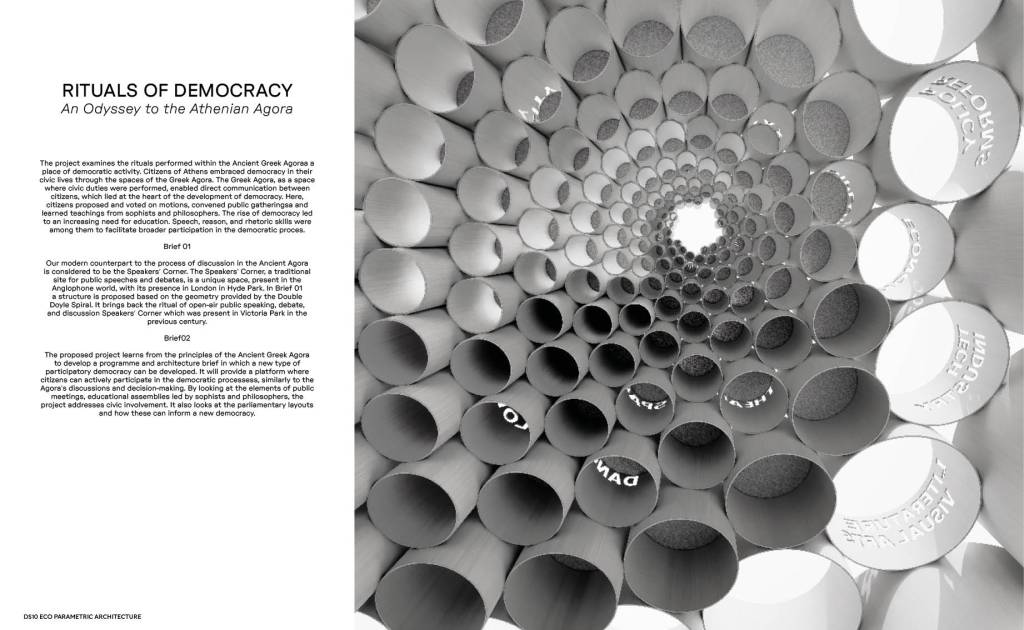
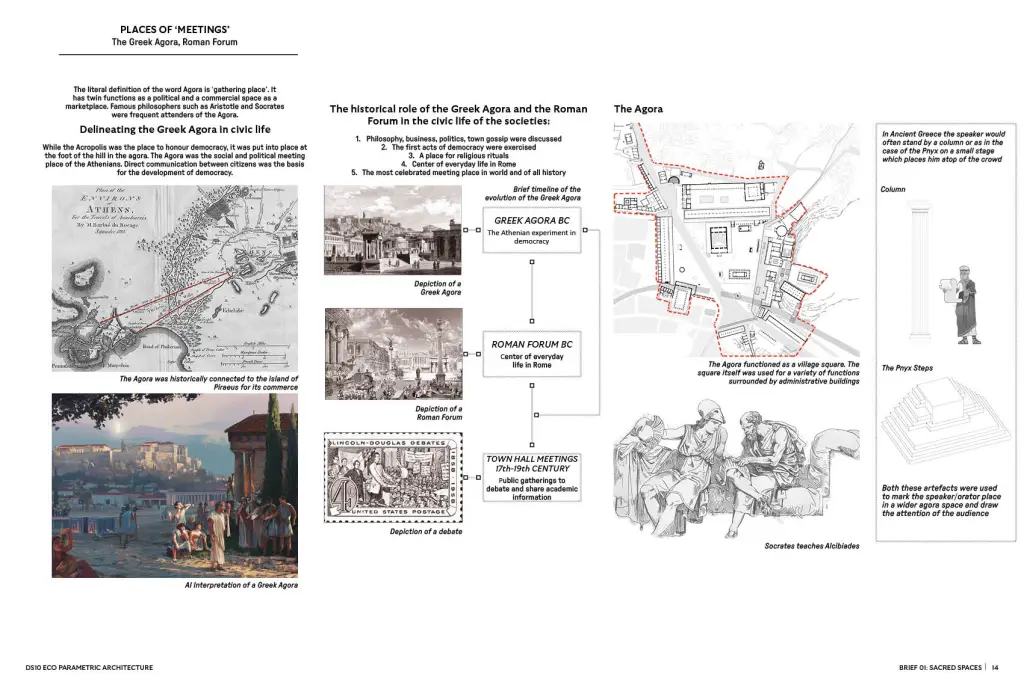
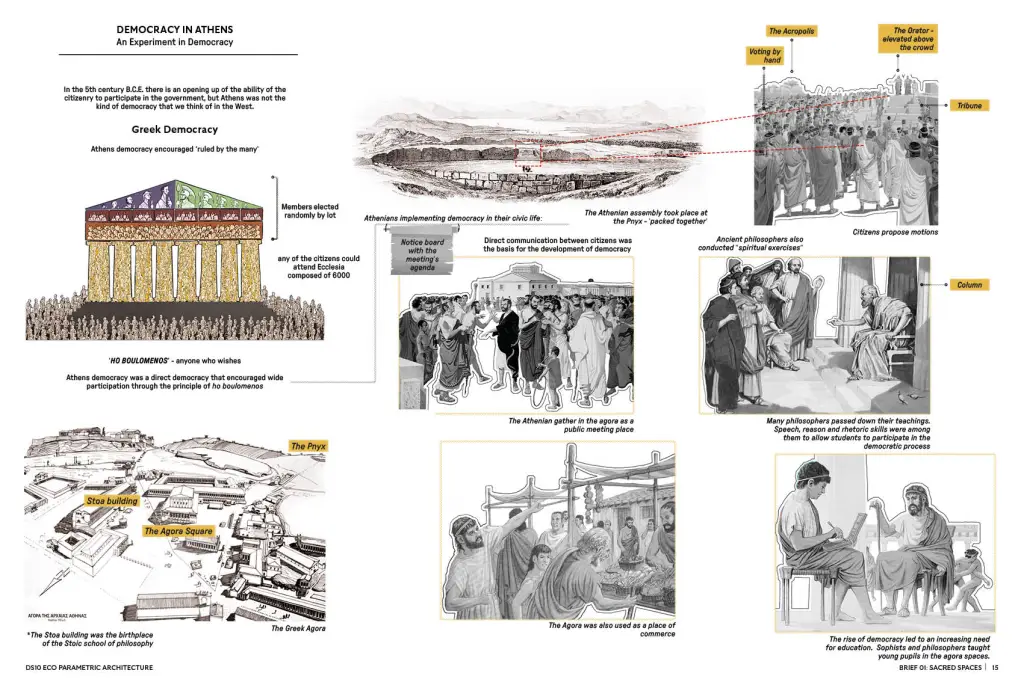

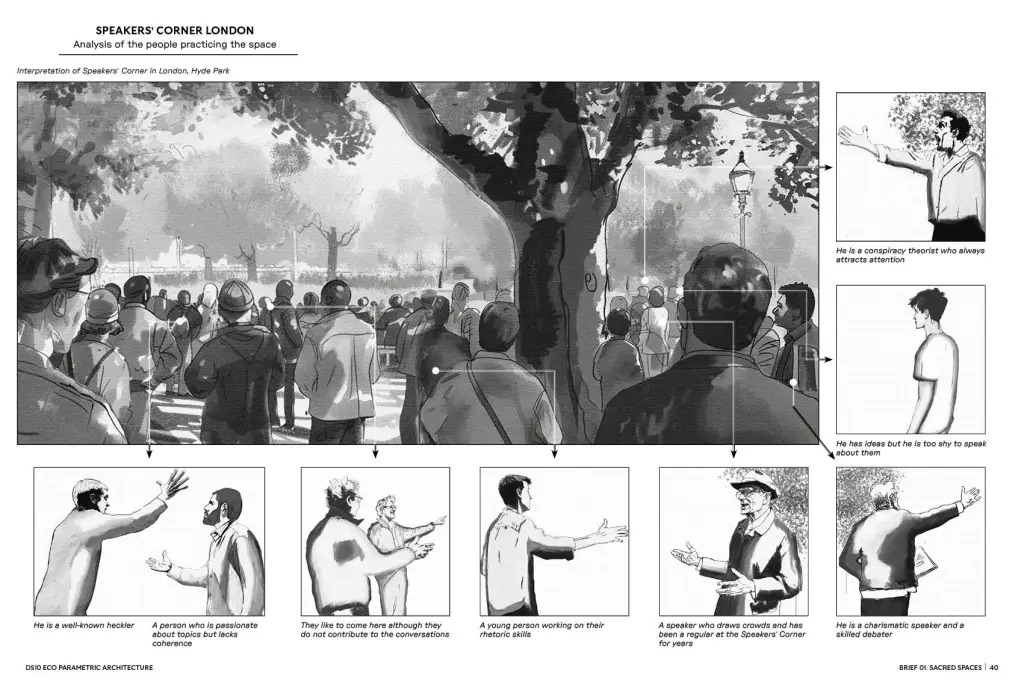
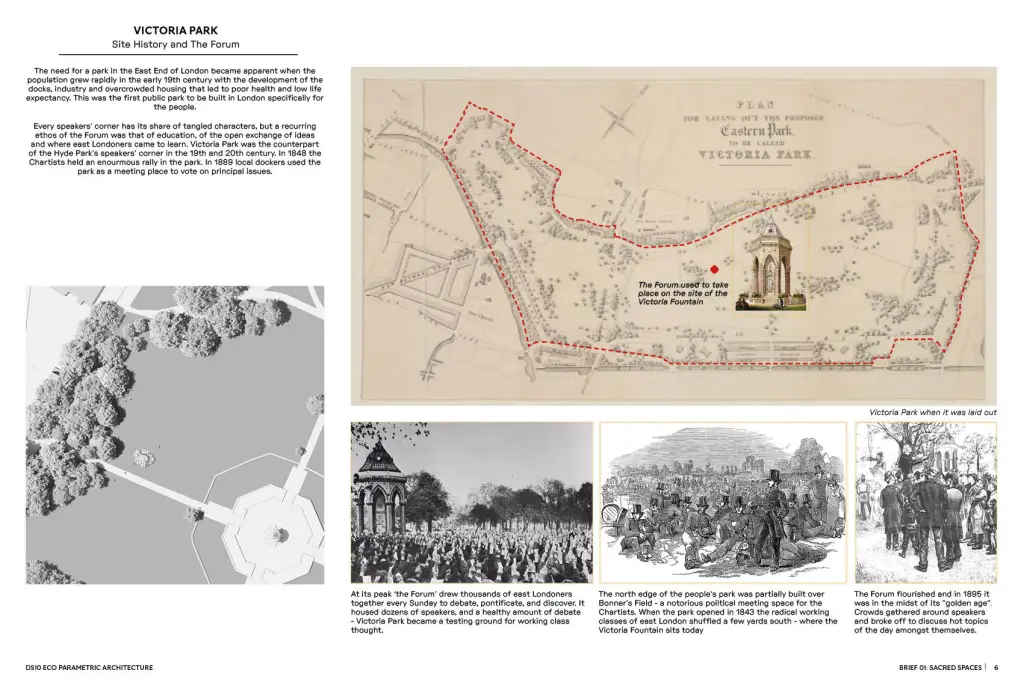
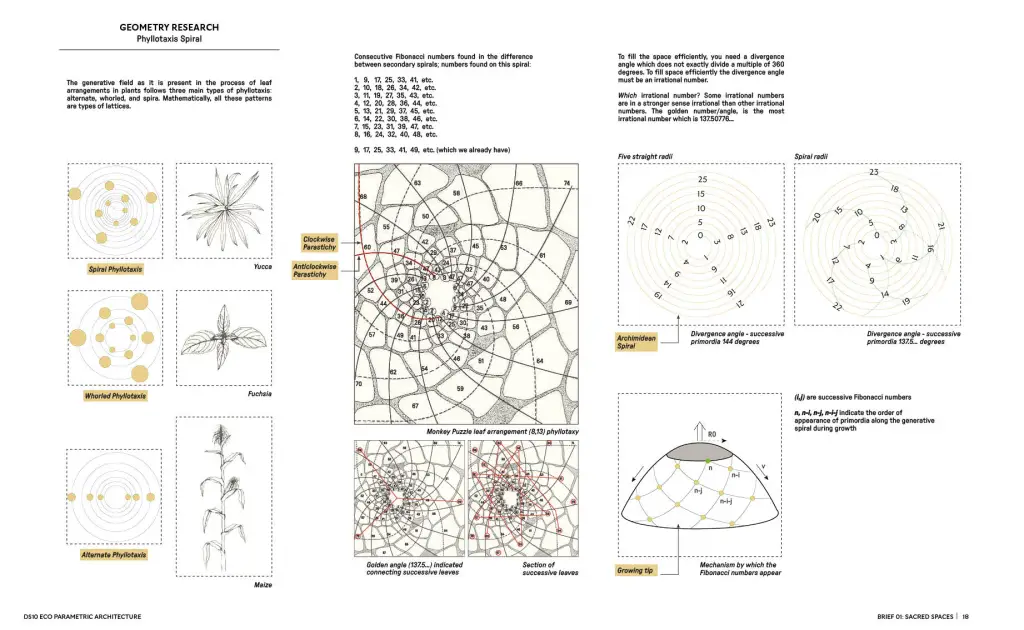
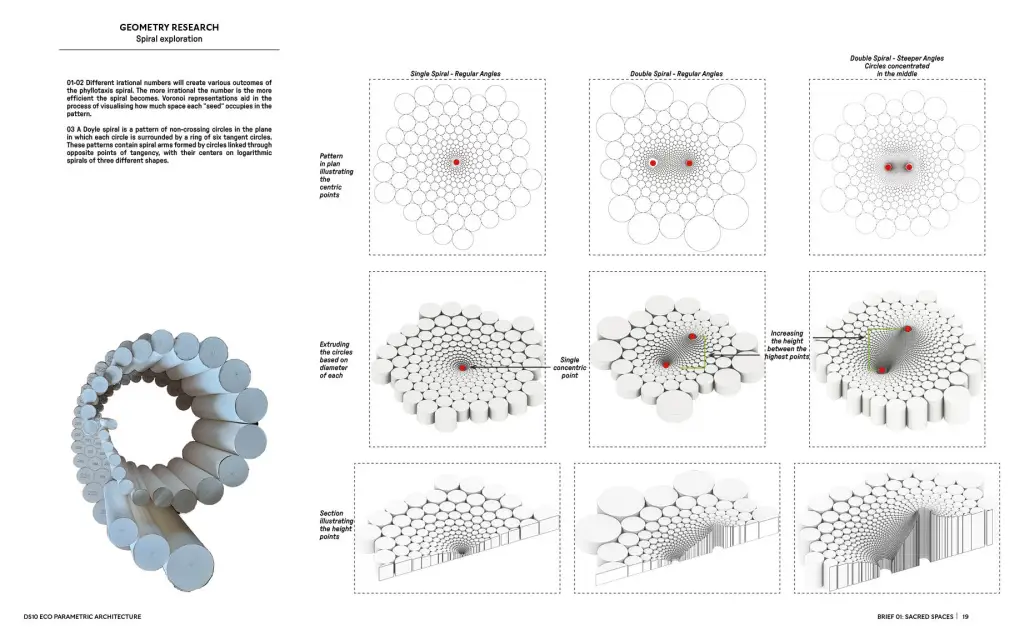
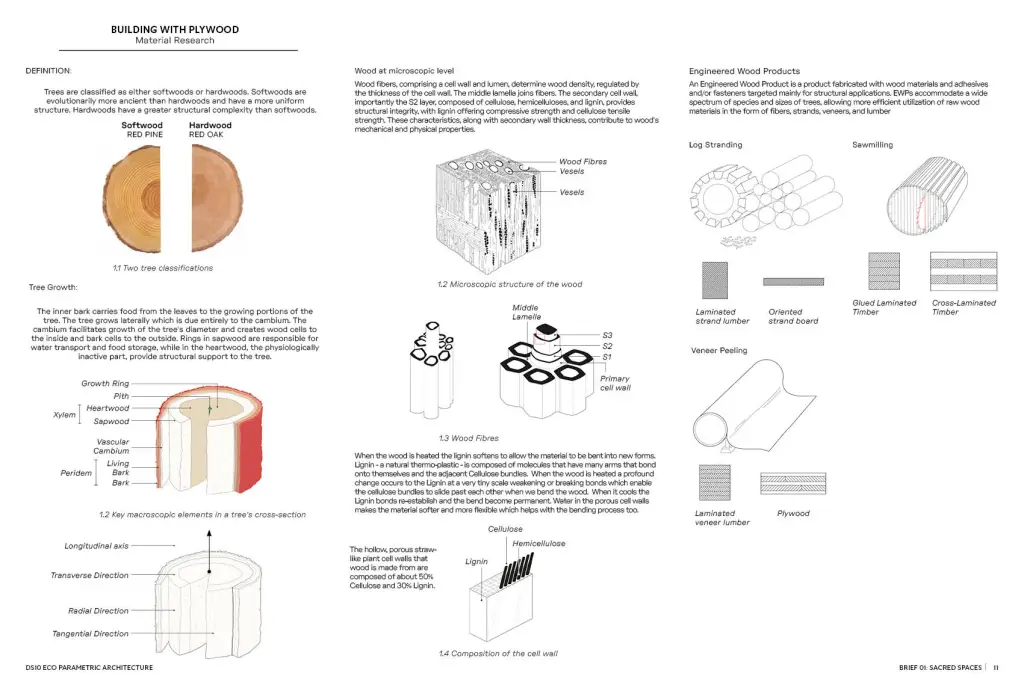
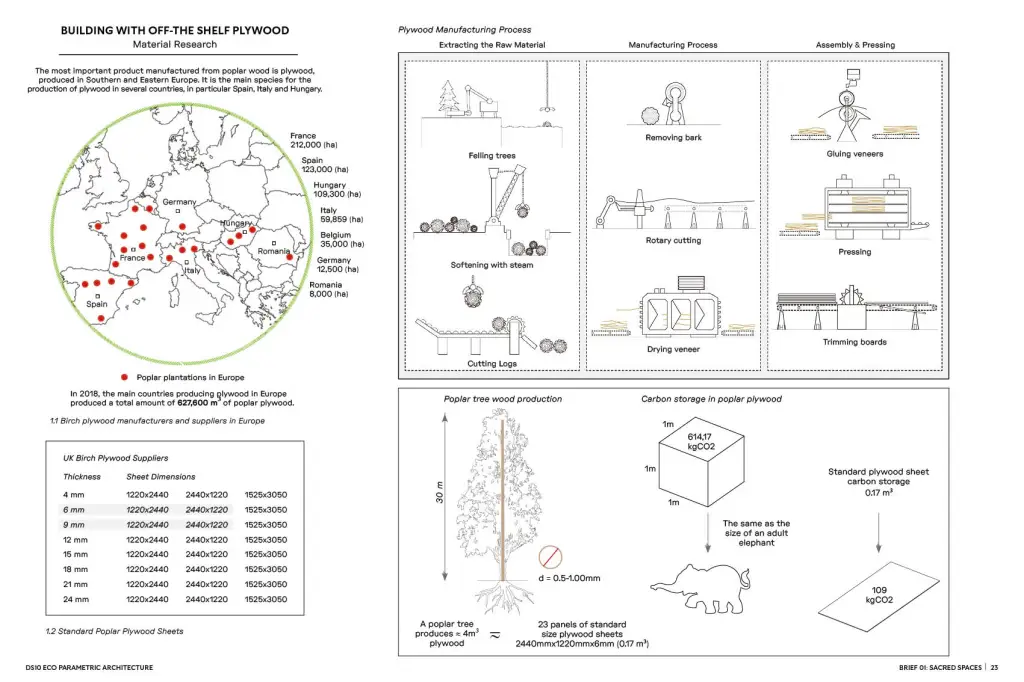
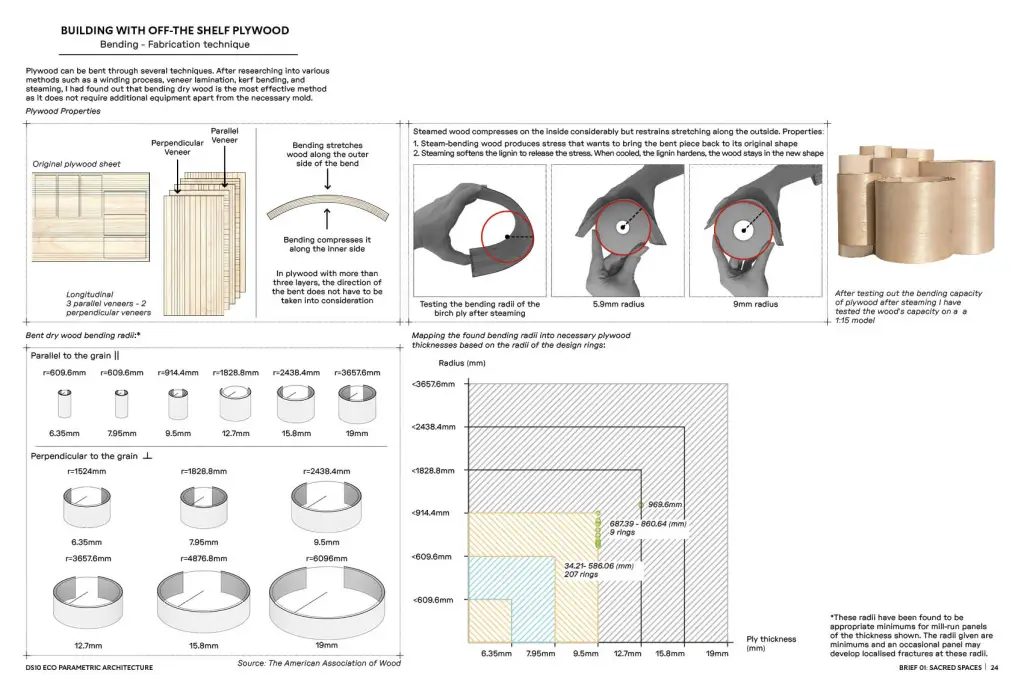
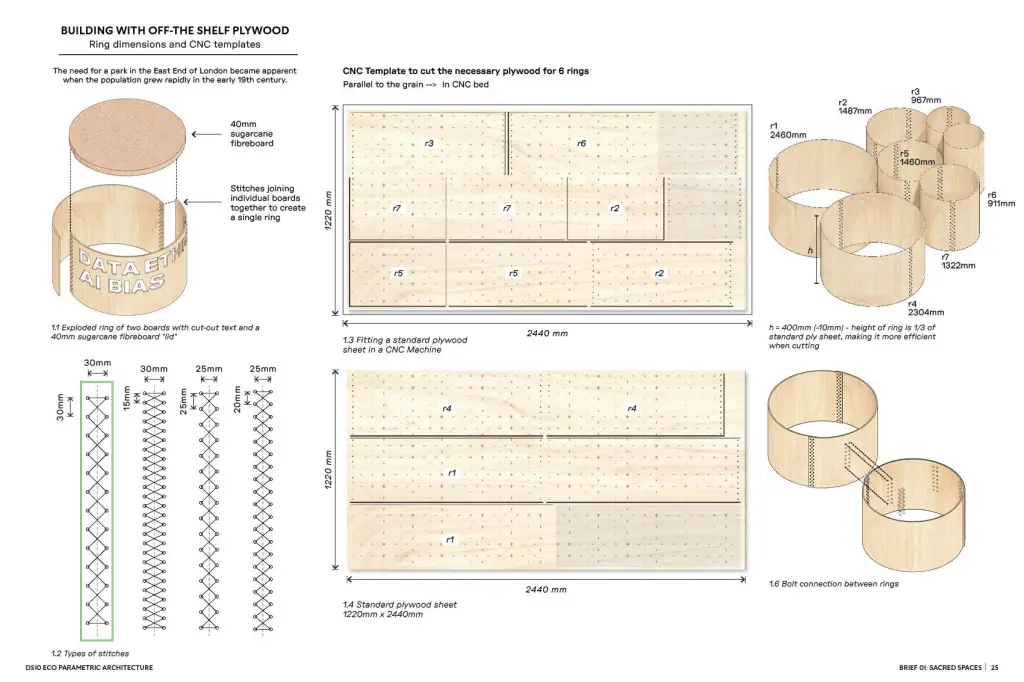
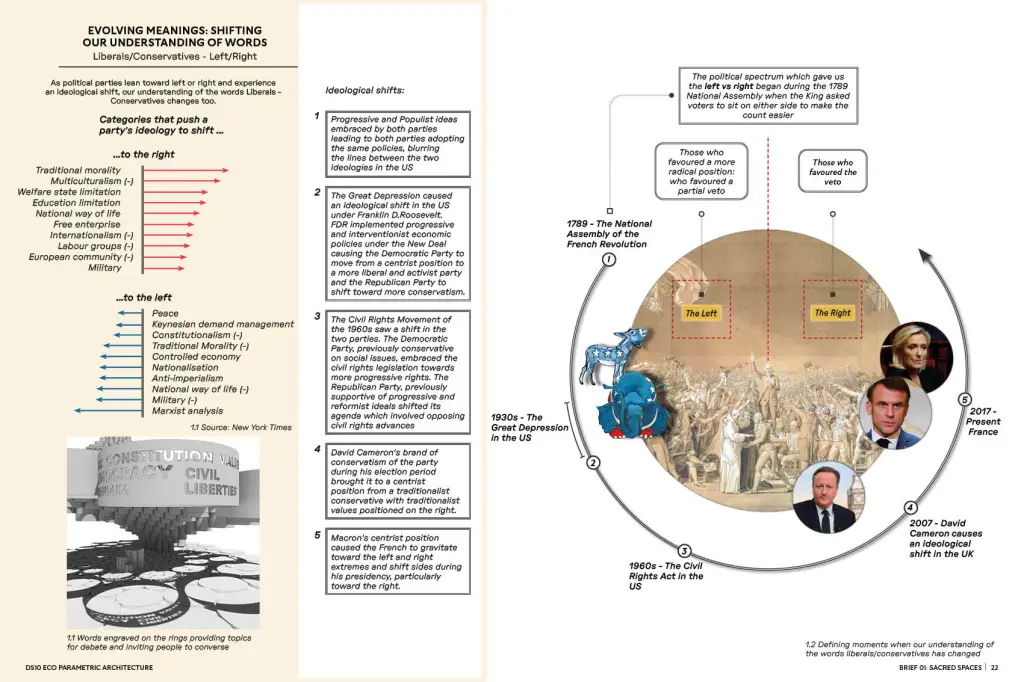

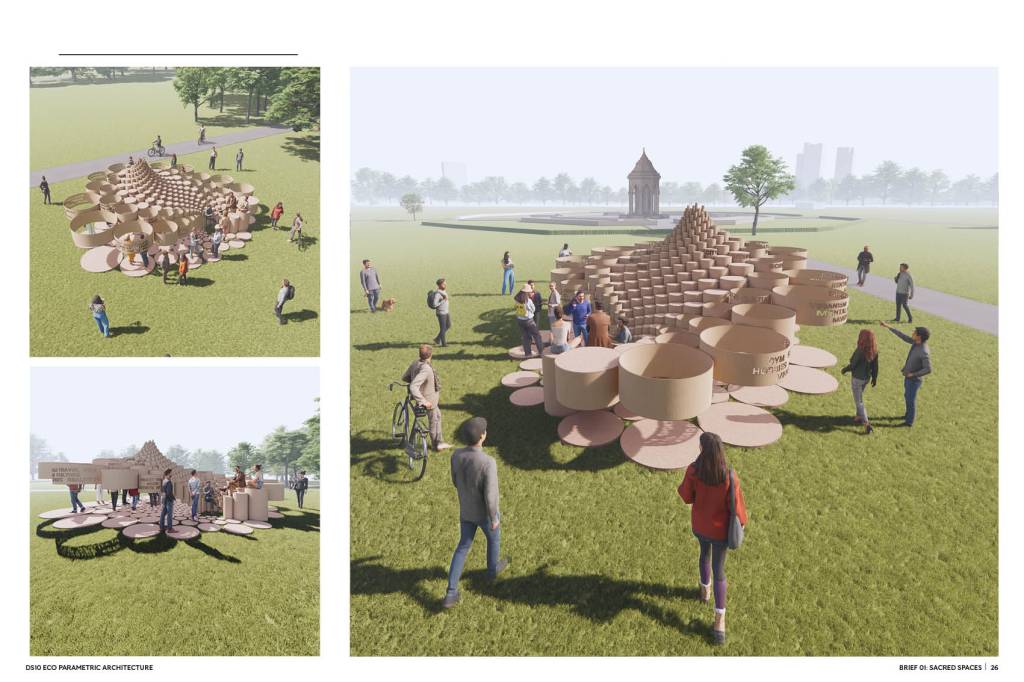
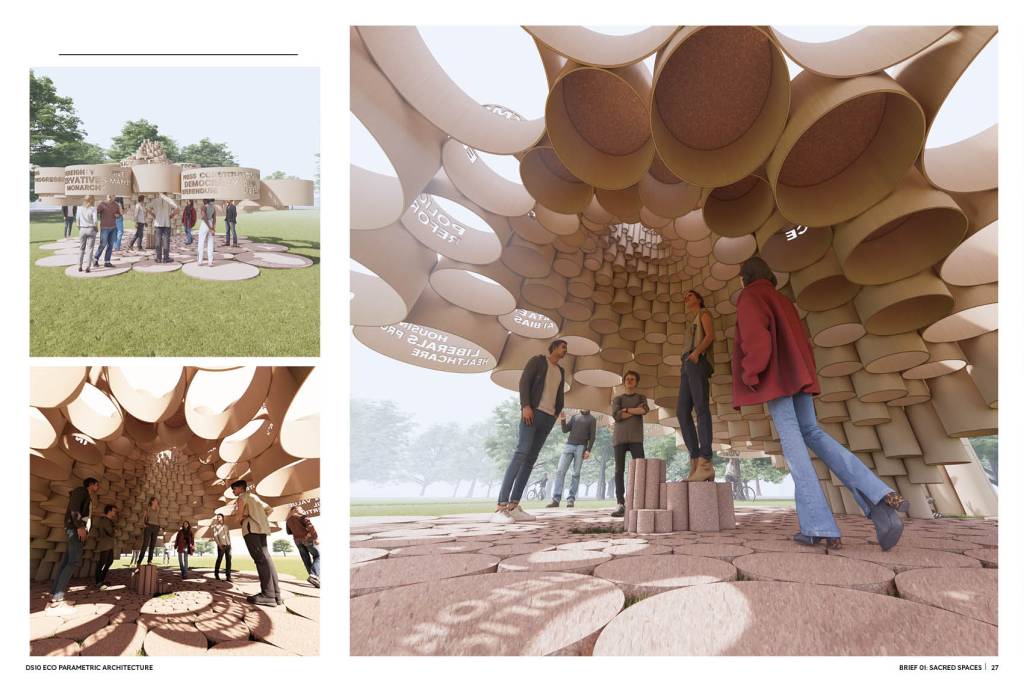
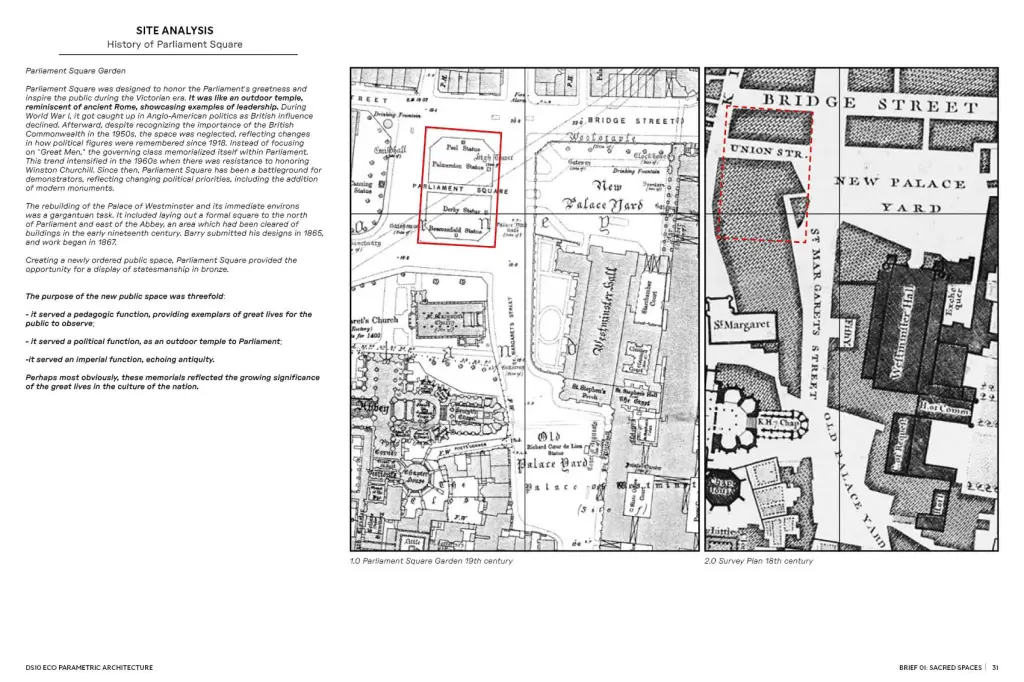
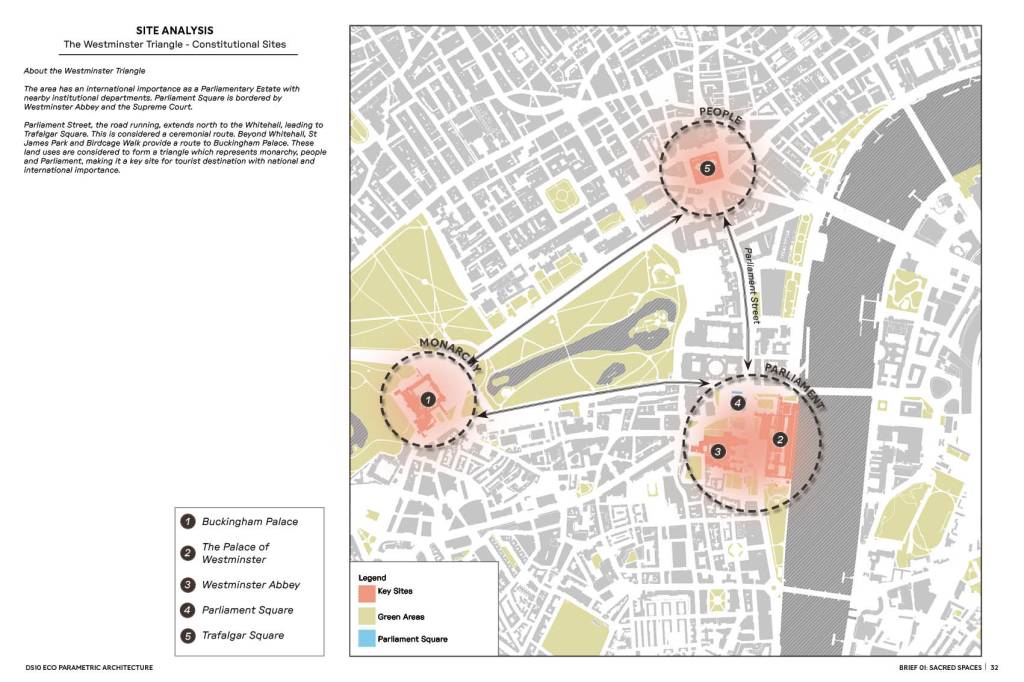
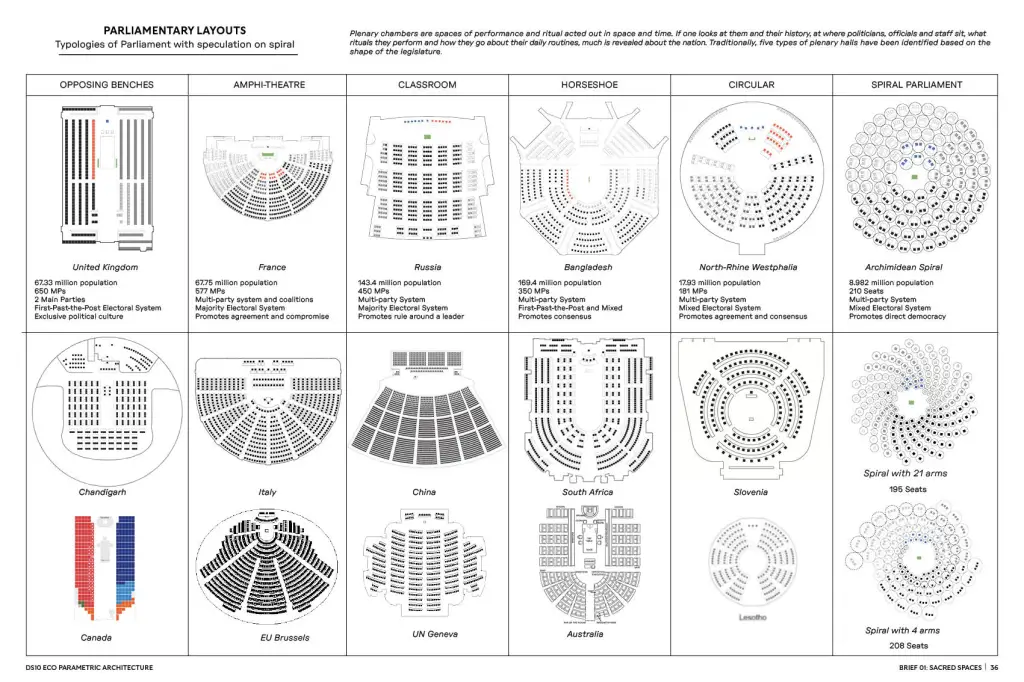
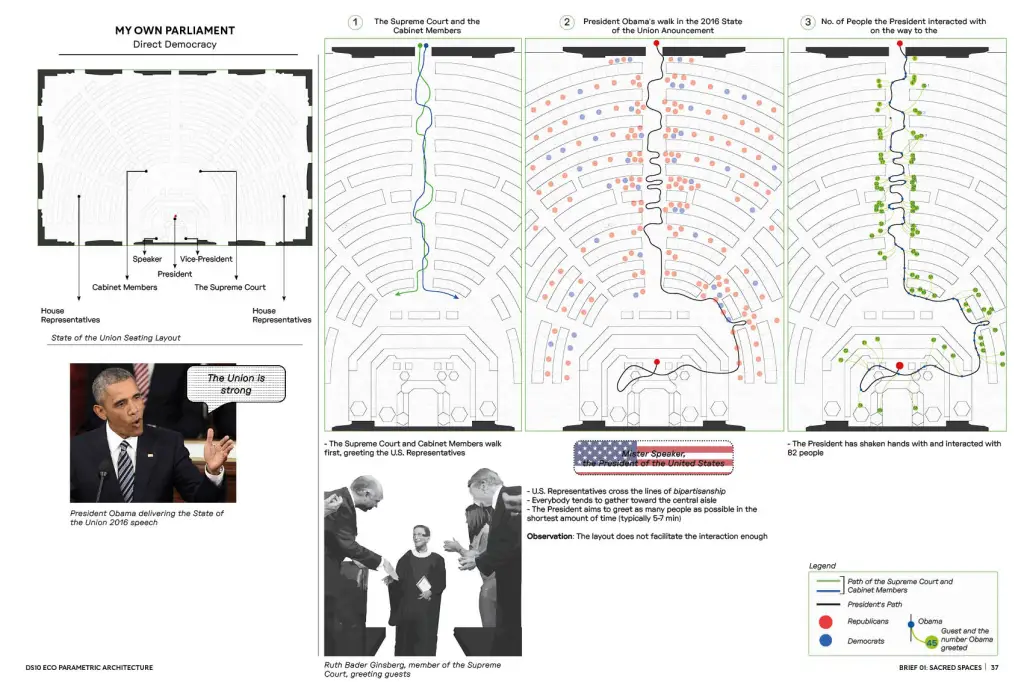
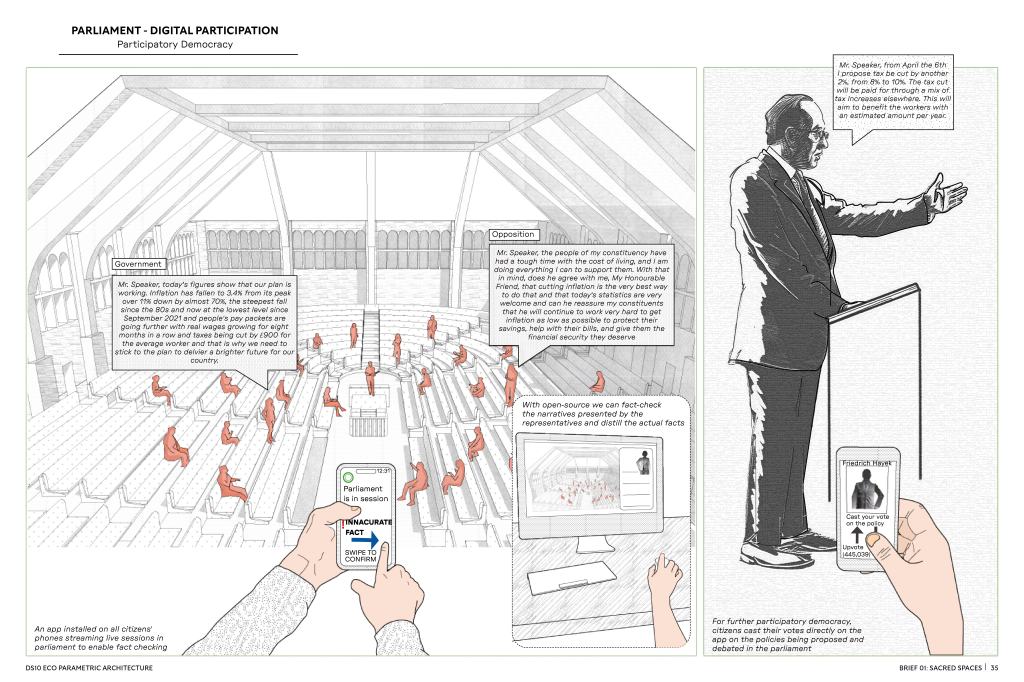
The Fungal Incubator is a hybrid modular piece of urban furniture and an instrument for mushroom cultivation. It provides an innovative solution to the rising consumption of cardboards by turning them into substrates that nourish mushrooms. Besides, it incorporates a catenary structure that serves as public seating furniture.
The Fungal Incubator allows mushrooms, specifically oyster mushrooms to grow on cardboards. It involves three main cultivation steps: inoculation, colonization and fruiting. The whole process will only take from two weeks to a month to see the edible mushrooms growing from the incubator. During the period of growth, the transparent display cabinet will show how the mycelium “eats” the cardboard substrates. Therefore, one of the biggest characteristics of the Fungal Incubator is that the display cabinet is always changing.
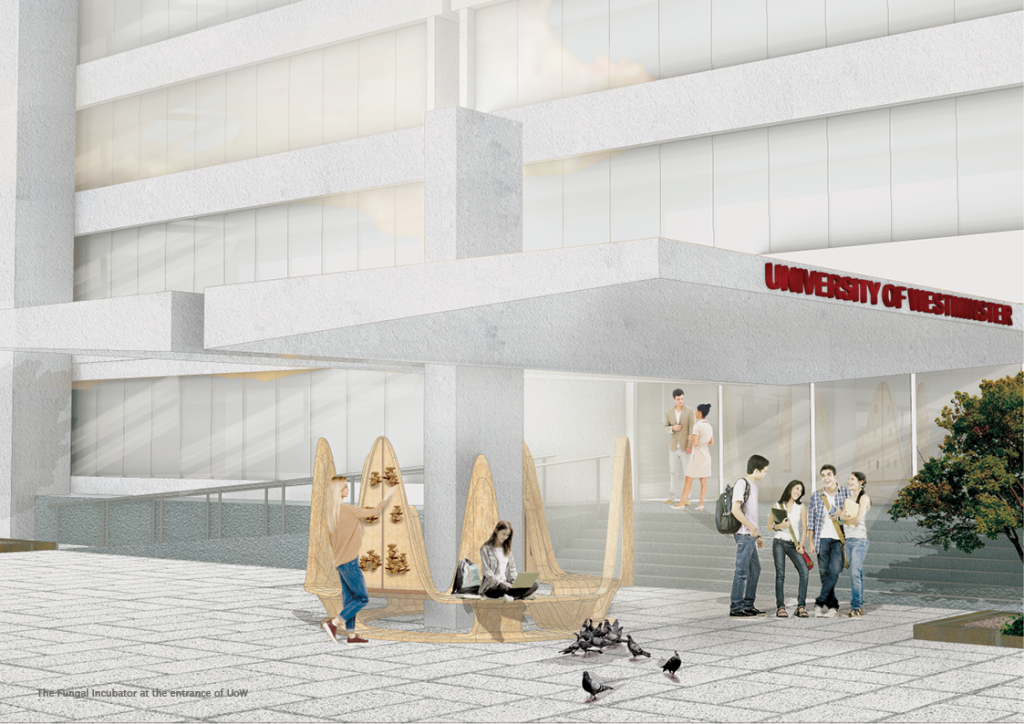
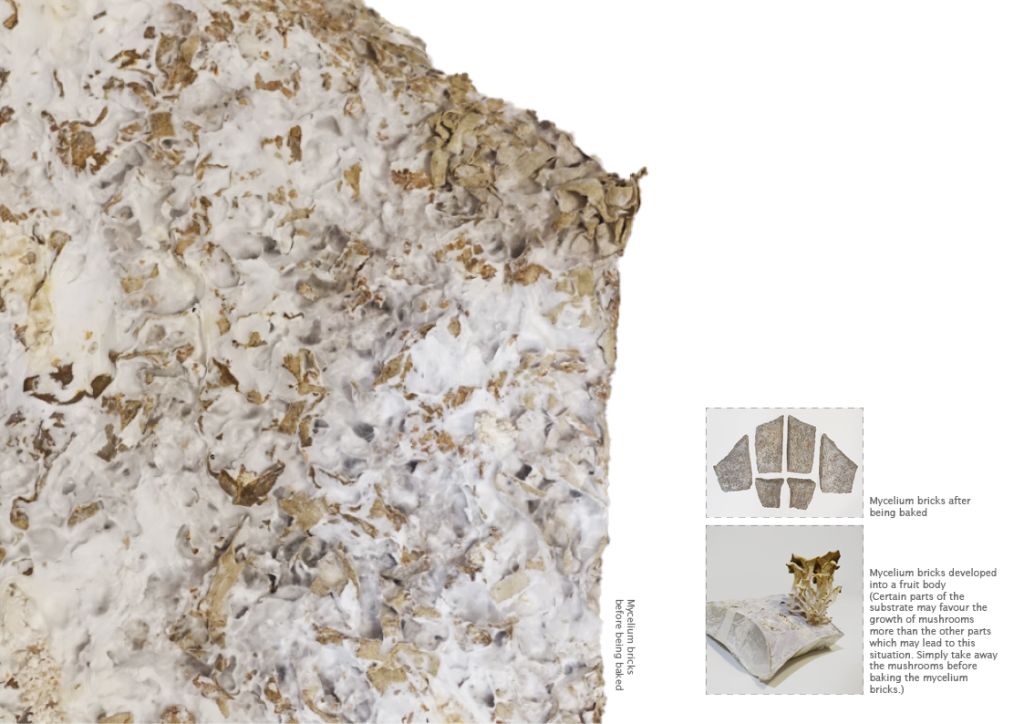
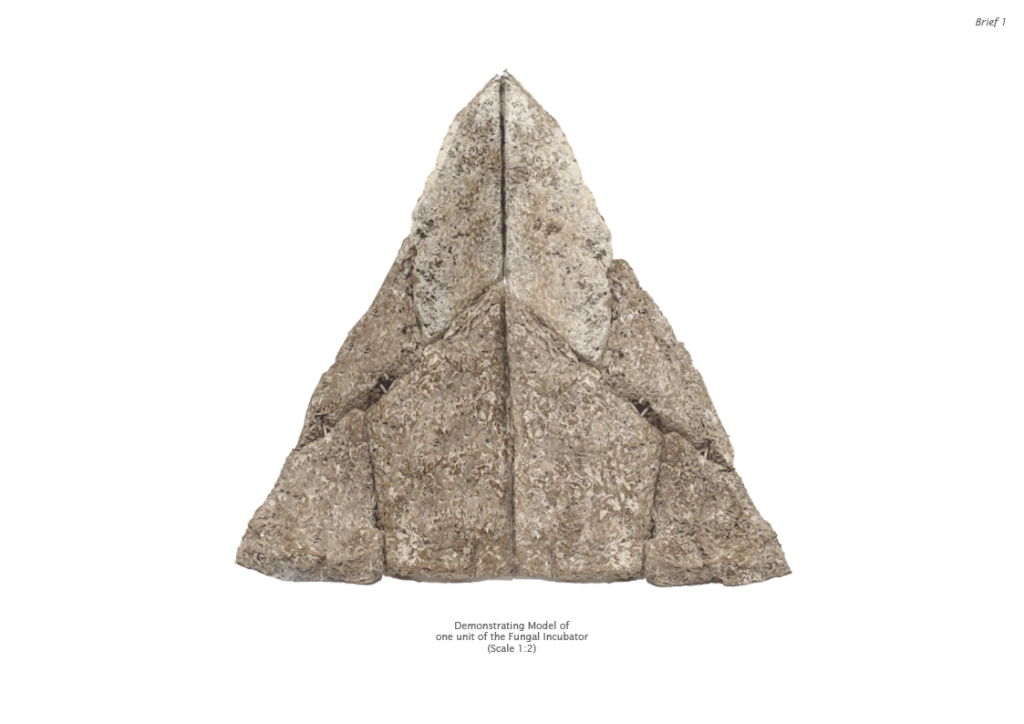
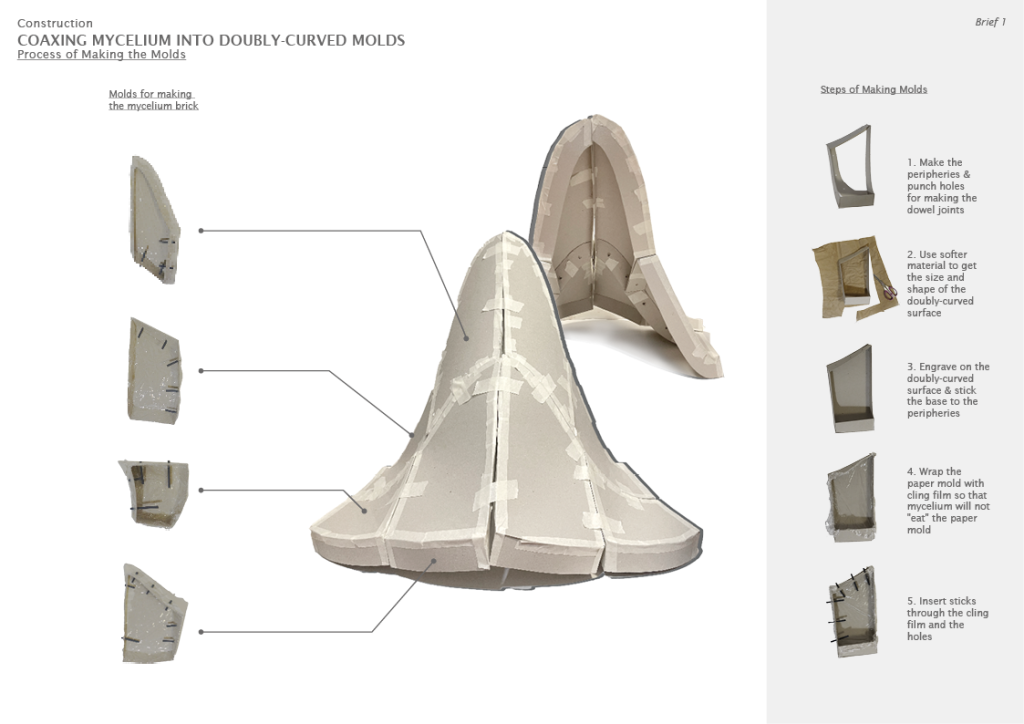
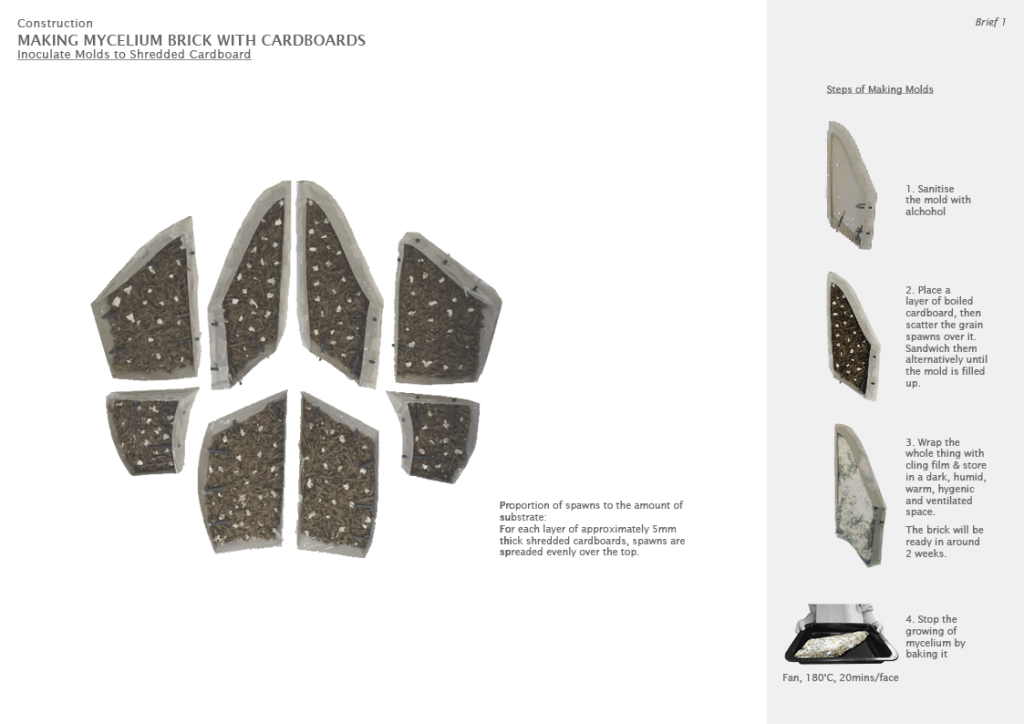
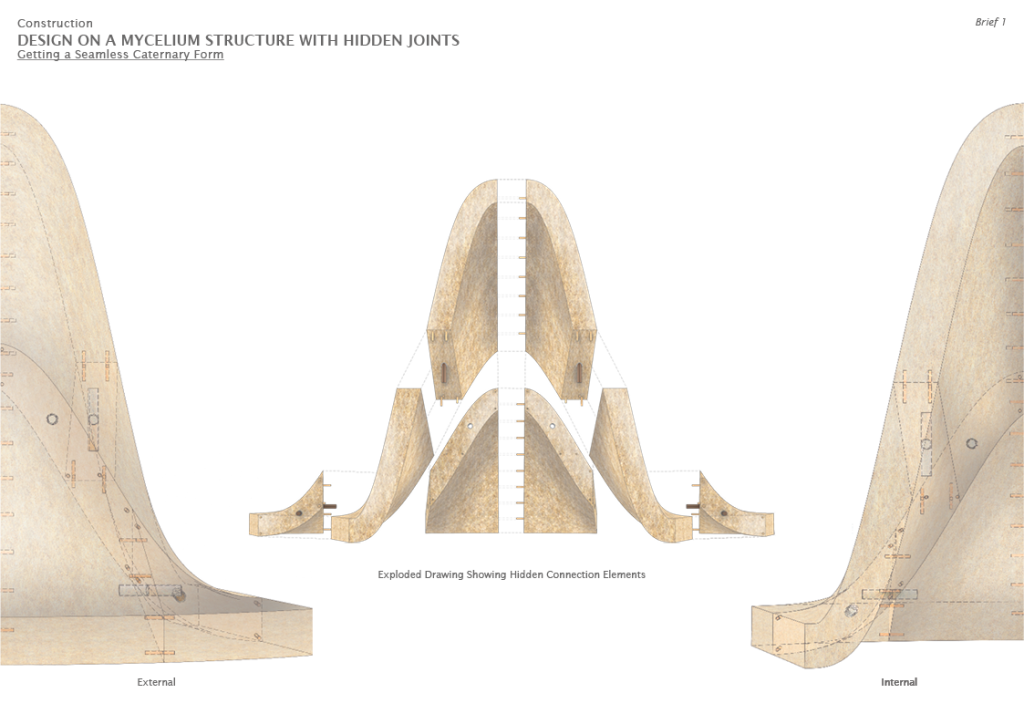
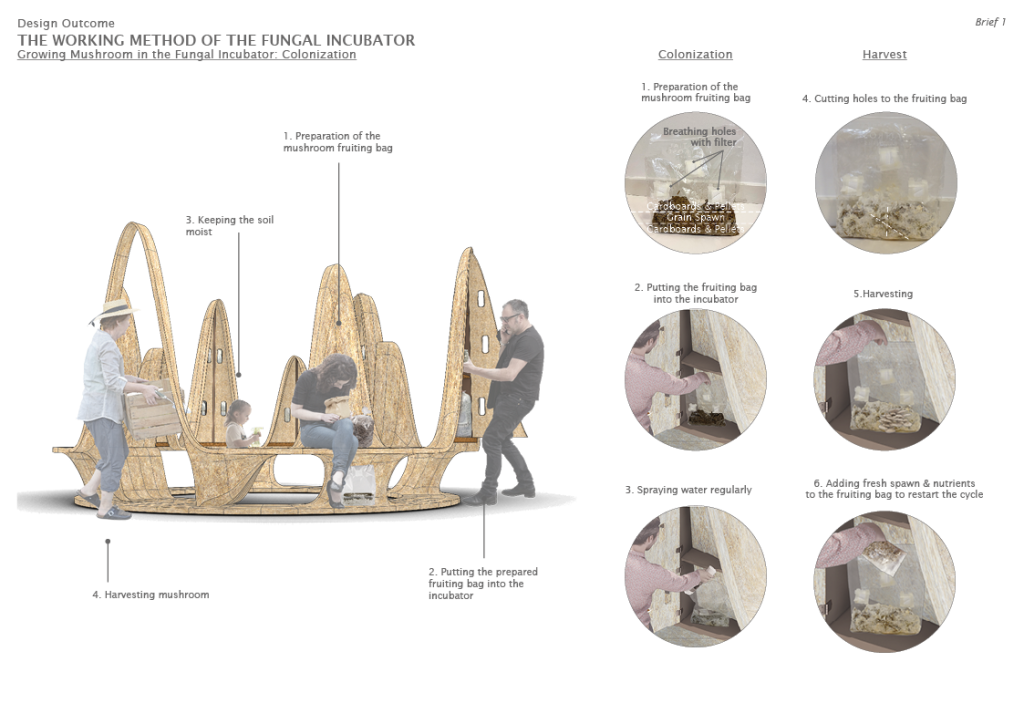
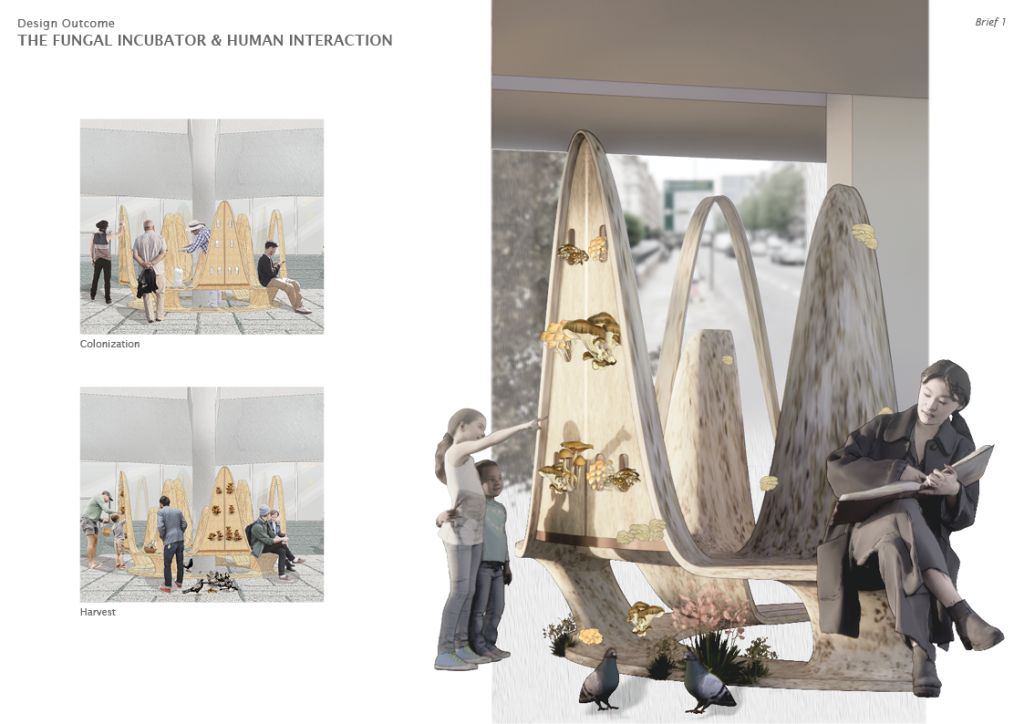
In this semester, a gigantic architecture will be designed based on the bio-material, concepts and techniques developed in brief 1. One of the railway station in the UK has been chosen to utilize the vacant space above the railway tracks.
I chose the Old Oak Common Depot as my project site. It is currently under construction in order to turn into an important station for the High Speed Train Development Scheme in the UK. The scheme is going to turn the industrial area into a modern super hub which is going to change the district vigorously.
In this project, an organic form of clusters of residential blocks are being introduced to the site. The structure is composed of timbers as well as SIPs that made up of mycelium. It aims to provide residential units with the concept of passivhaus.

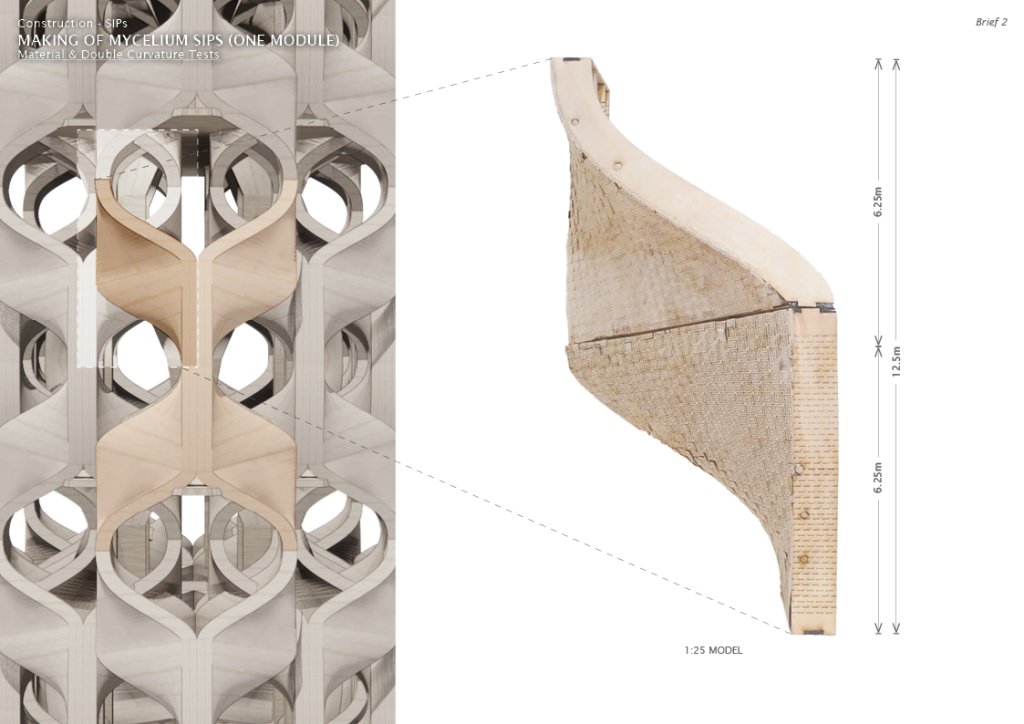
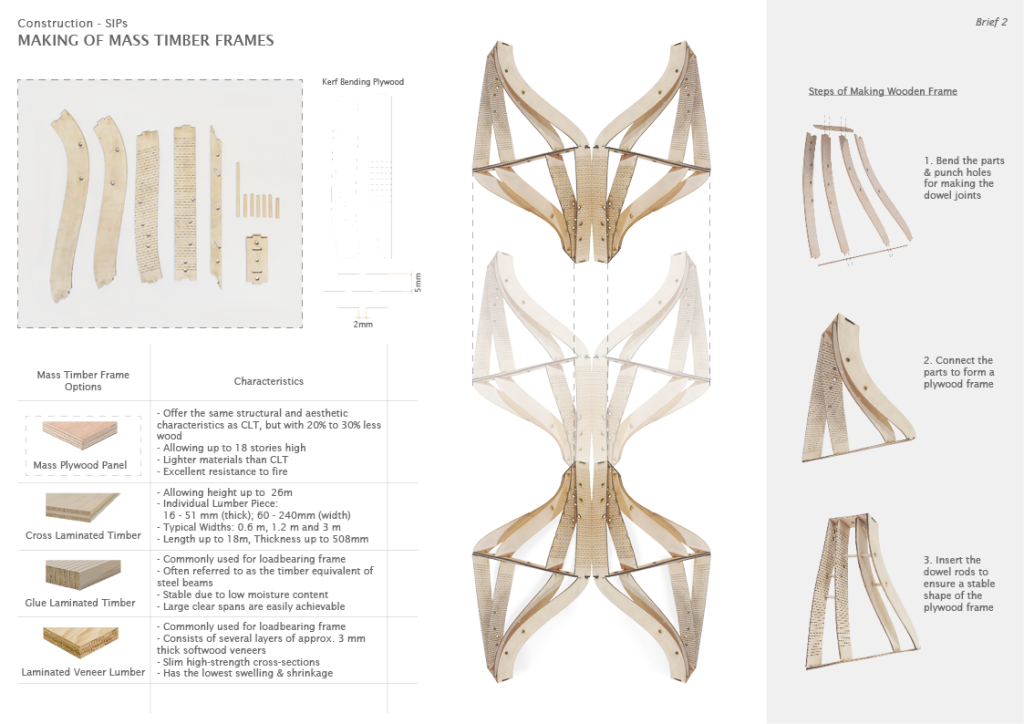
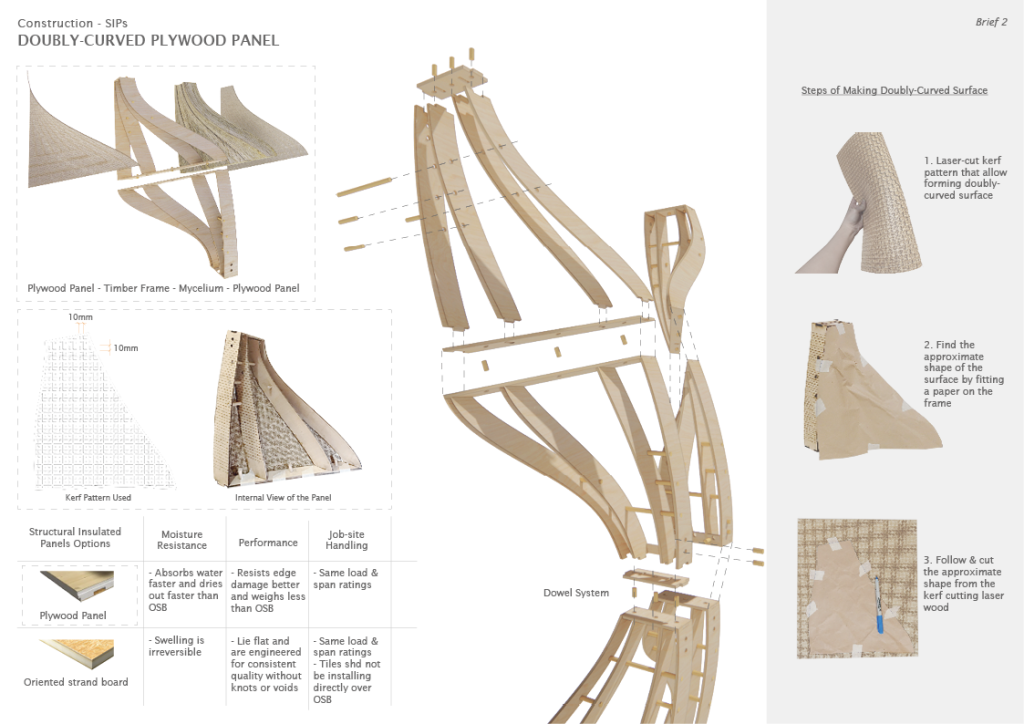

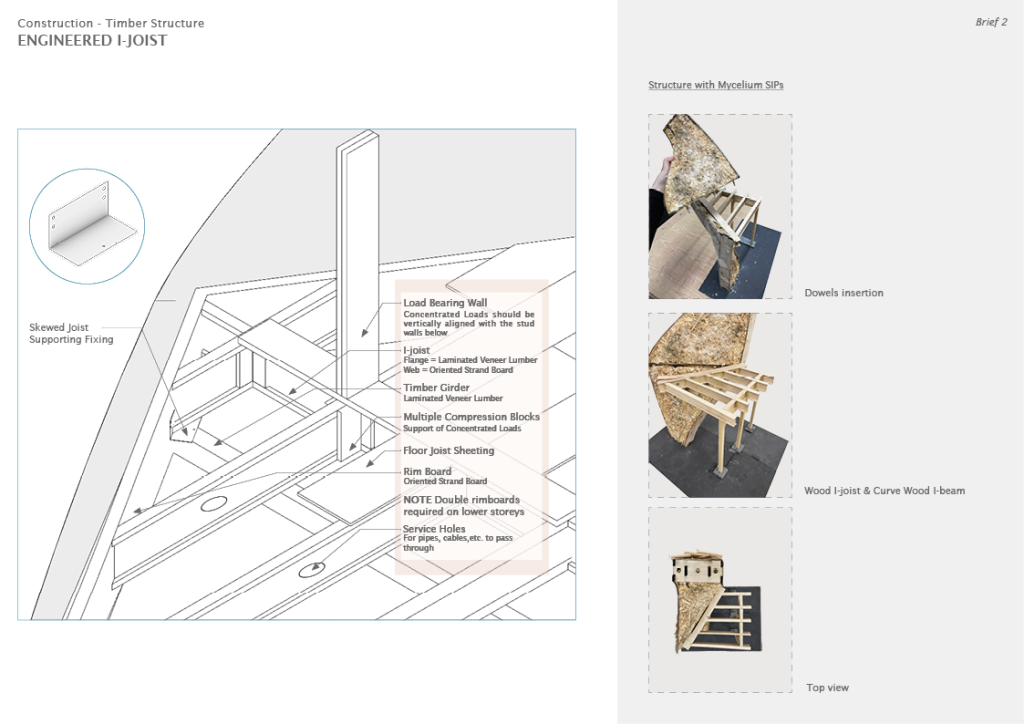
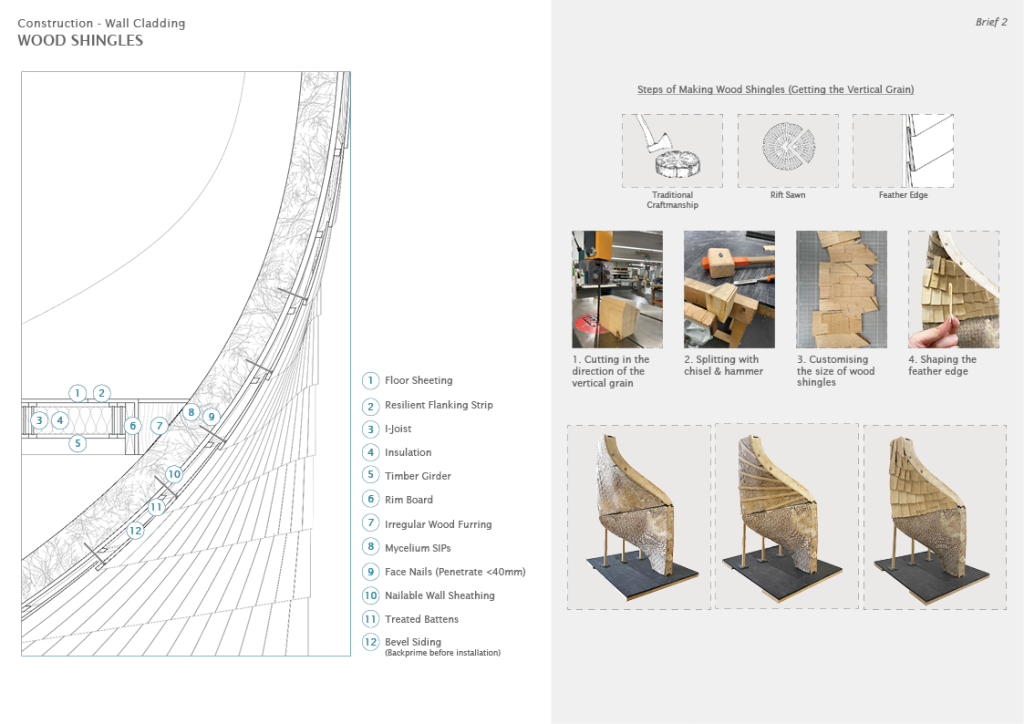
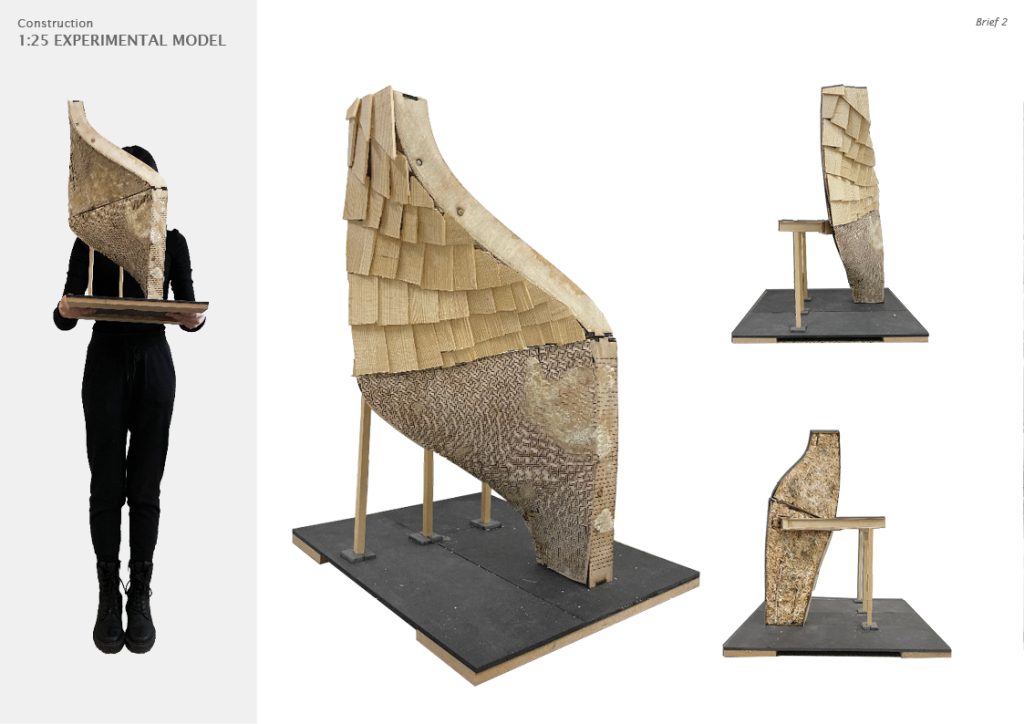
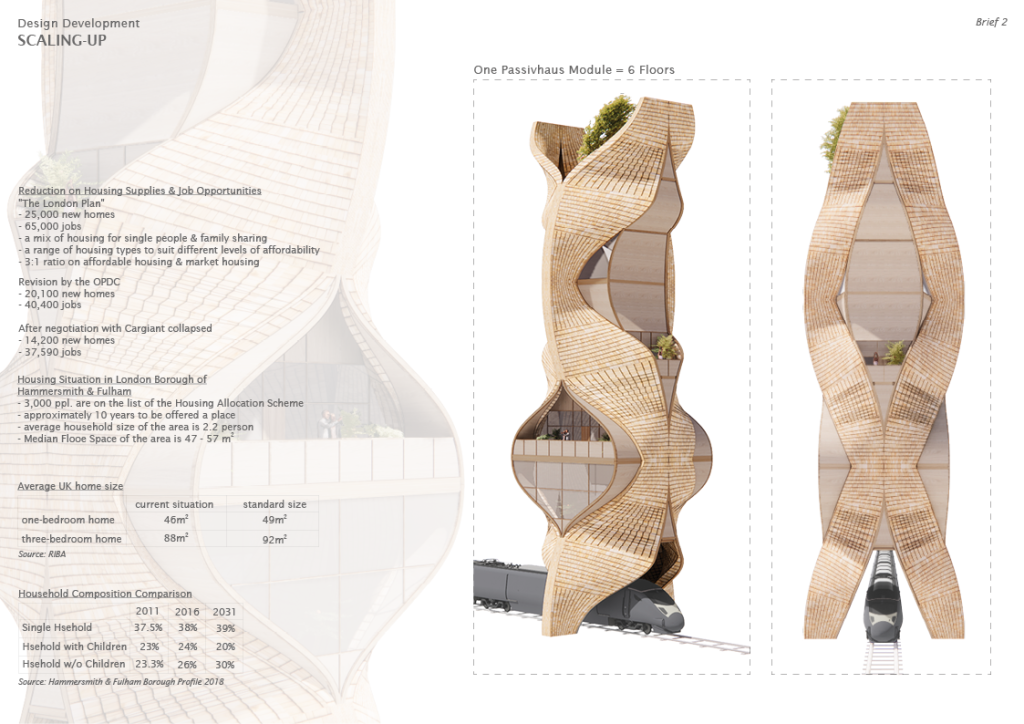
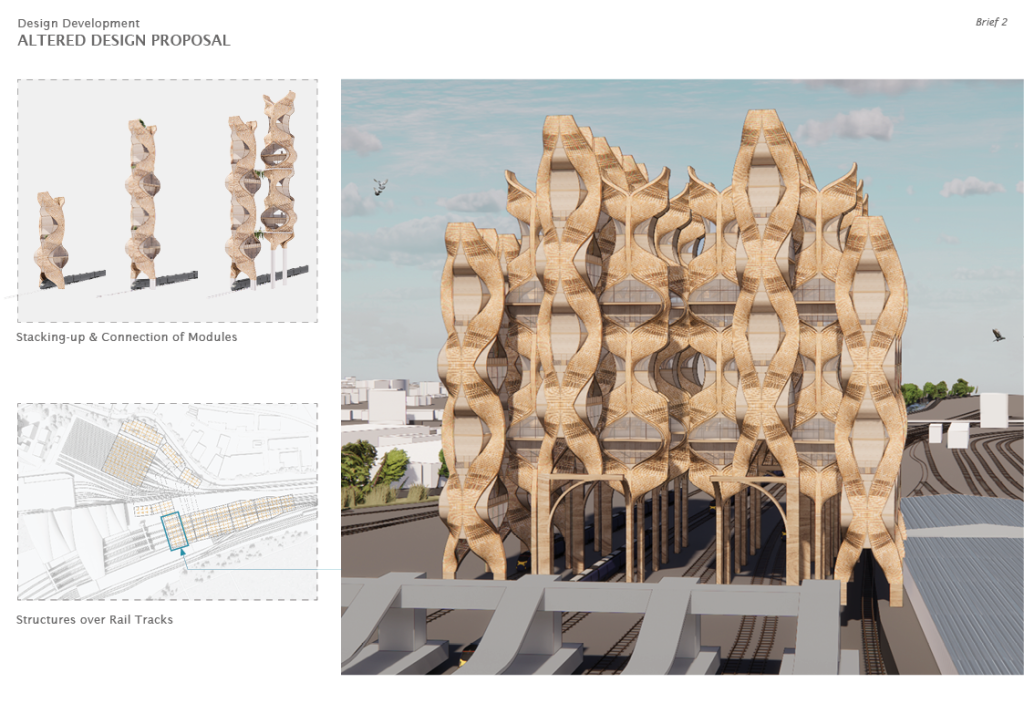
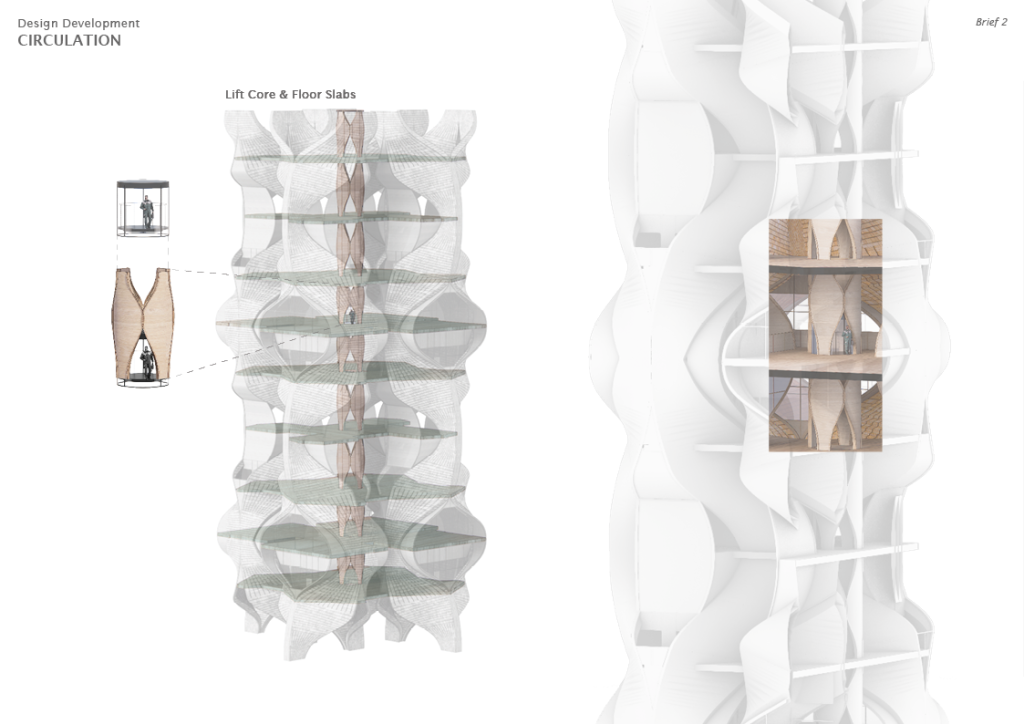
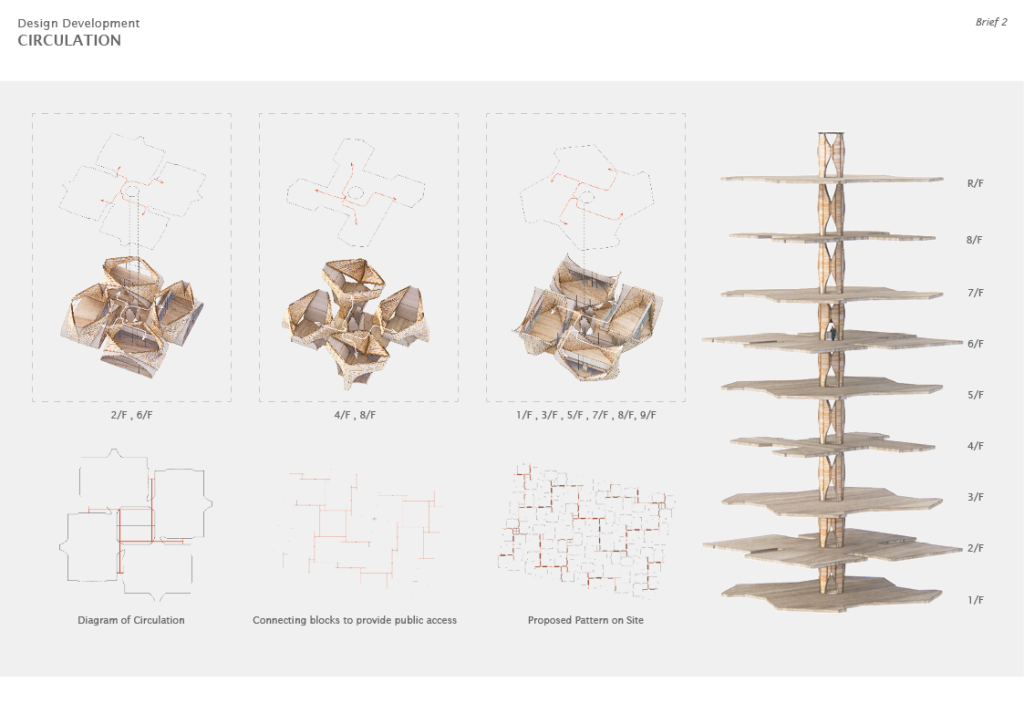
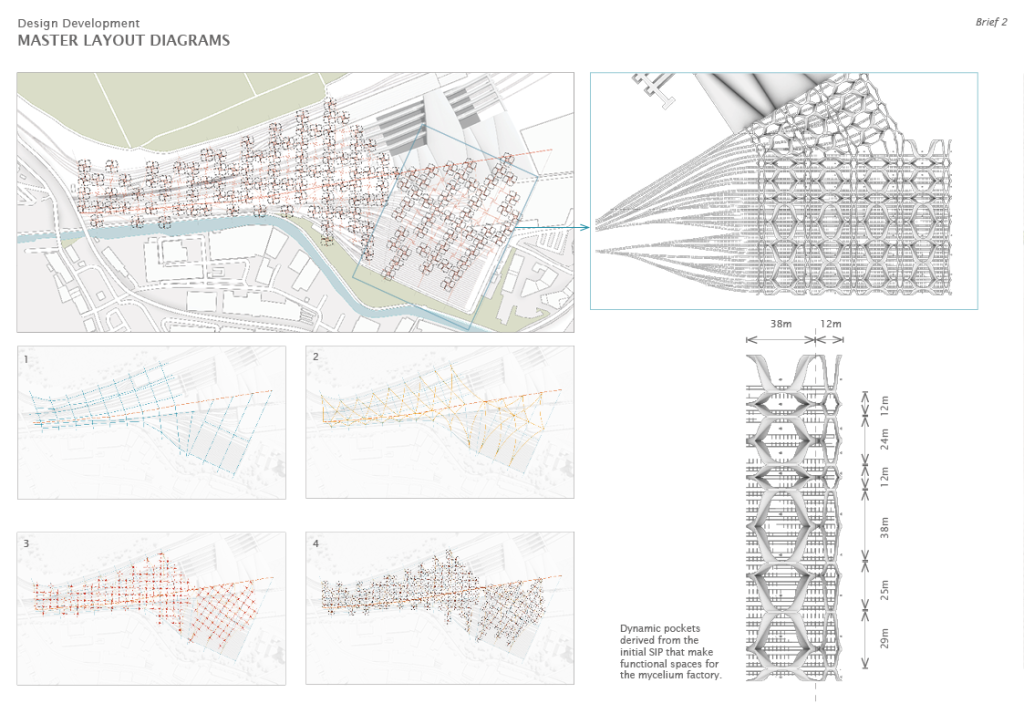
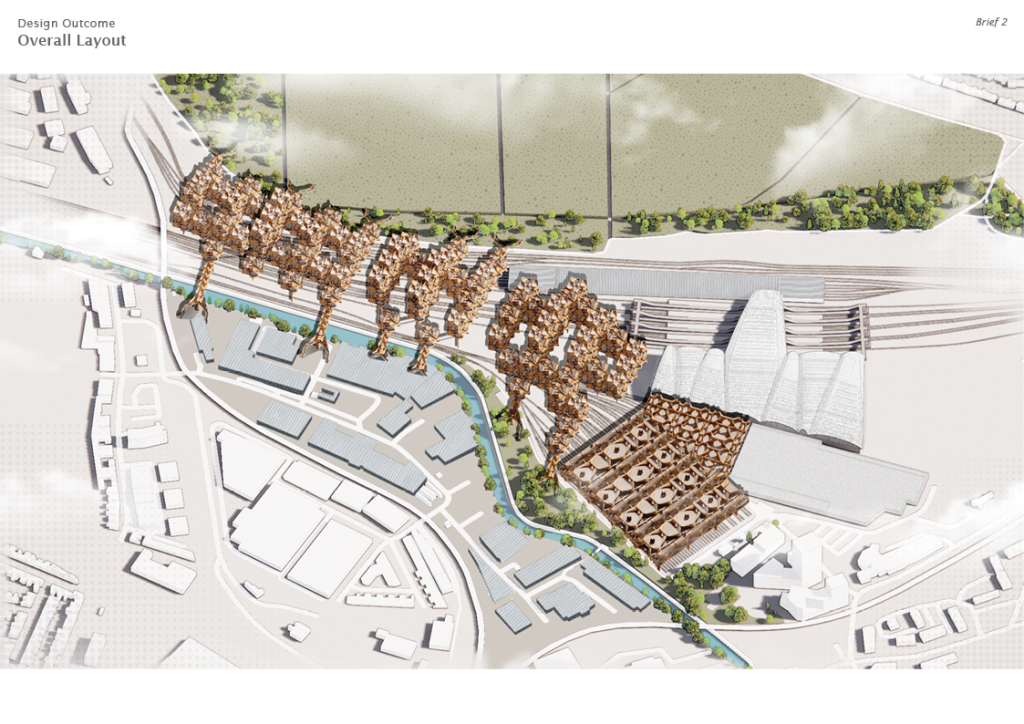
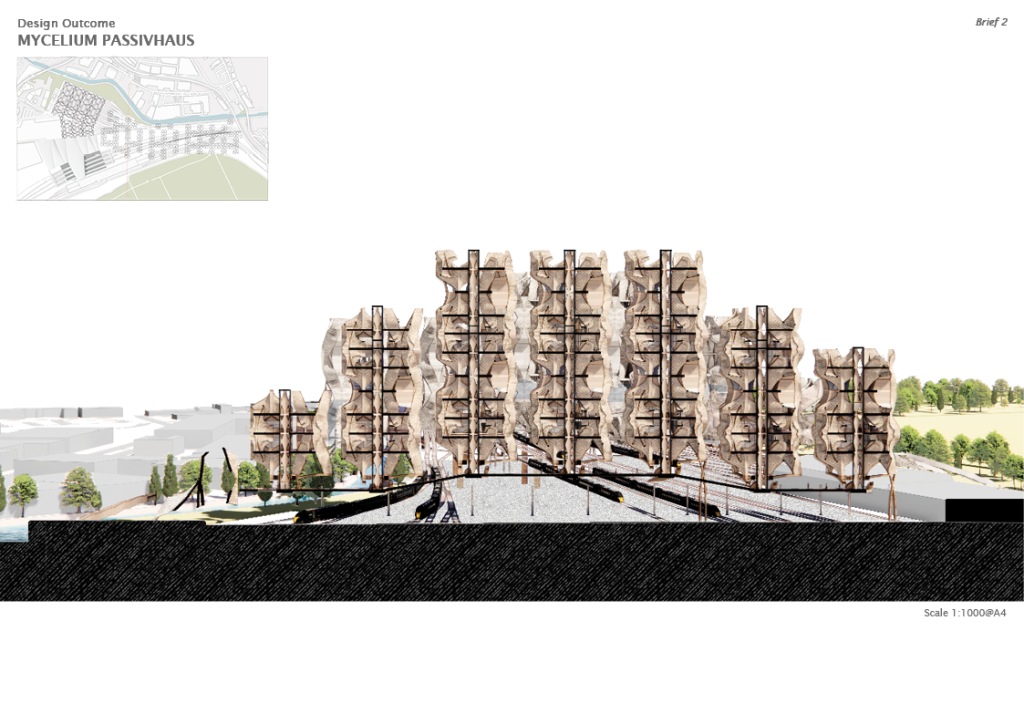
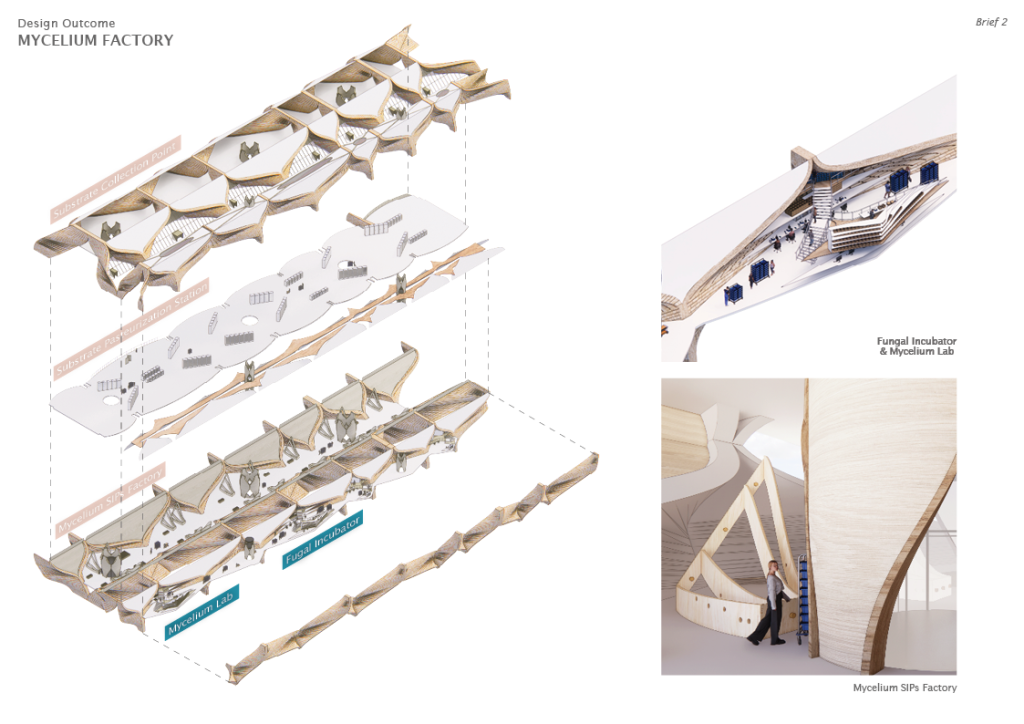
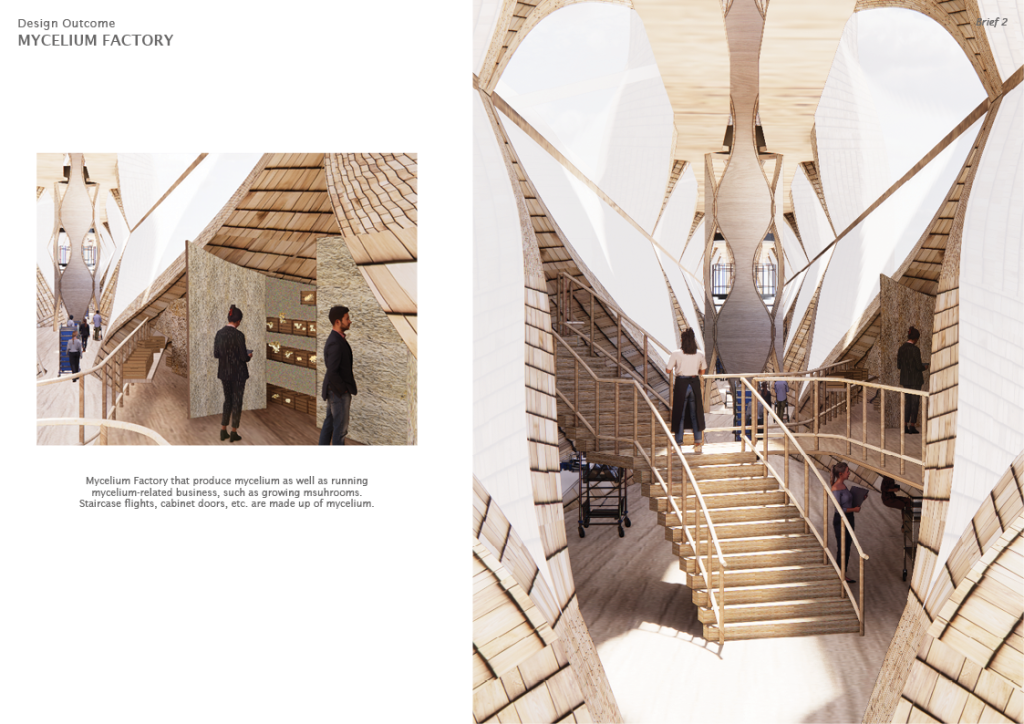
In addressing the problem of food waste, this project implements a cradle-to-cradle system that transforms seashells into bio-bricks. This system encompasses cost-effective food catering services through local mussel cultivation and the repurposing of seashell waste, serving as the foundation for other project elements. By implementing thoughtfully designed programmes, this project aims to achieve maximum synergy between its various components.
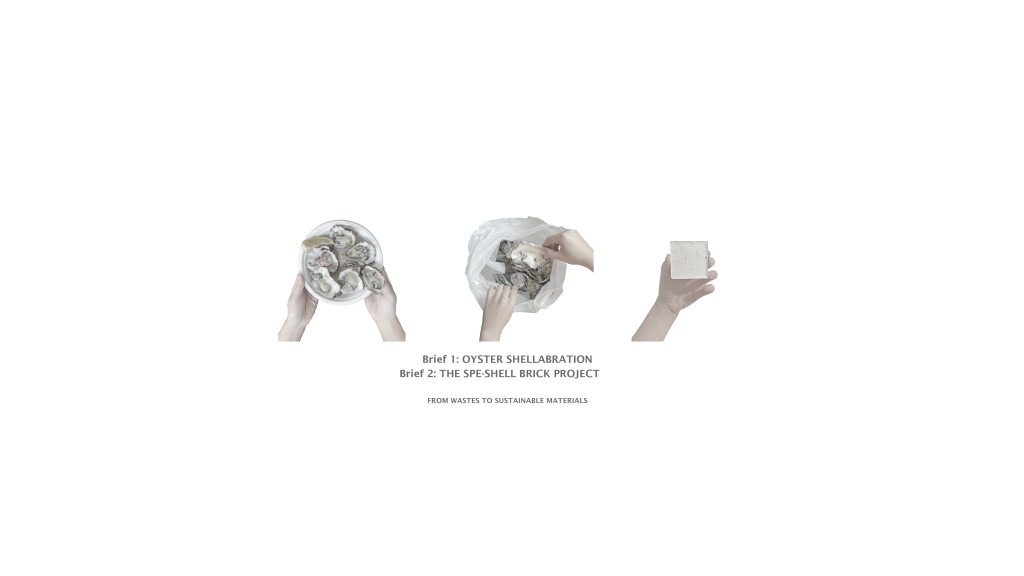
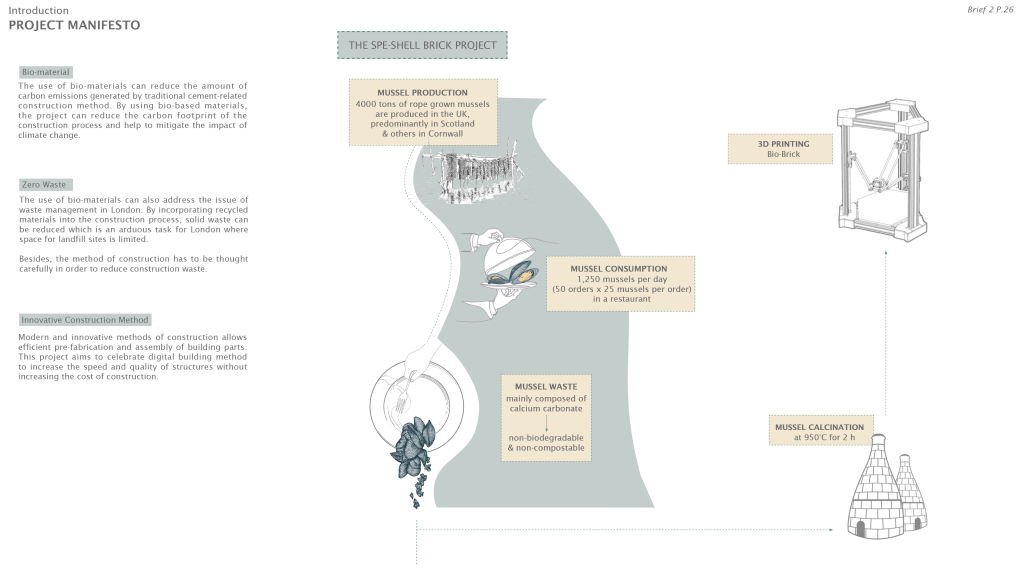
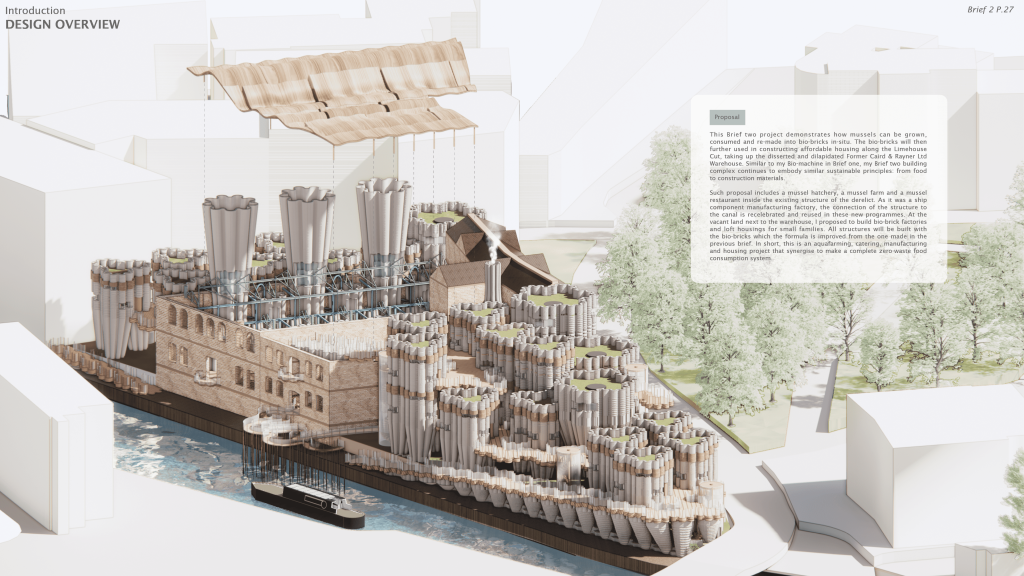
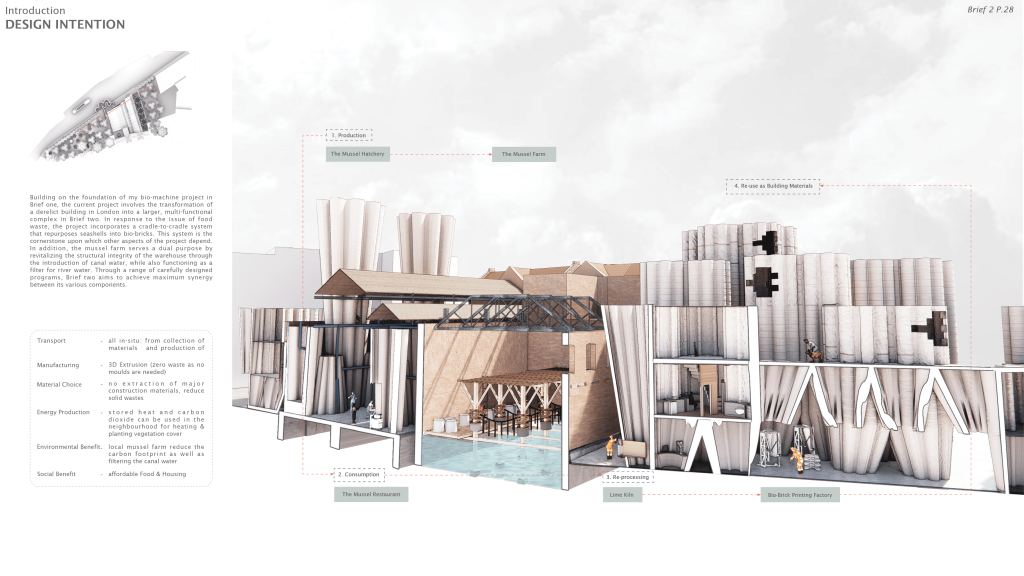
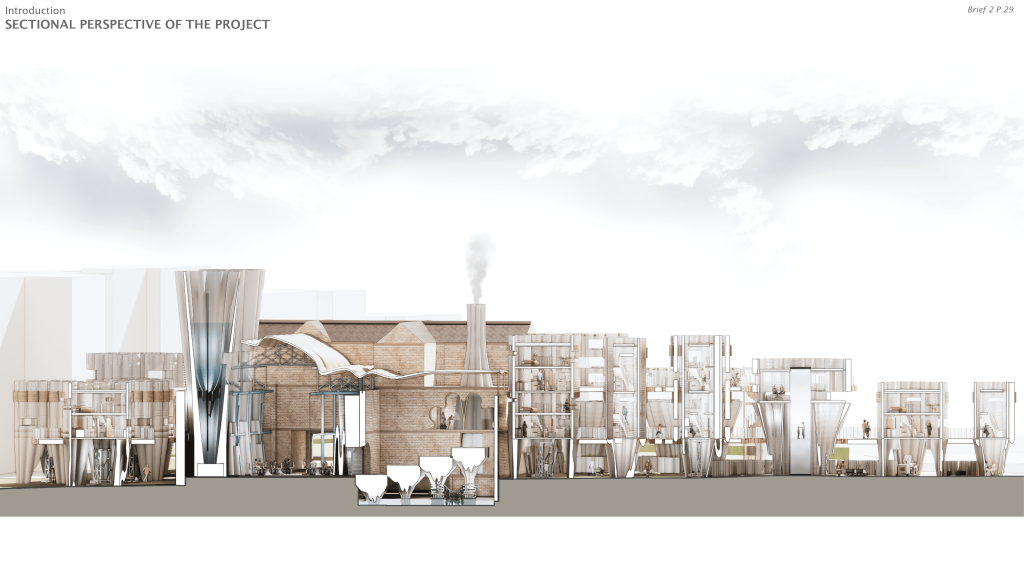
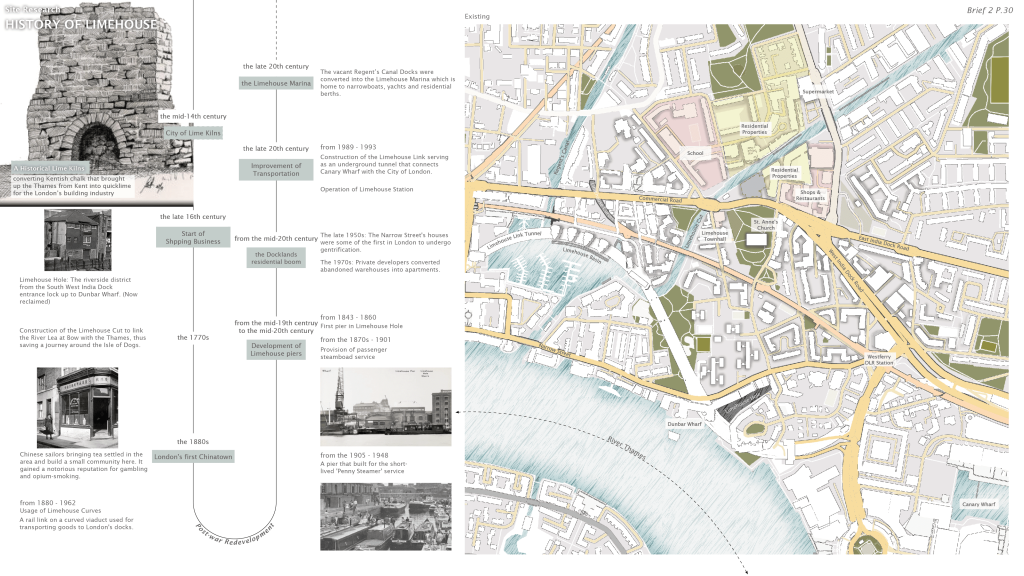
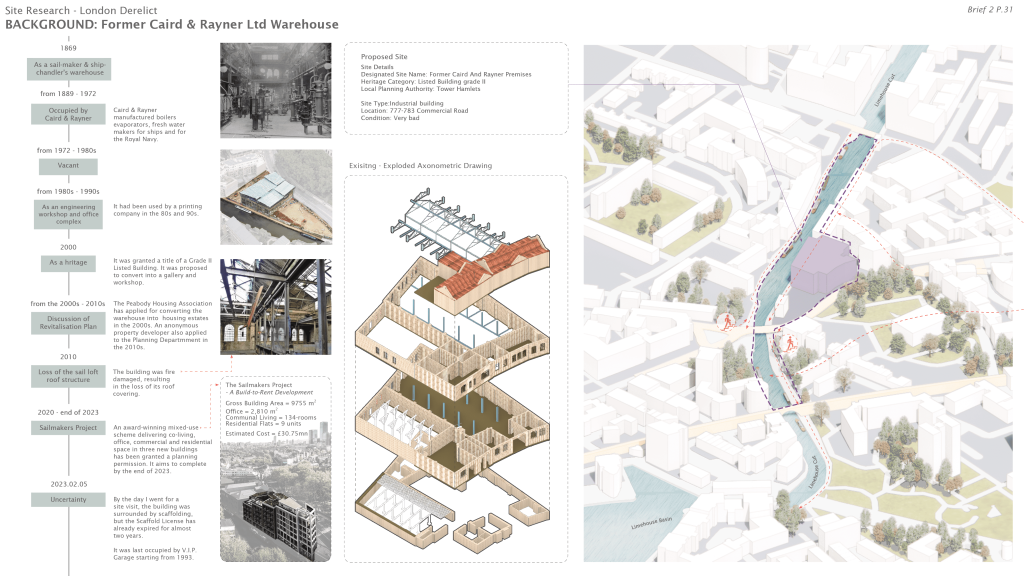
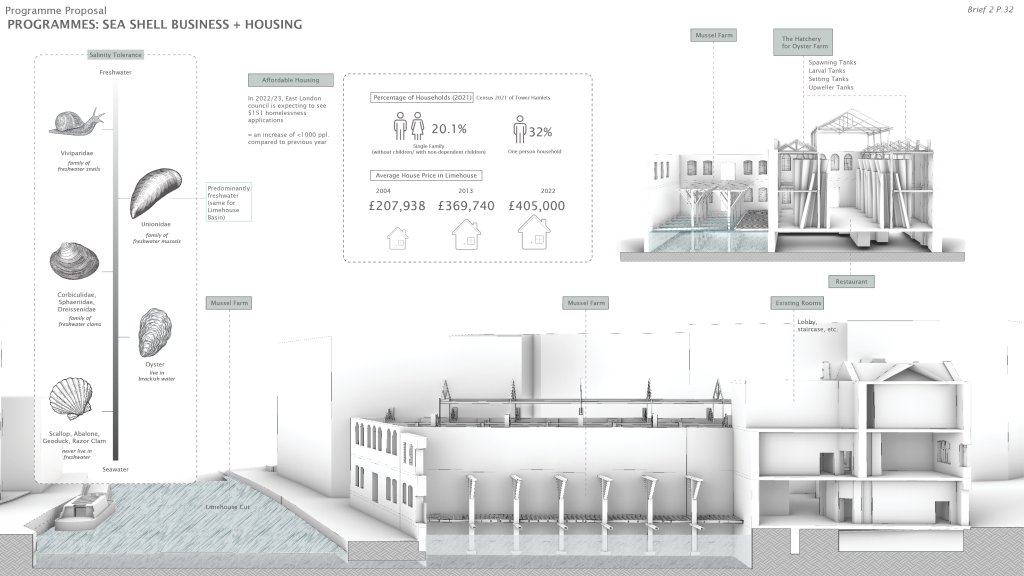
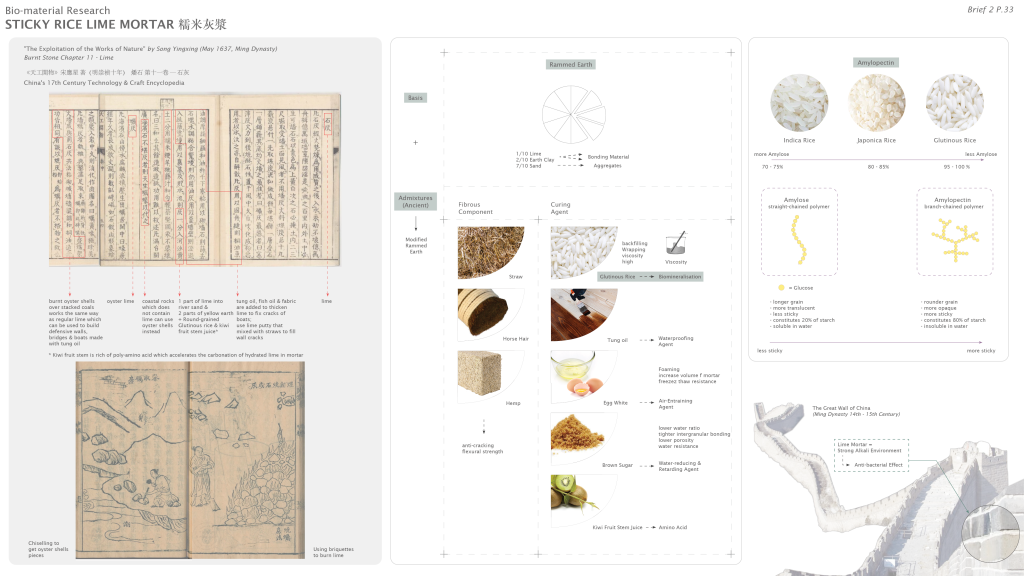
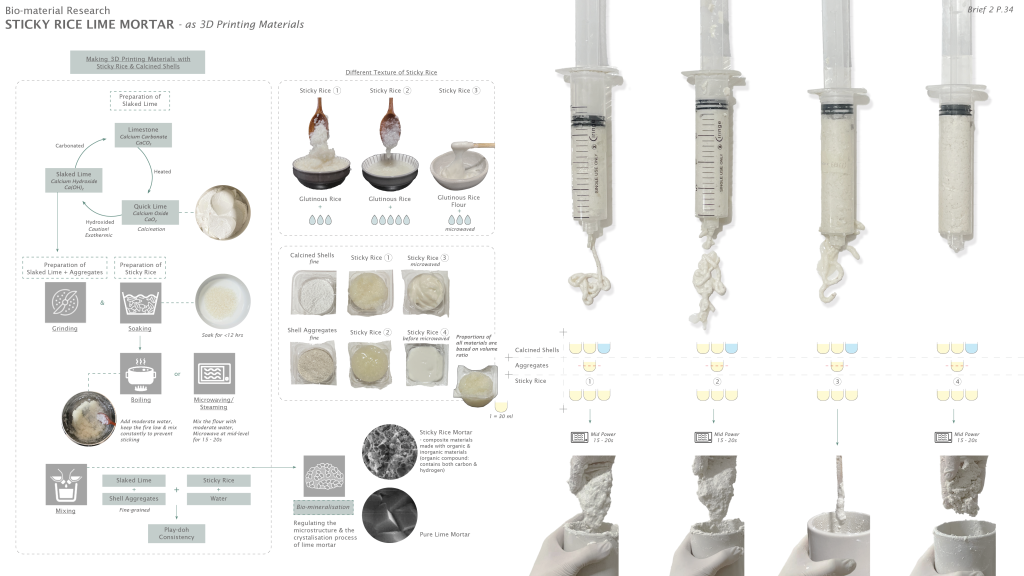
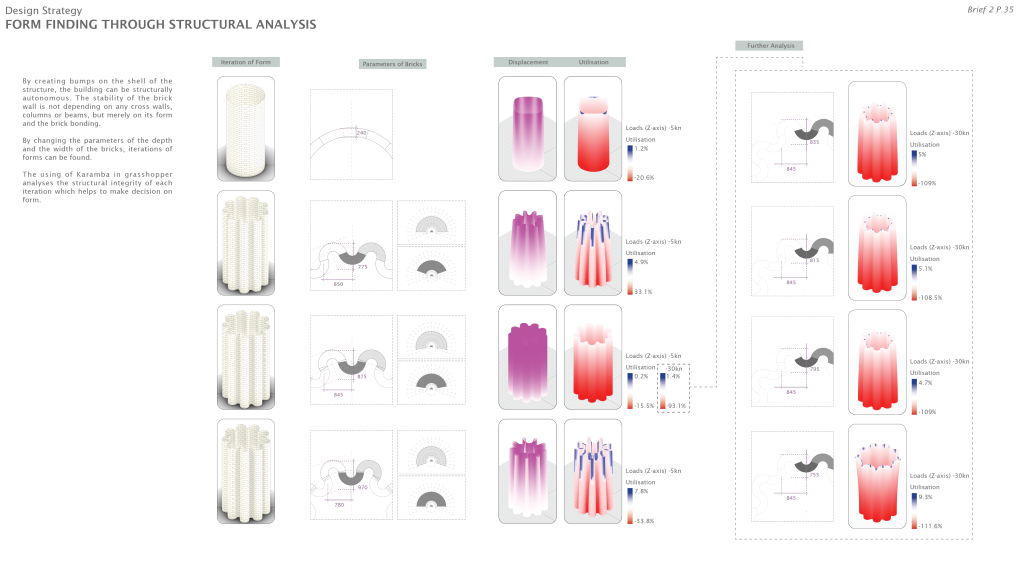
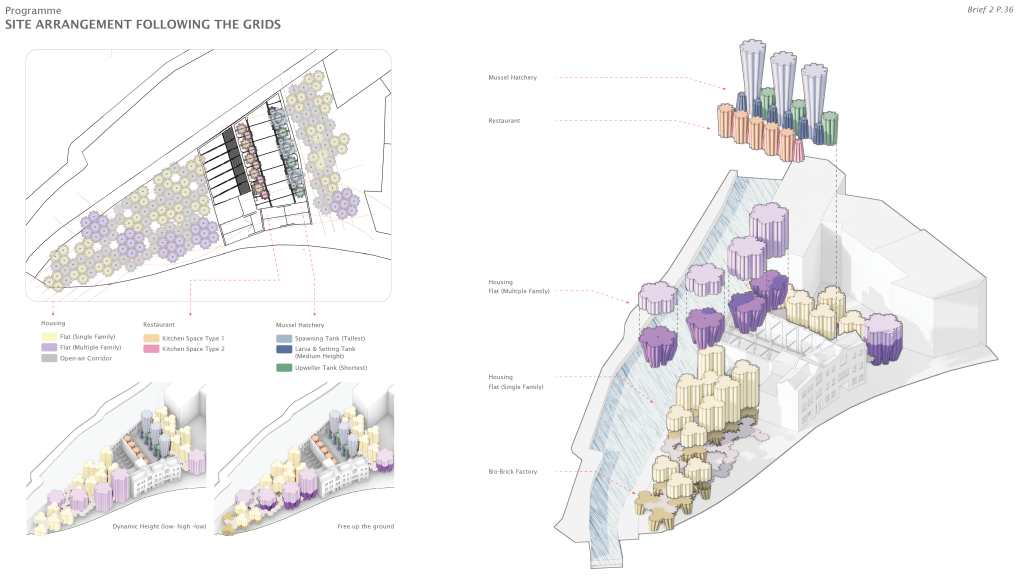
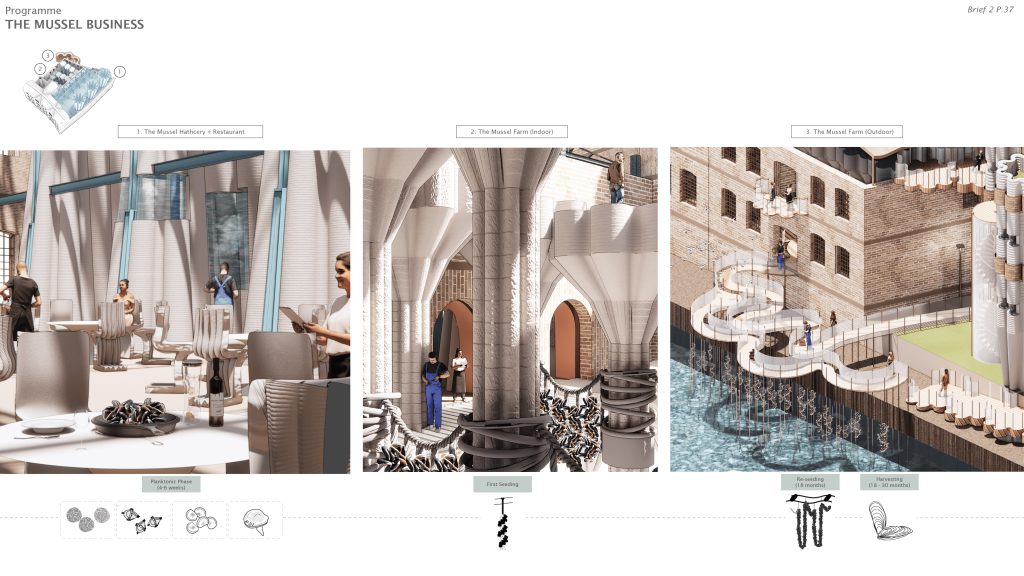
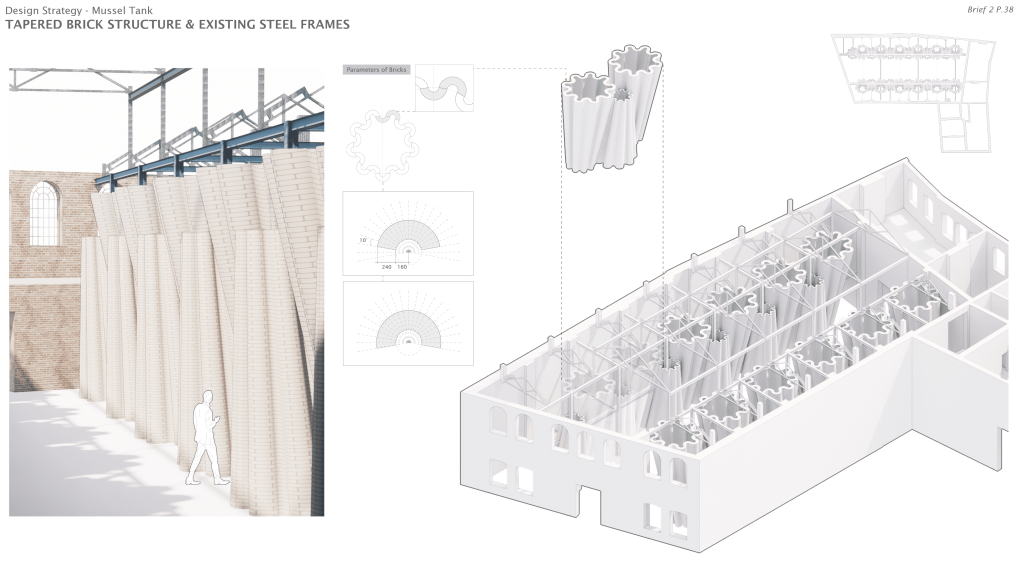
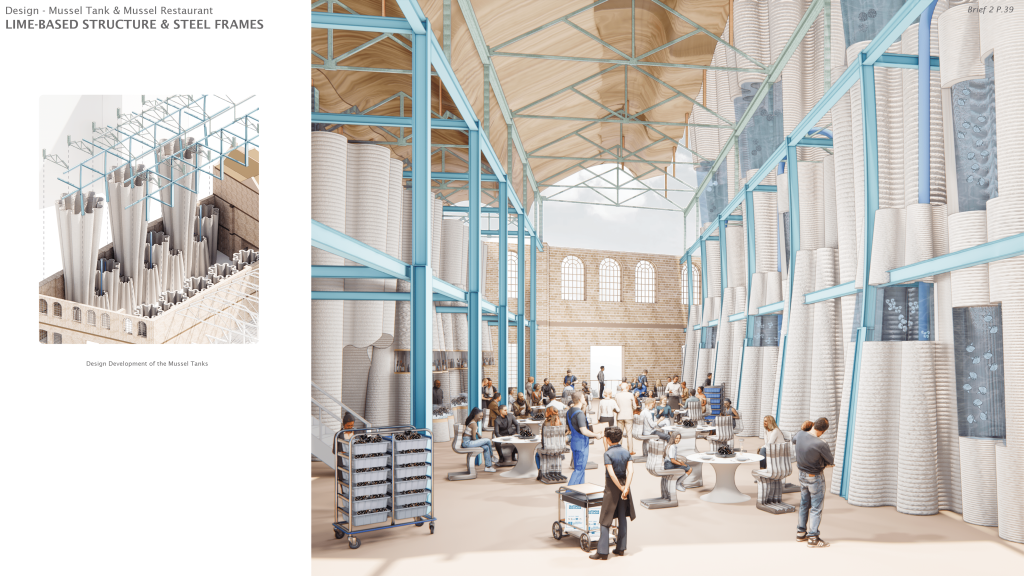
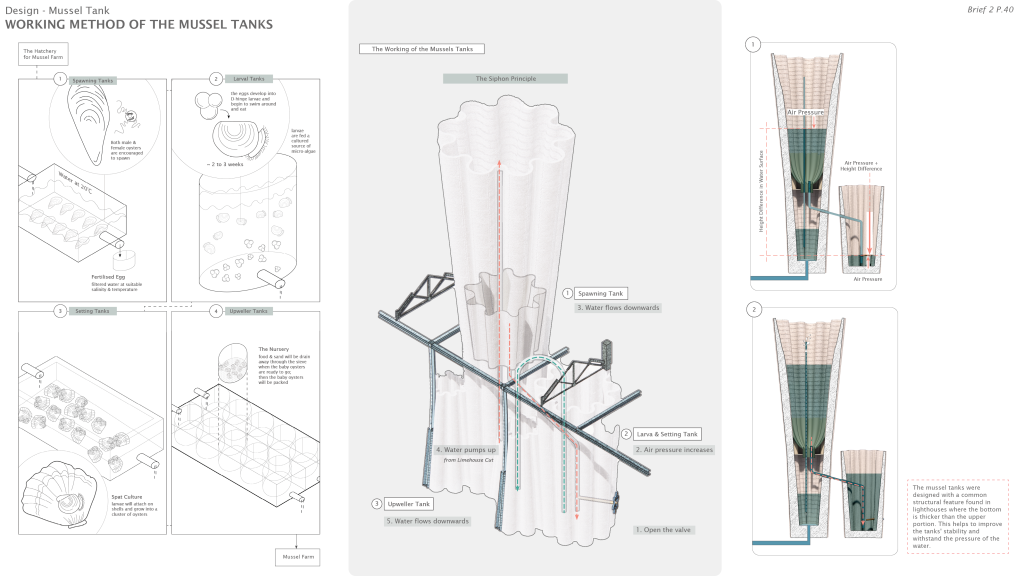
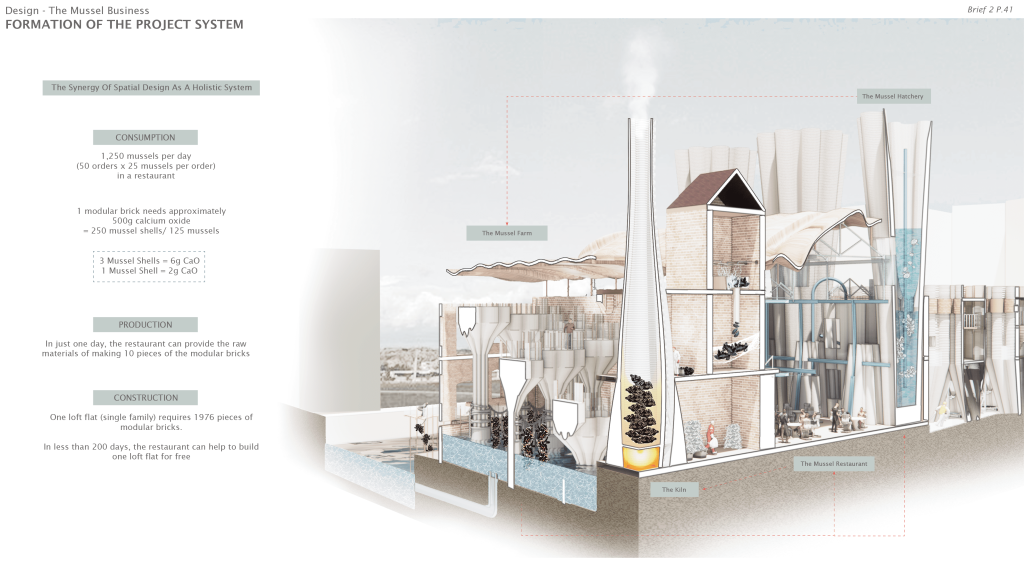
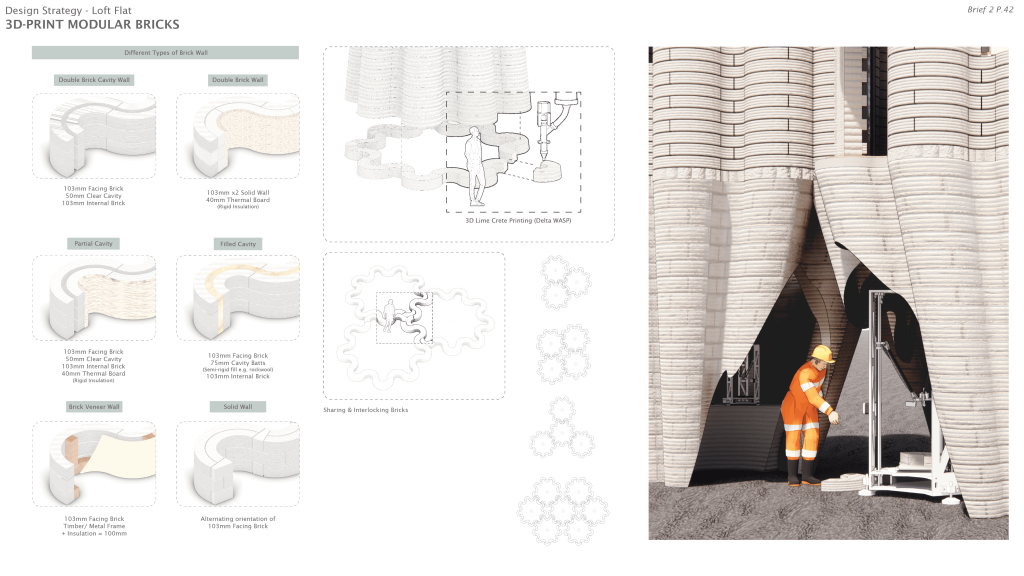
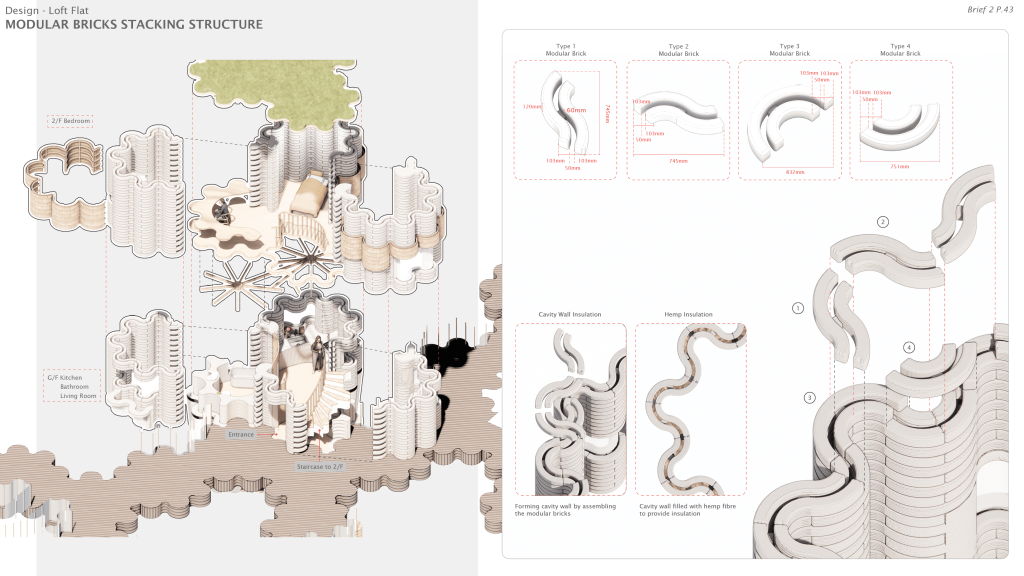
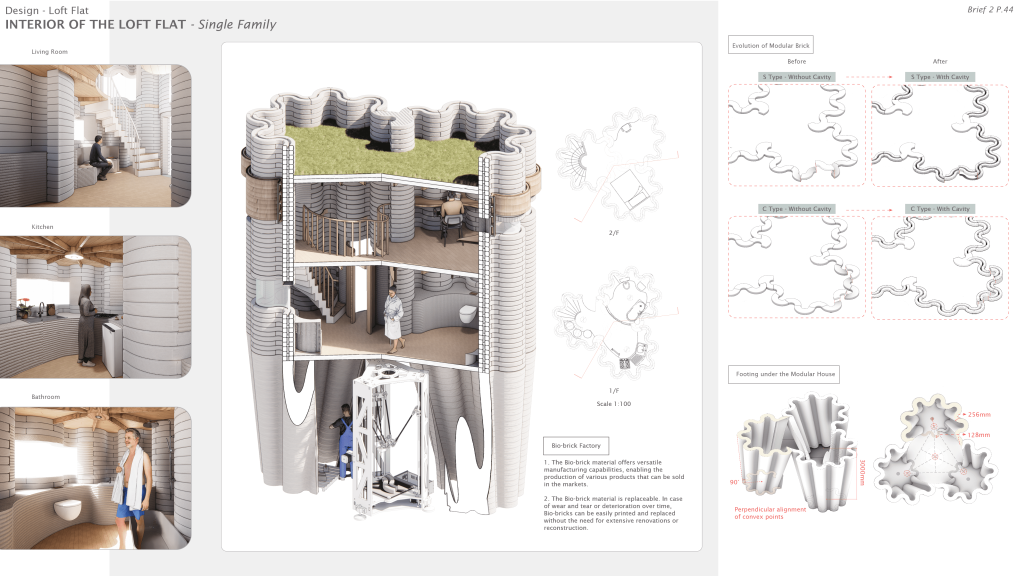
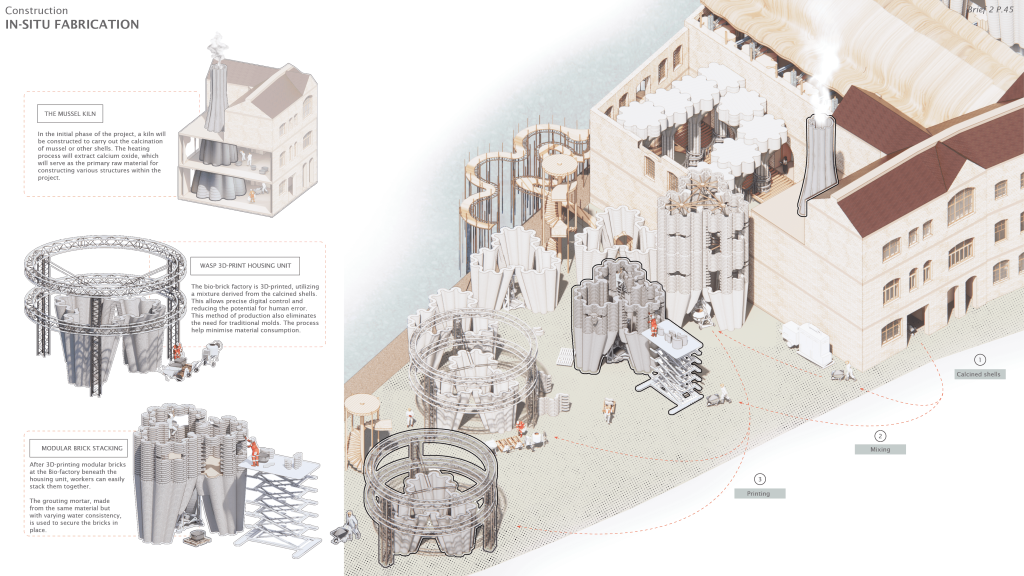
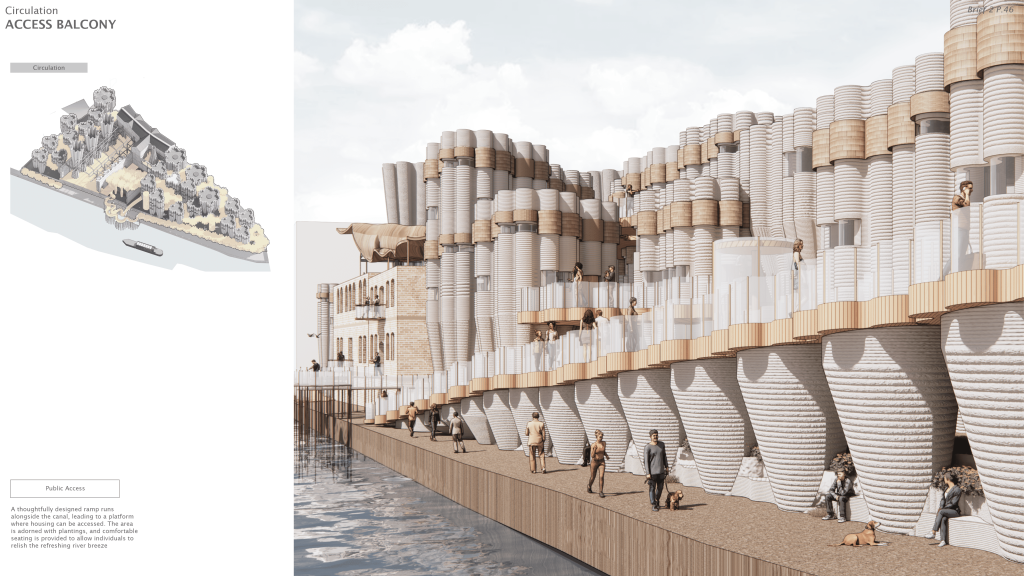
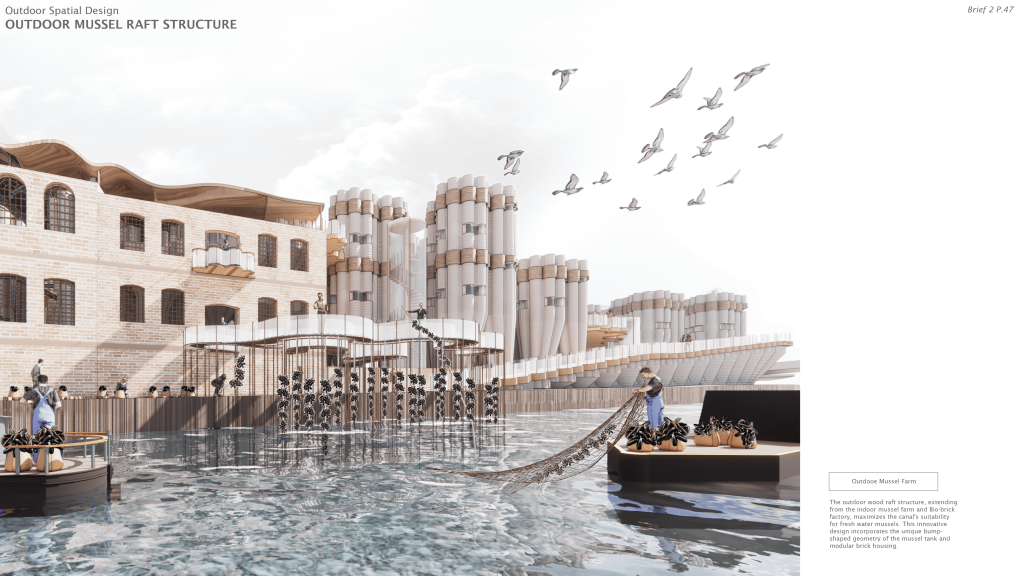
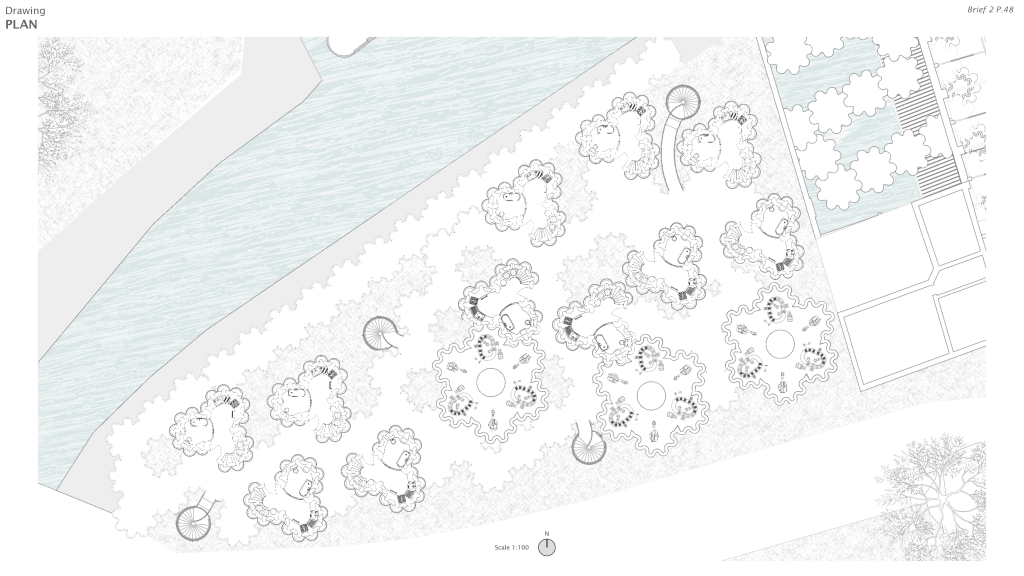
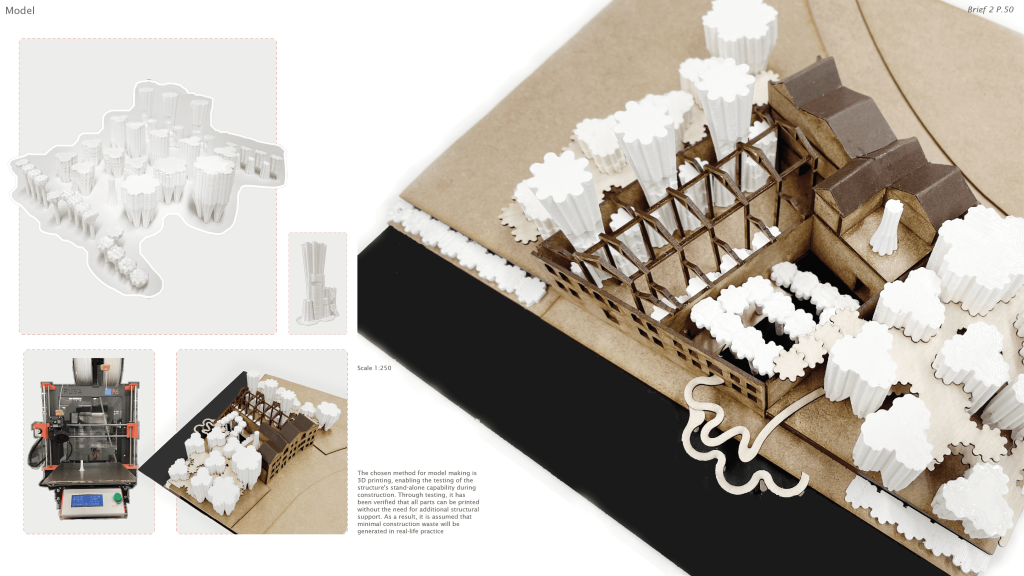
The project aims to design a food consumption system that produce zero waste by turning oyster shells into calcium oxide. The calcined shells can be made into oyster-crete as the building material of the bar, and other calcium-related products such as chicken supplements, etc. The business plan can therefore subsidise the procurement of oysters and provide affordable oysters for the lower classes in the neighbourhood.

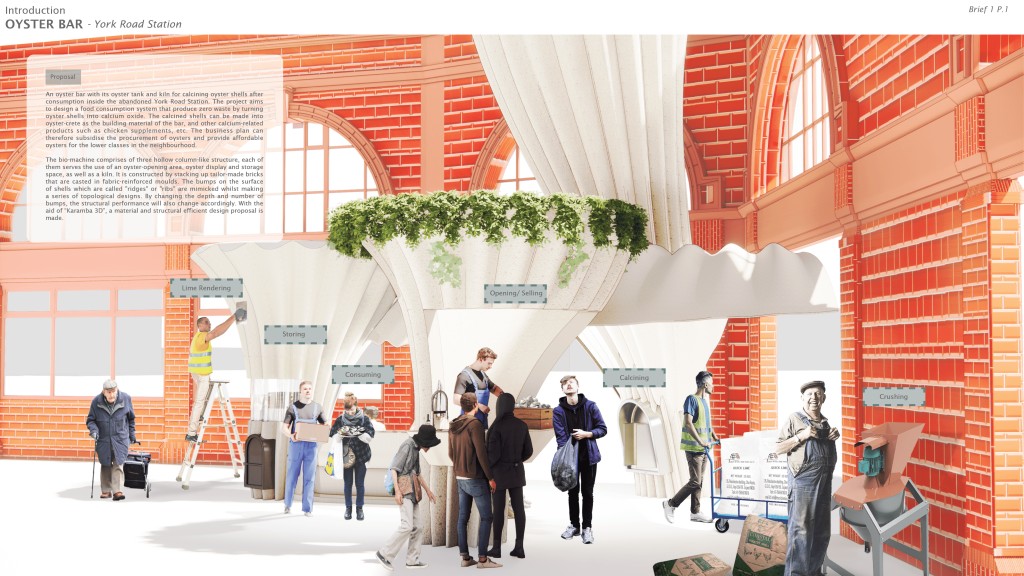
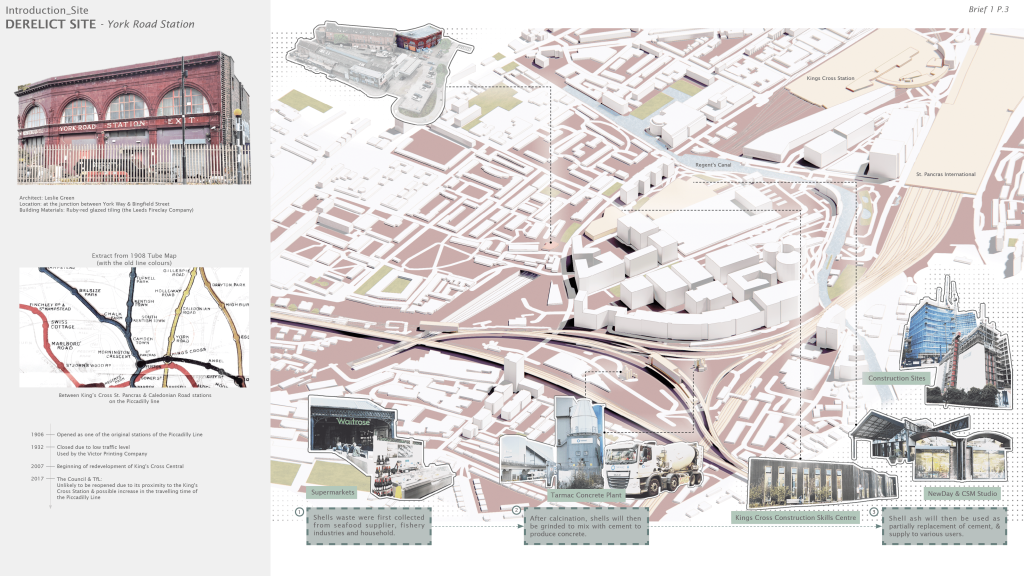
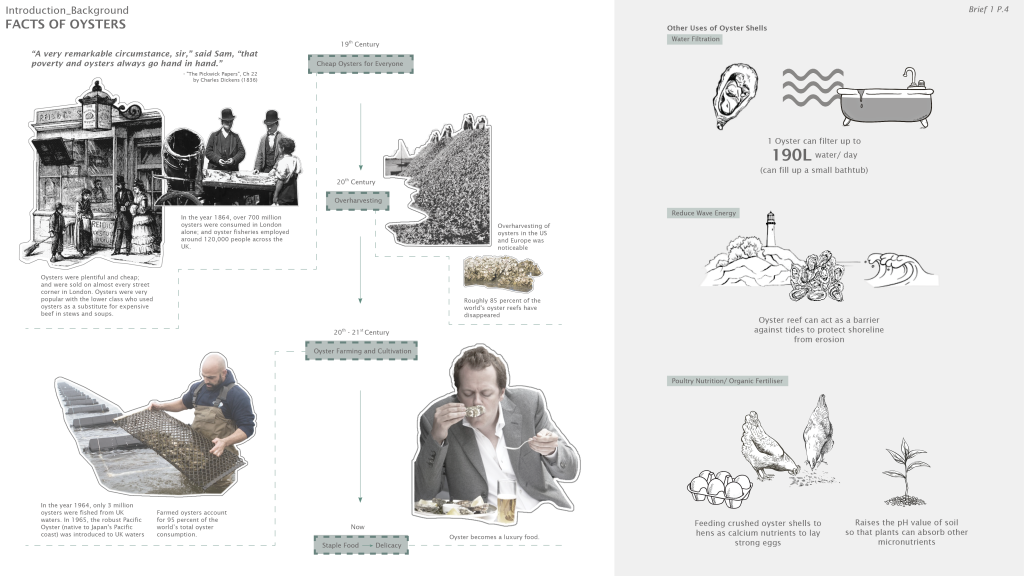
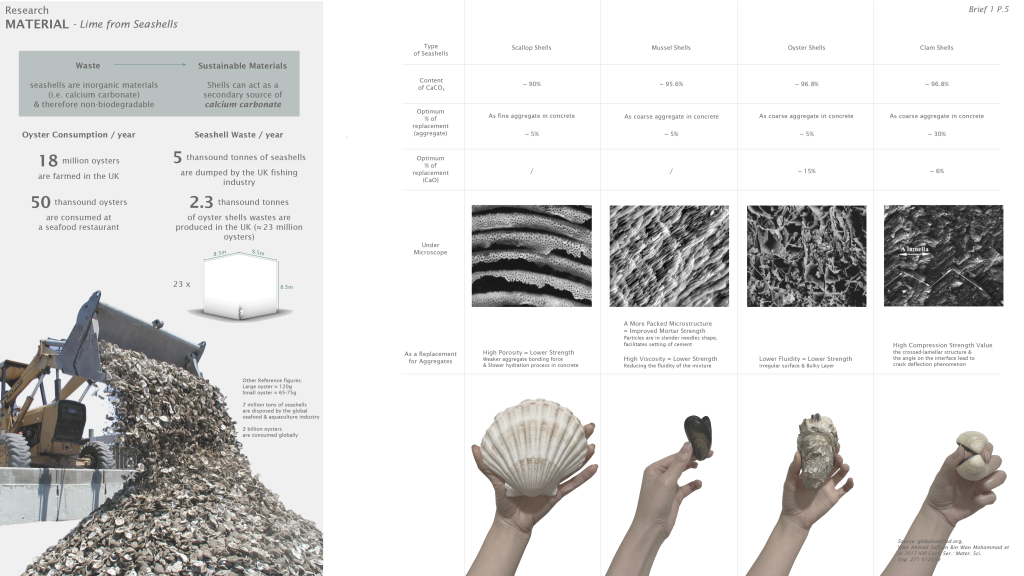
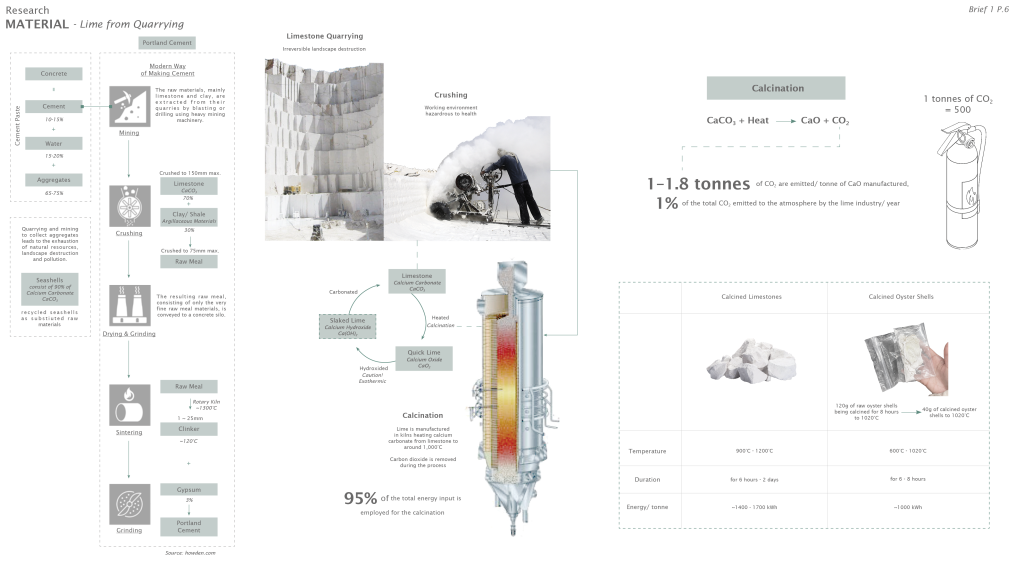
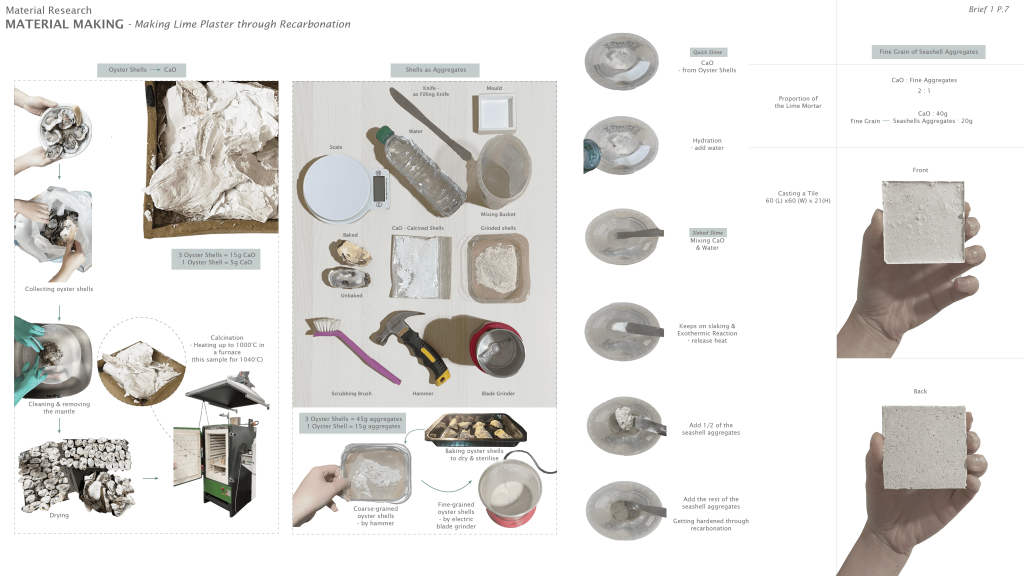
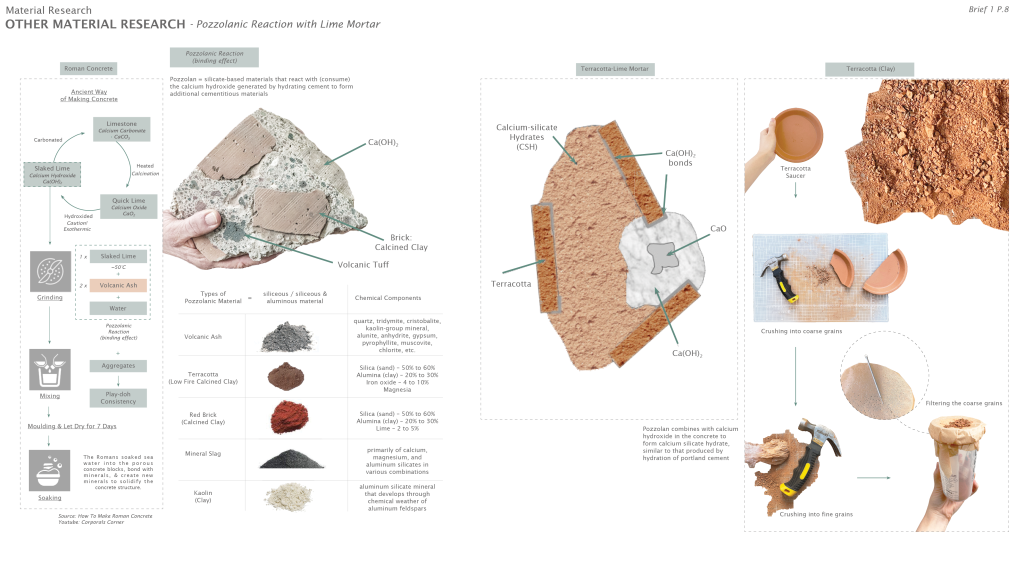
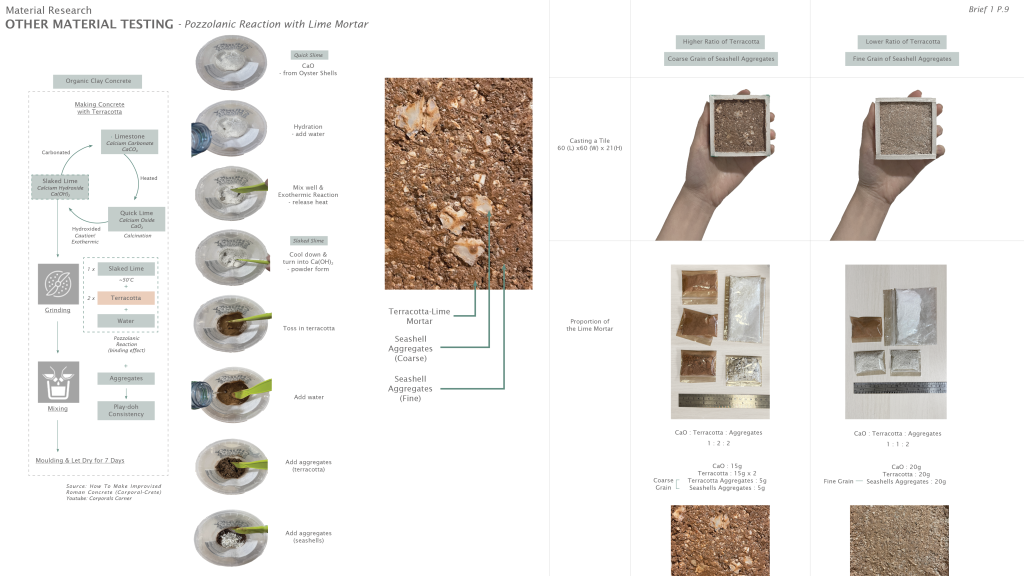
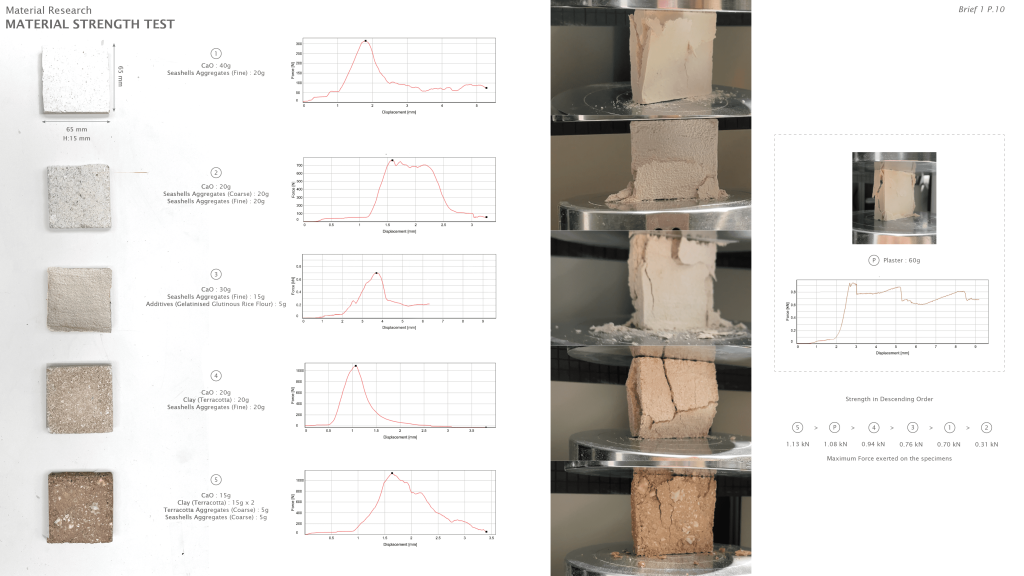
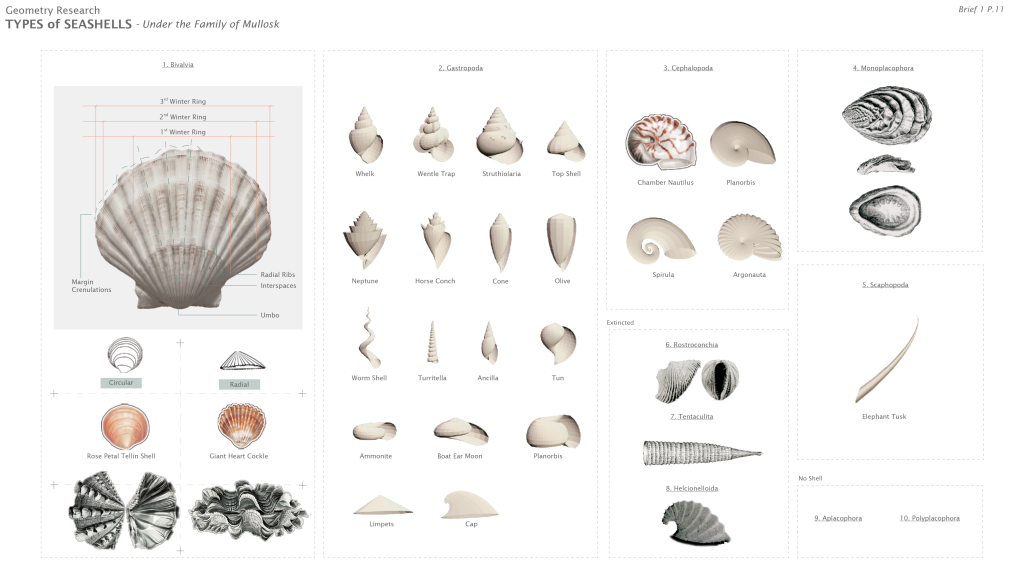
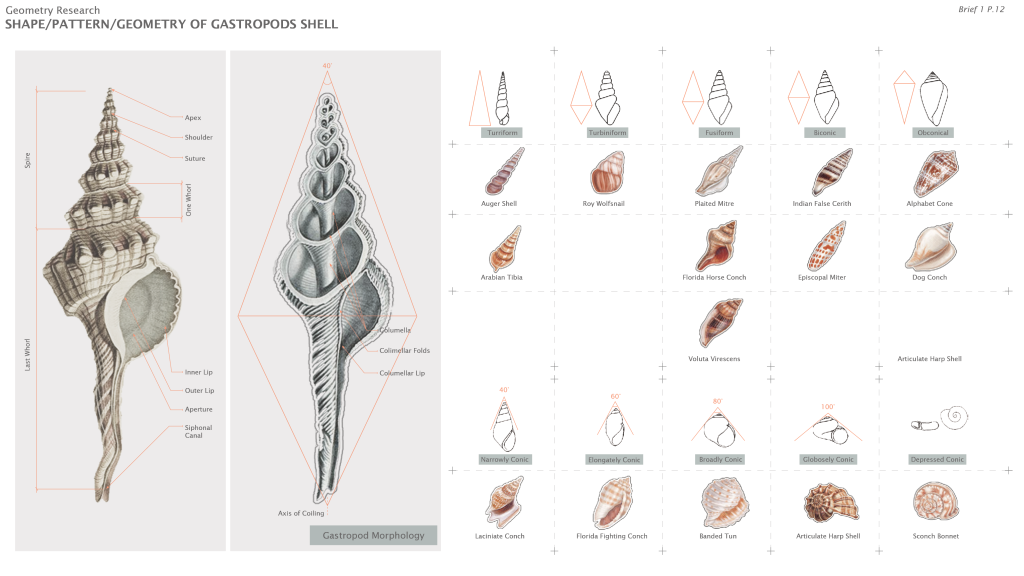
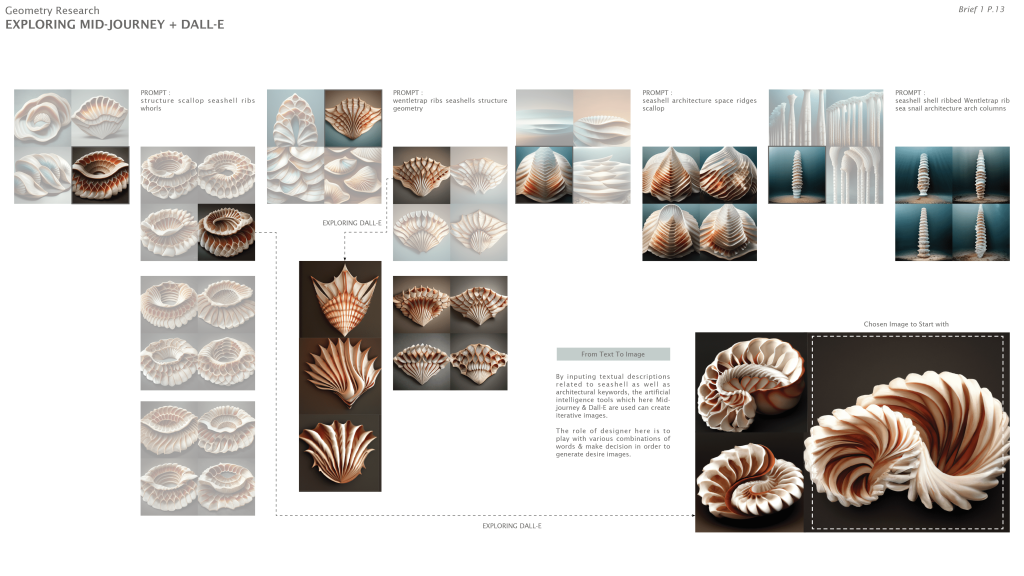
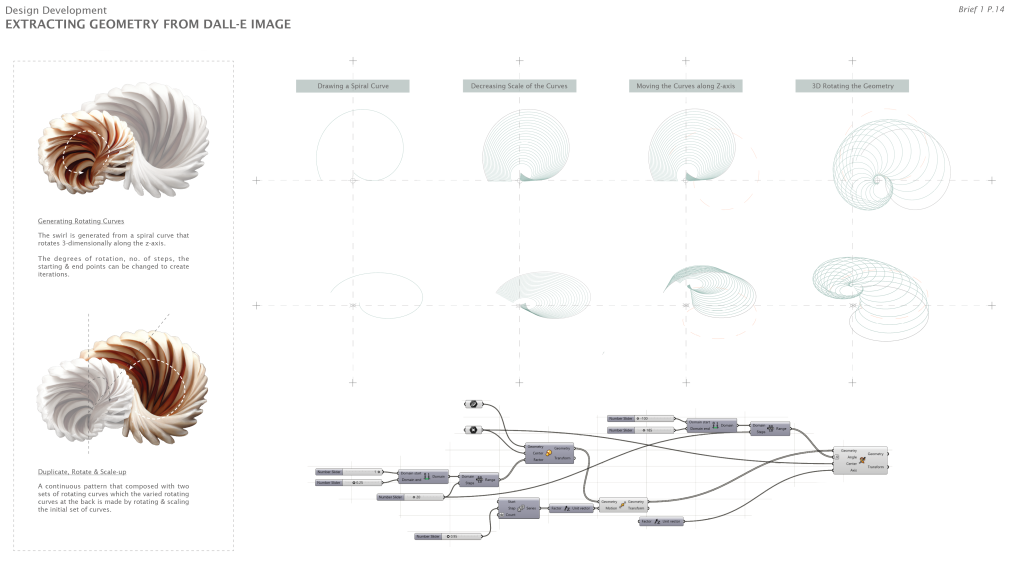
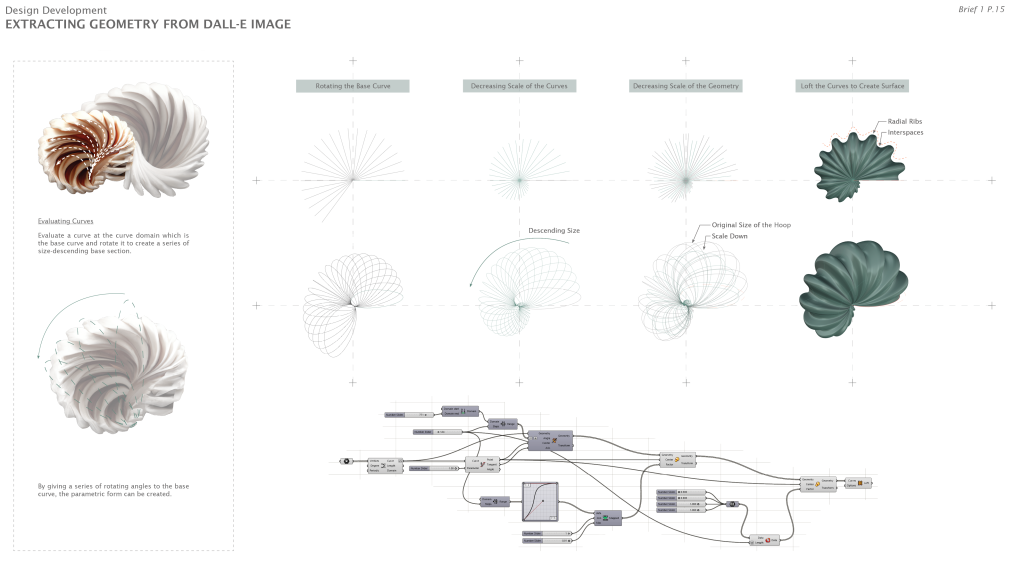
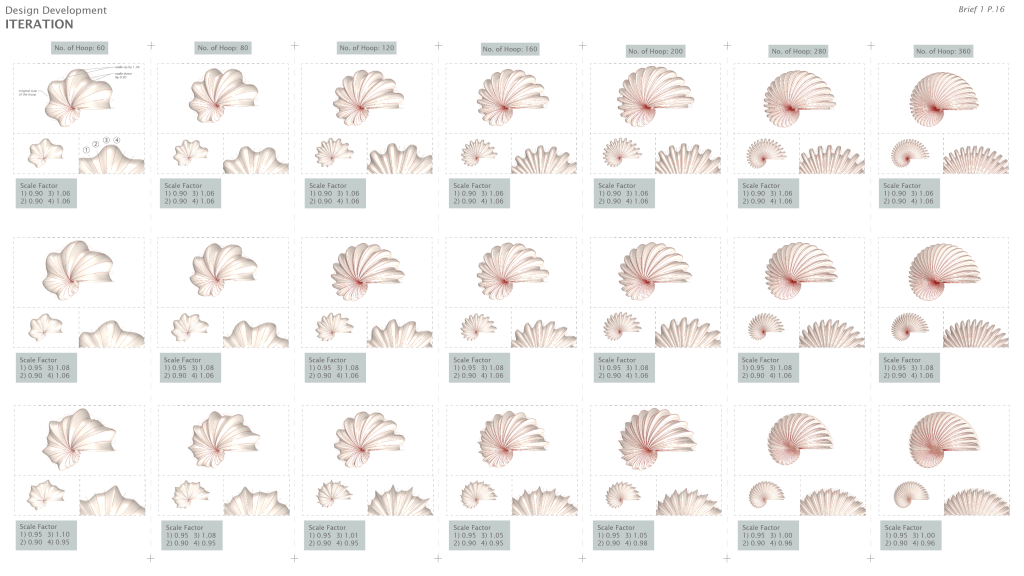
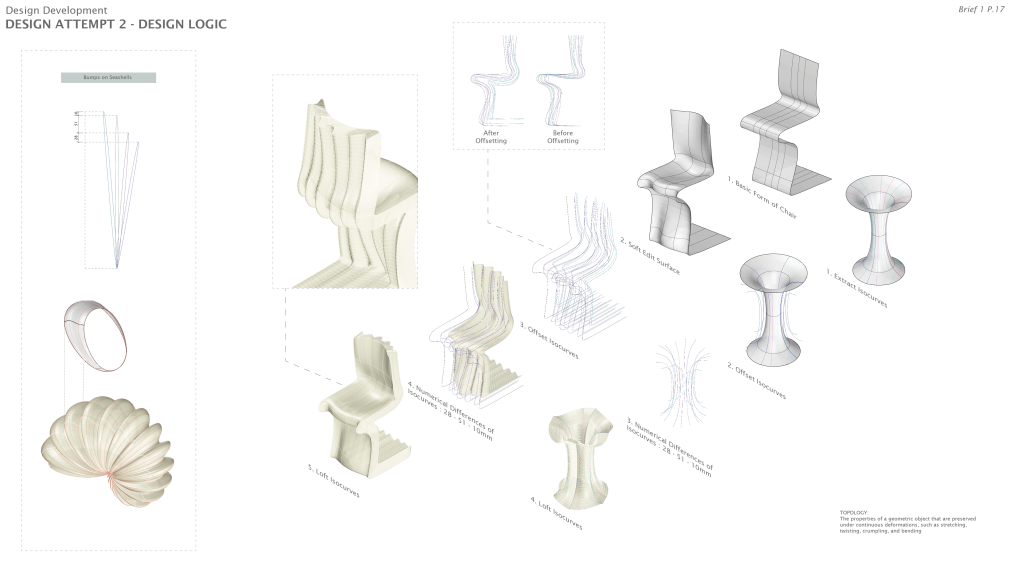
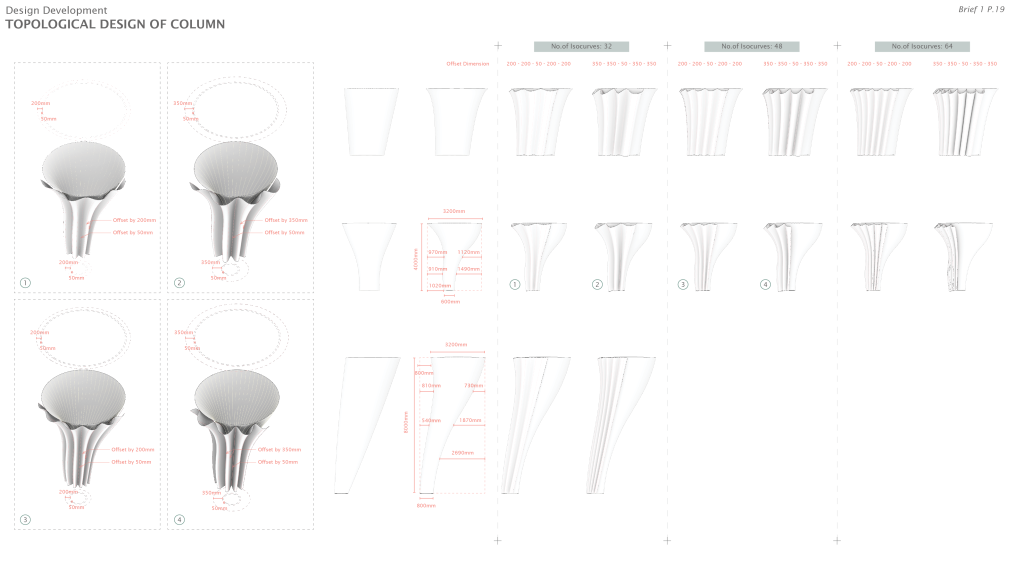
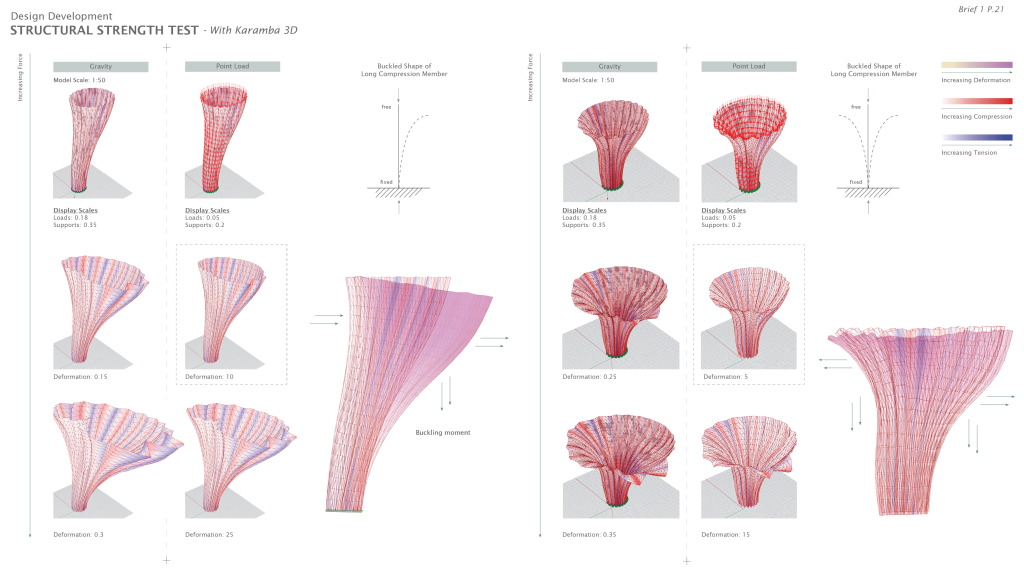
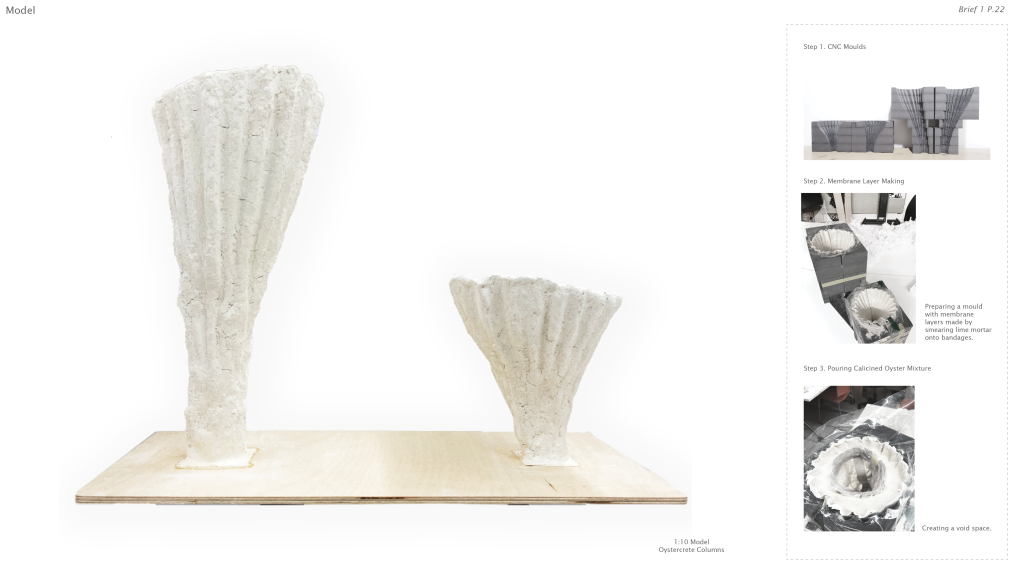
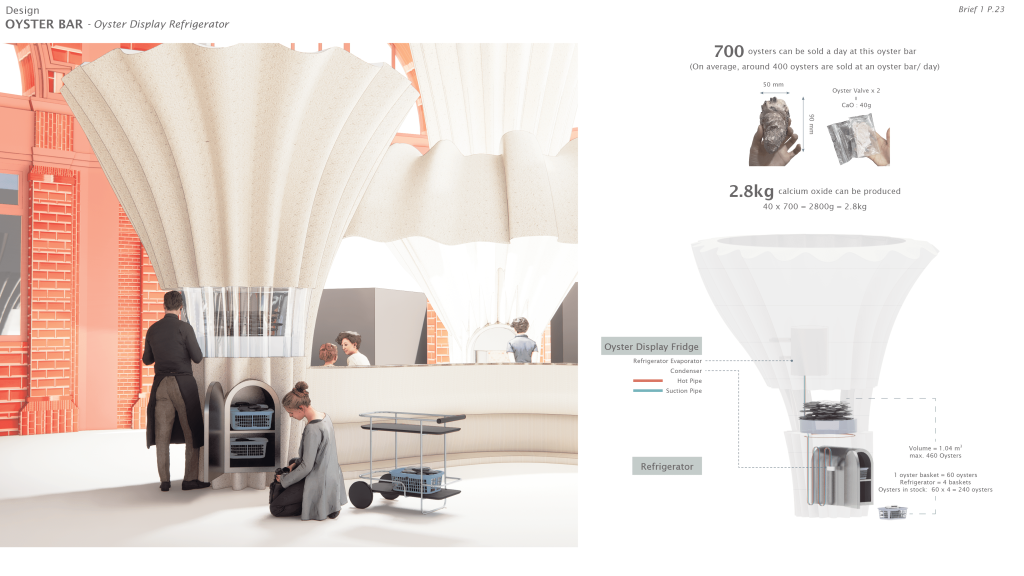
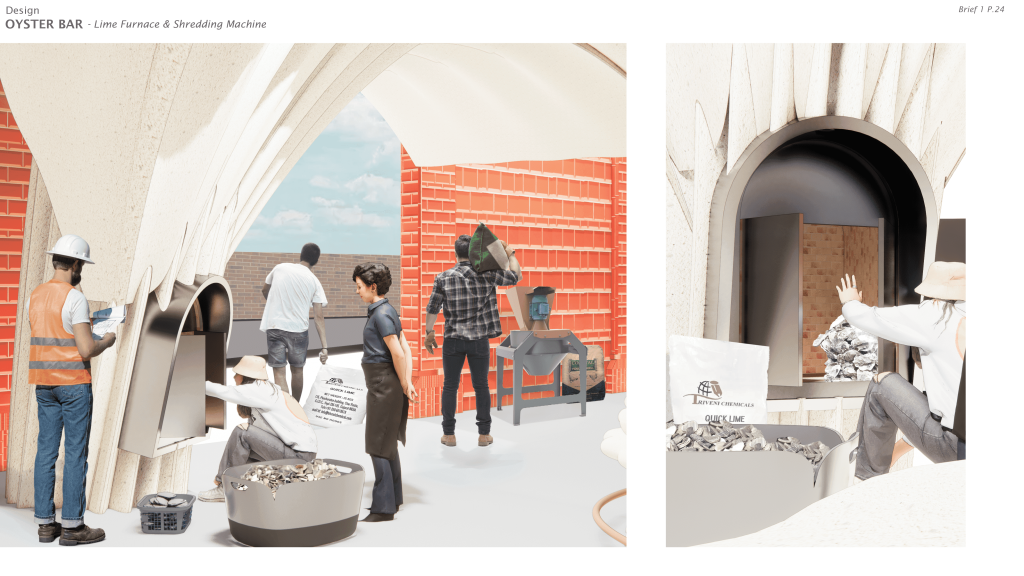
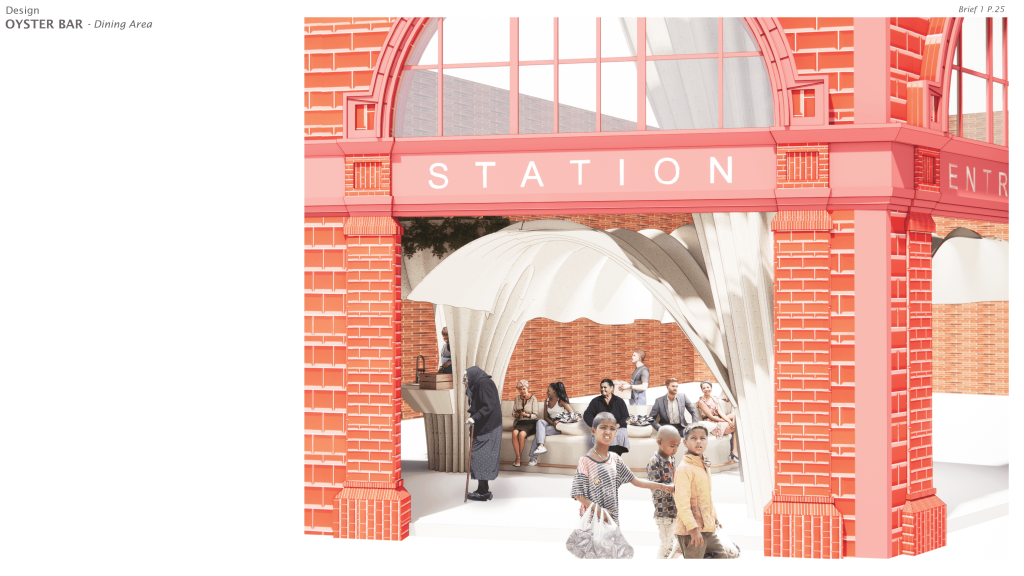
A pavlion that celebrates the closed life cycle of chicken, from being raised in the poultry farm, cooked and consumed in the restaurant or market, to be recycled into foodwares and ceramic modules in the pottery workshop.
By utilizing chicken bones as building materials, it creates an afterlife for local chickens and raise the public awareness towards poultry welfare in the UK. The design is located at the Borough Market, a historic market with an emphasis on high quality food, sustainable production and social connection. By building a chicken farm in the central London, the project aims to raise people’s concern about the importance of food source in the food supply chain, how the animal lifes directly affect our lifes, and question the possibility of having ‘from farm to table’ live chickens market in the city.
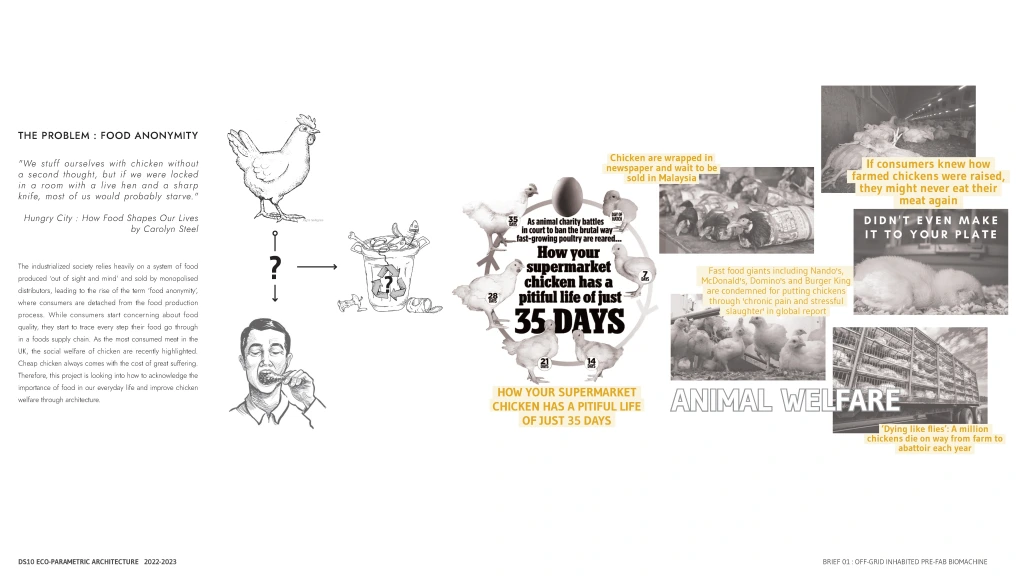
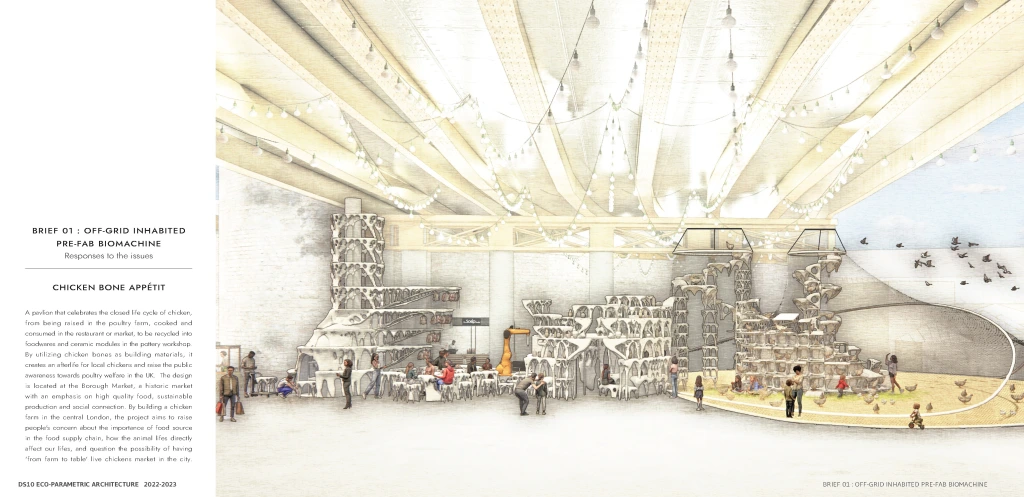
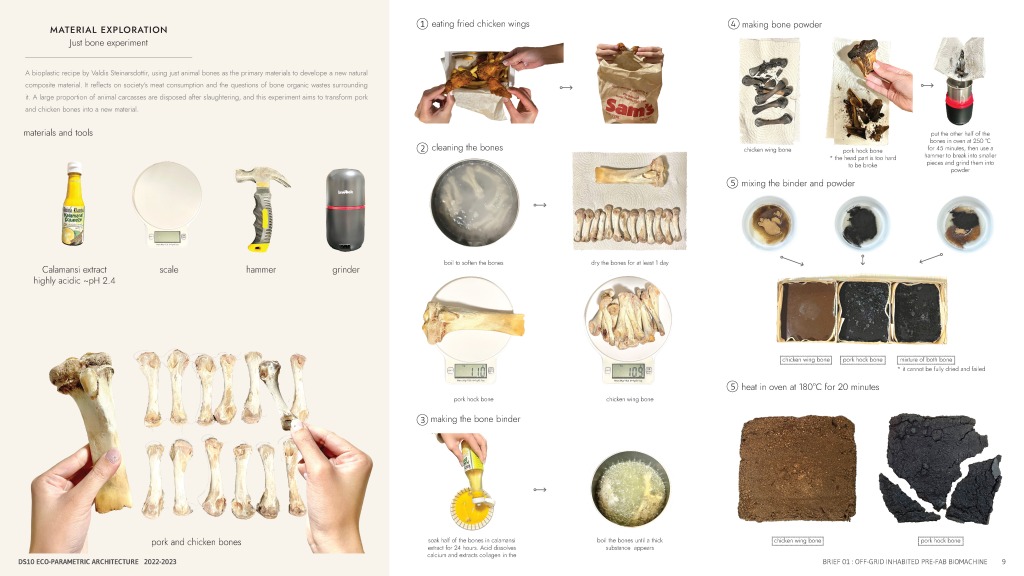
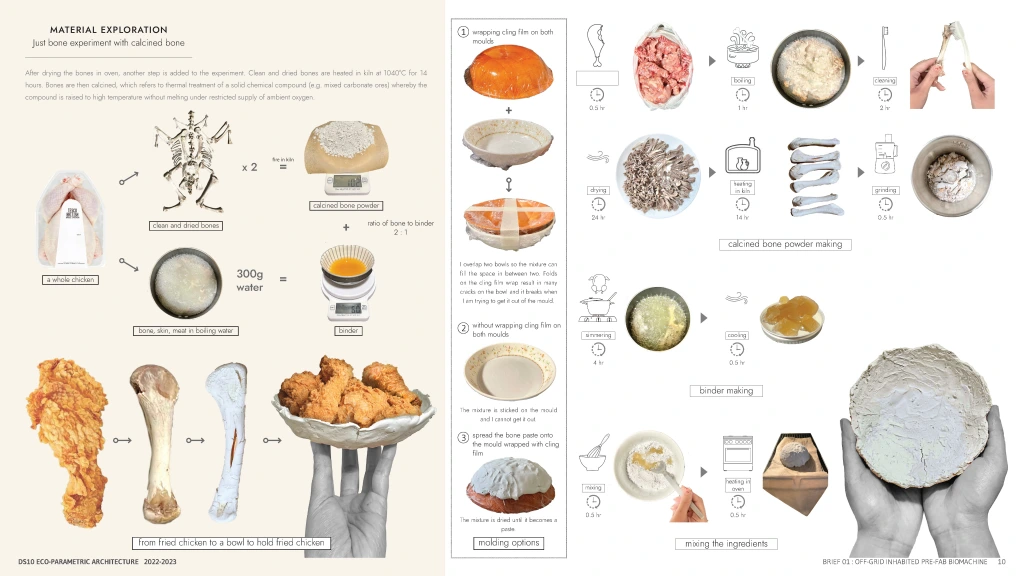
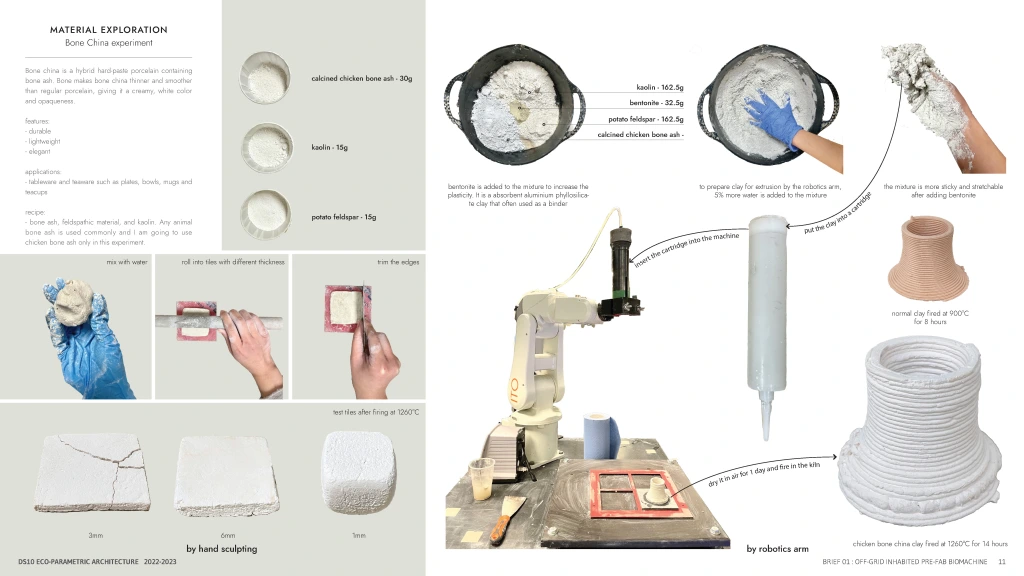
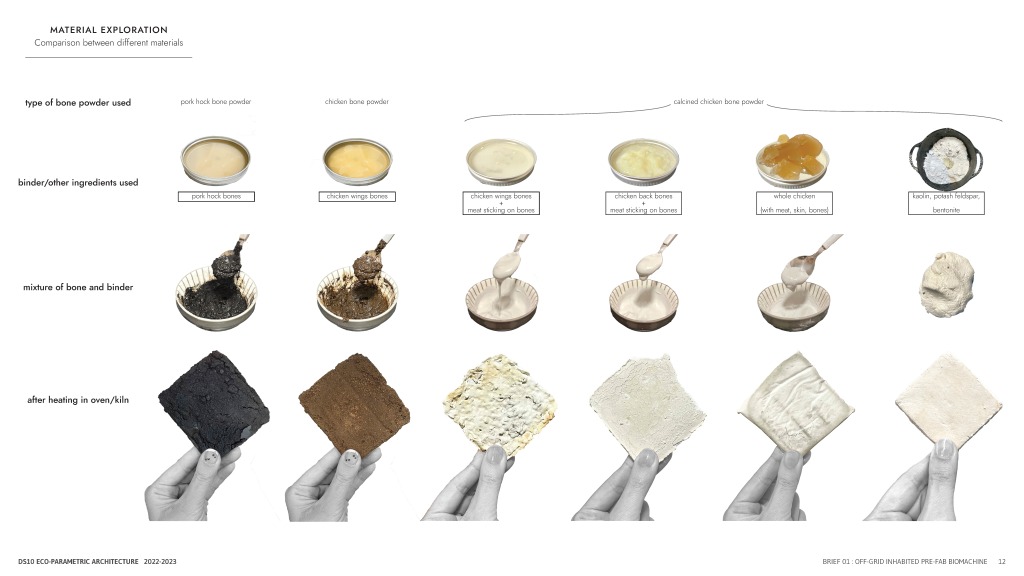
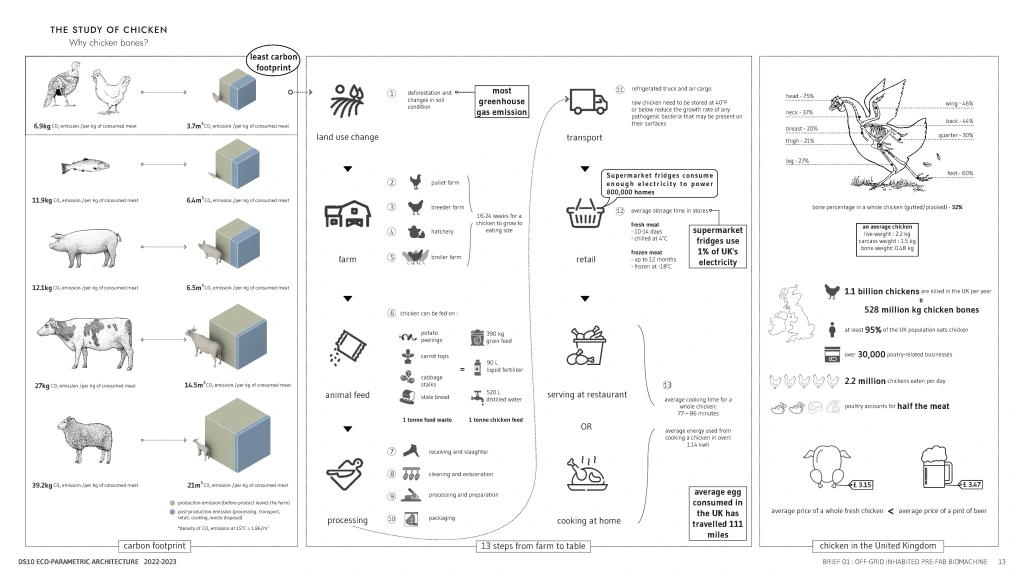
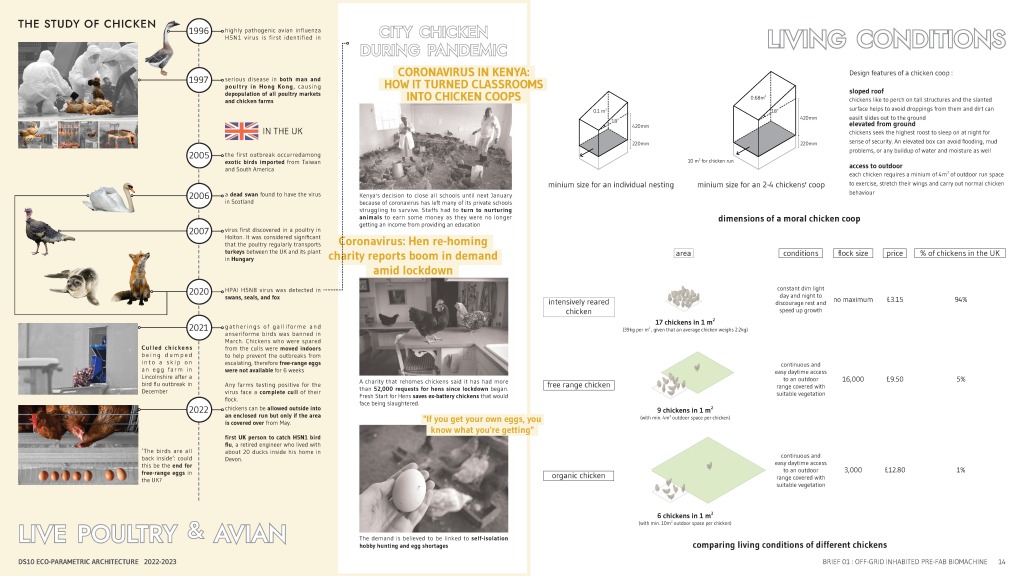
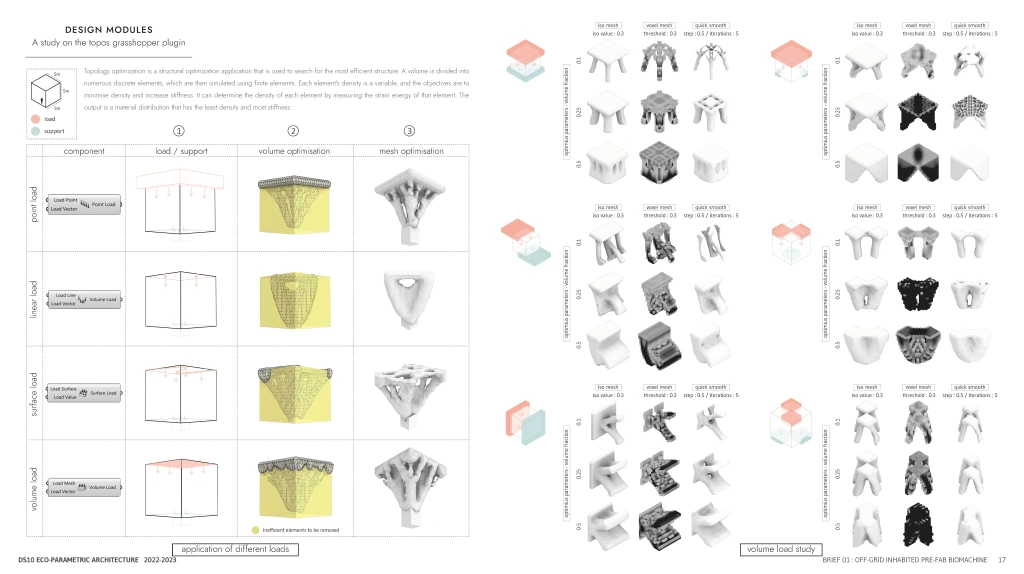
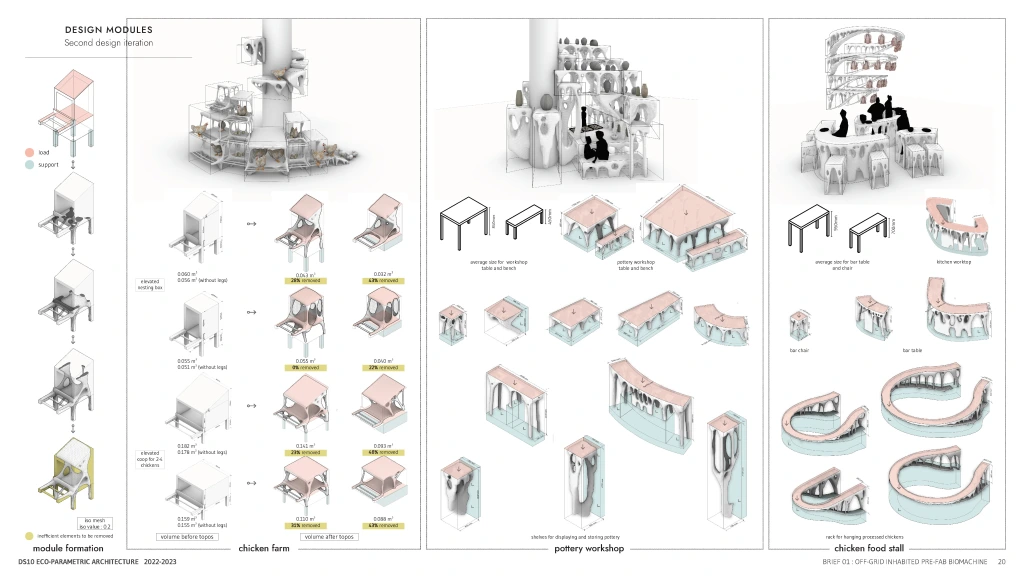
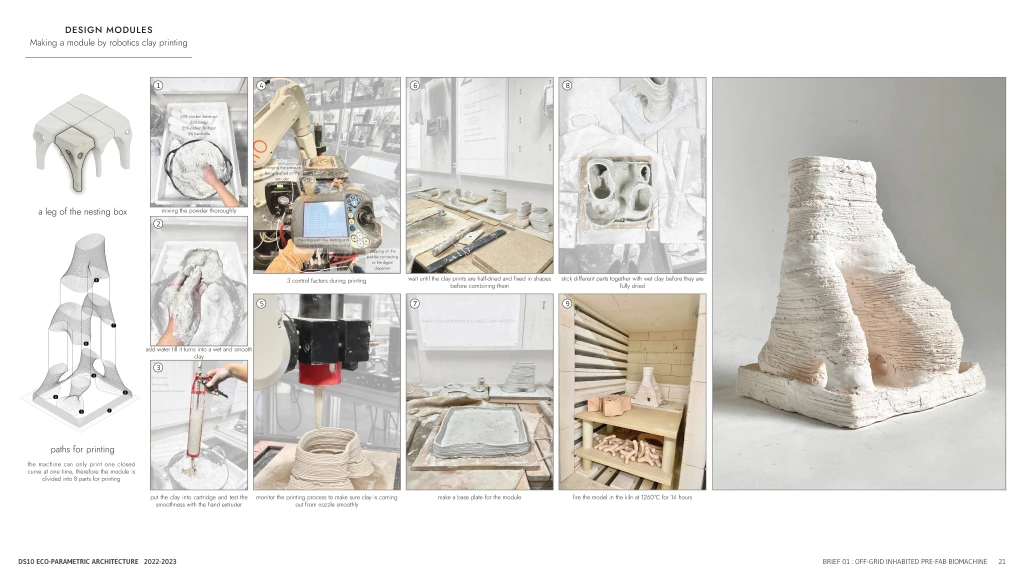
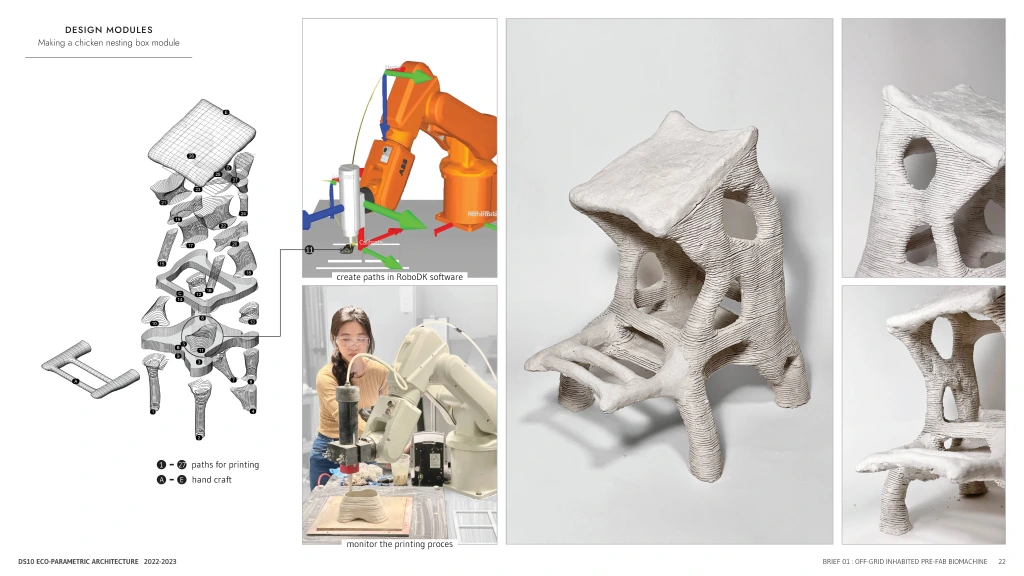
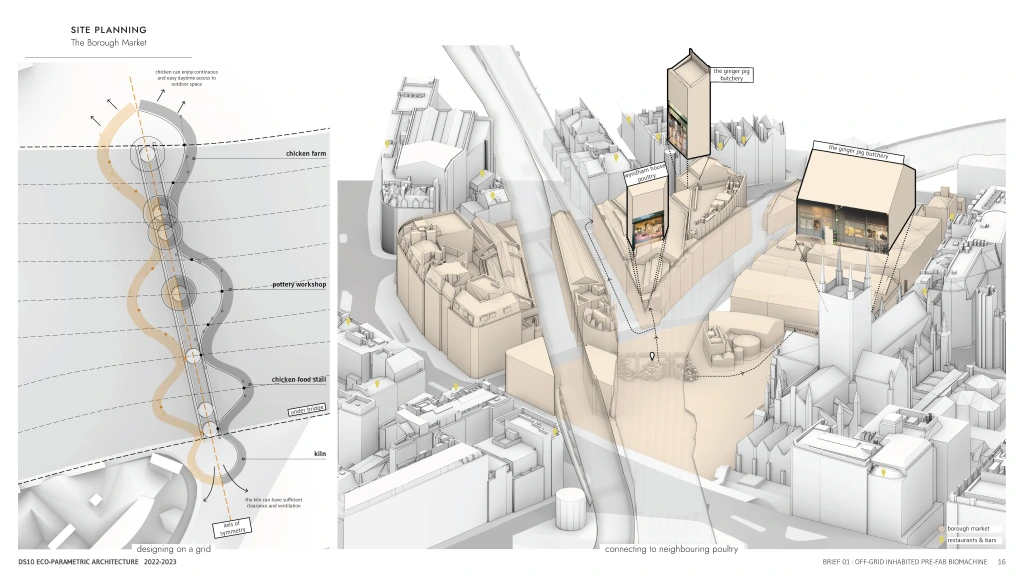
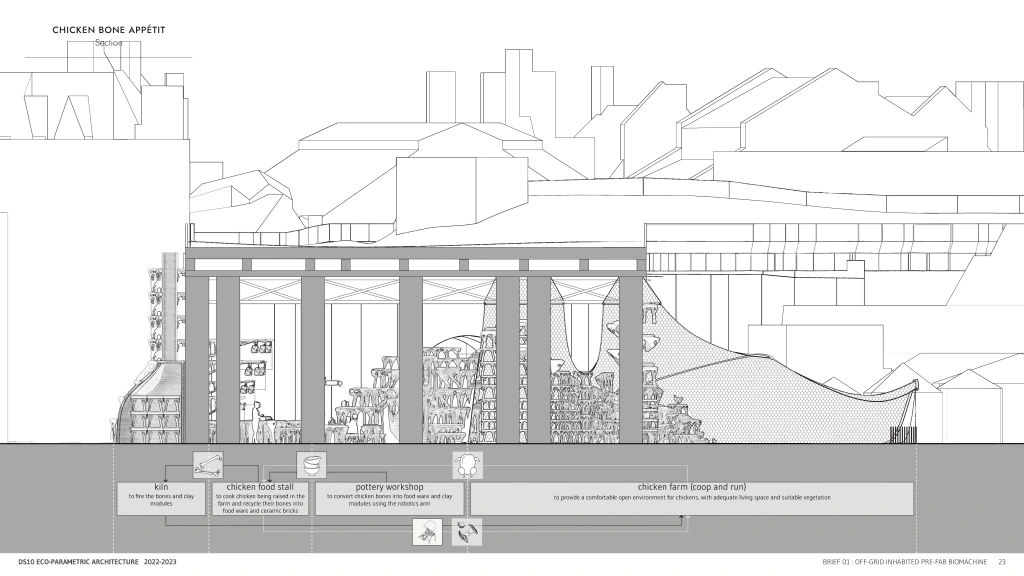
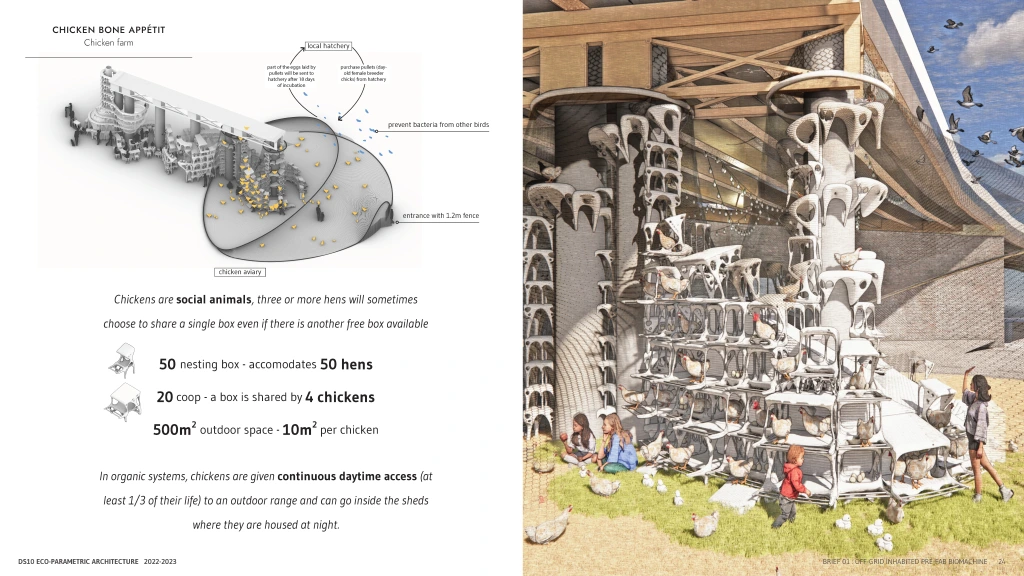
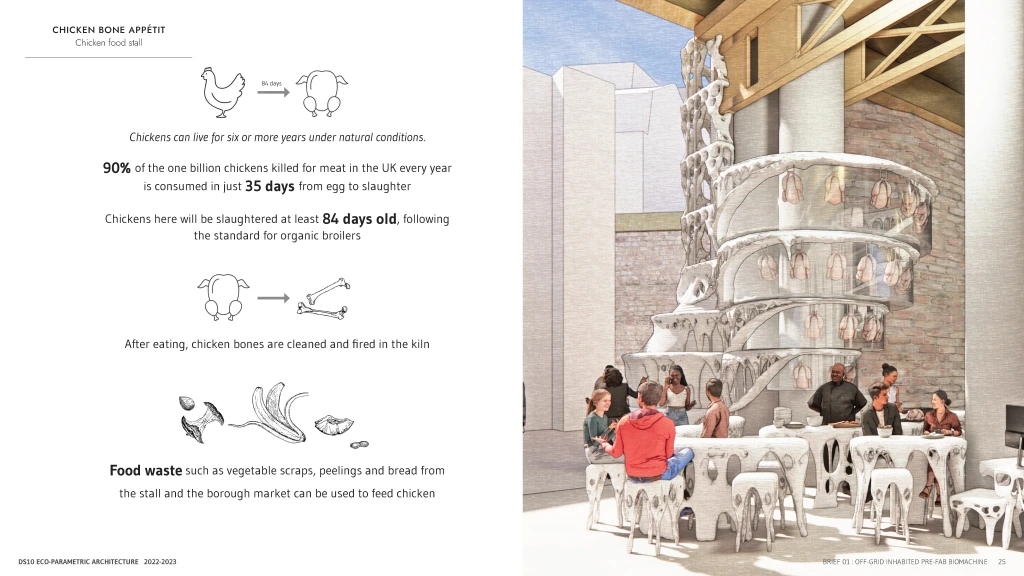
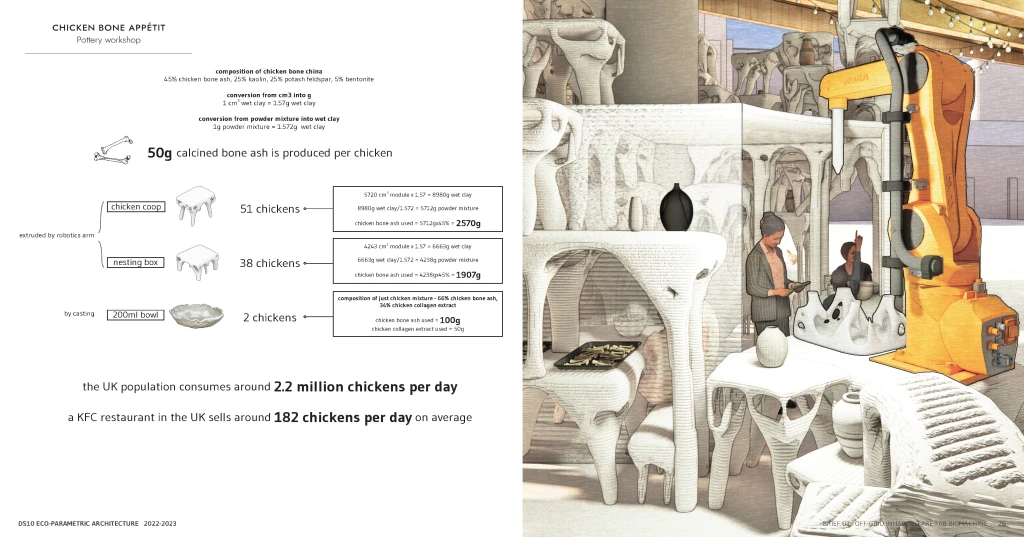
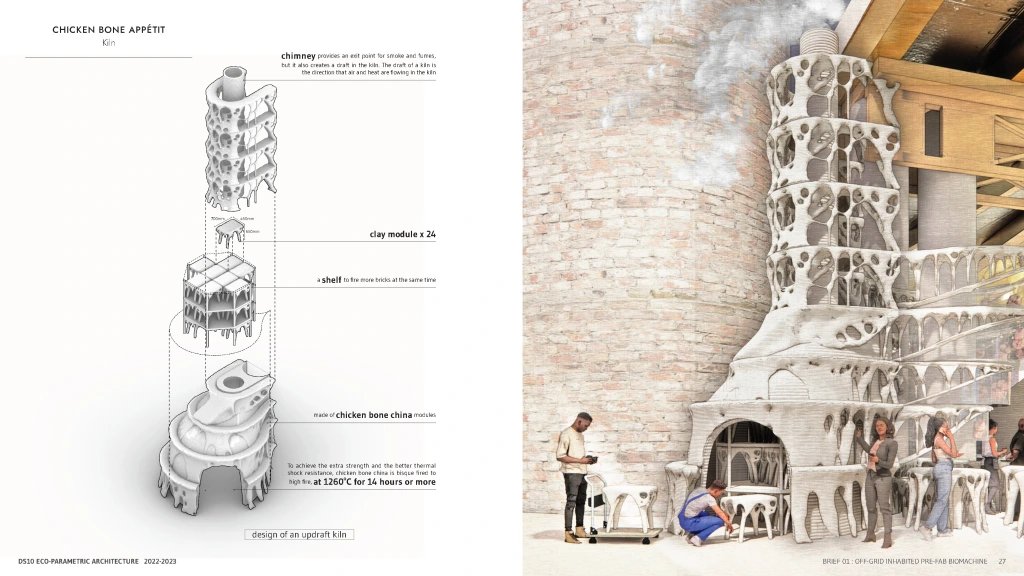
The Bone-to-Build Clucktopia project is is a sustainable living project that aims to revolutionize the way we live, build, and consume. At the heart of this project is the innovative use of chicken bones as building material, transforming what was once considered waste into a valuable resource.
The project begins with the happy chickens that live in Clucktopia’s spacious and comfortable coops, where they are free to roam, perch, and scratch. These happy chickens provide more than just eggs and meat – they also produce an abundance of bones that would otherwise go to waste.
The use of chicken bones as building material is just one aspect of Clucktopia’s sustainable living approach. The project also includes a farm-to-table restaurant, where visitors can enjoy educational experiences, such as tours of the farm and workshops on sustainable living practices.
Clucktopia is not just a farm, but a social hub that brings people together and empowers the community through sustainable living practices. The project is a solution to the growing problem of waste and the need for sustainable living practices.
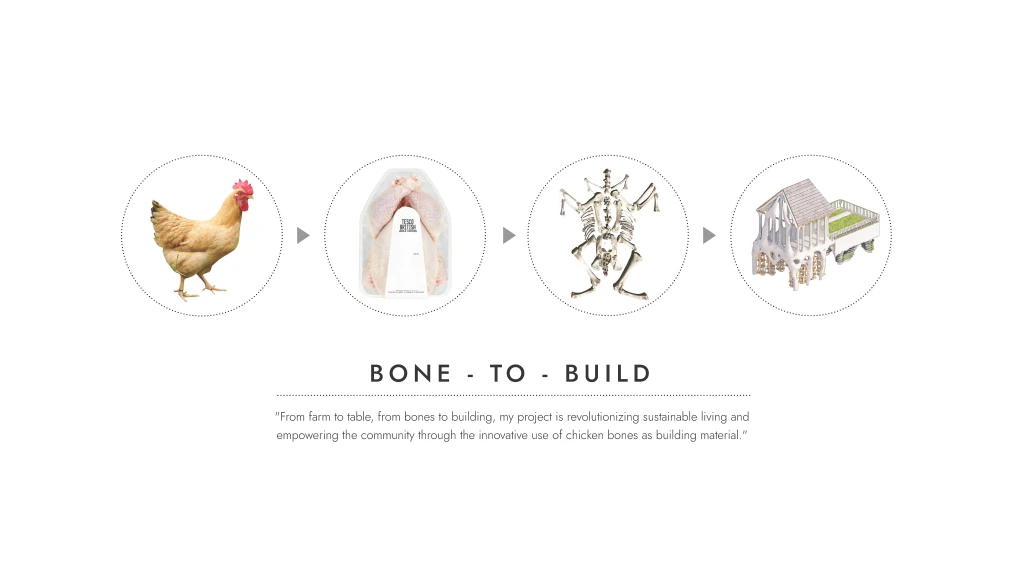
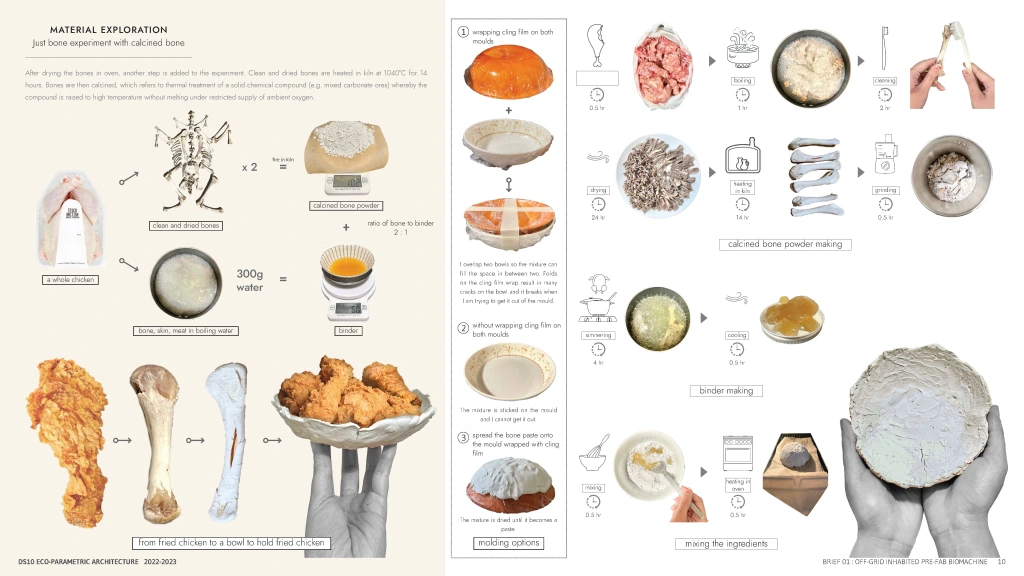
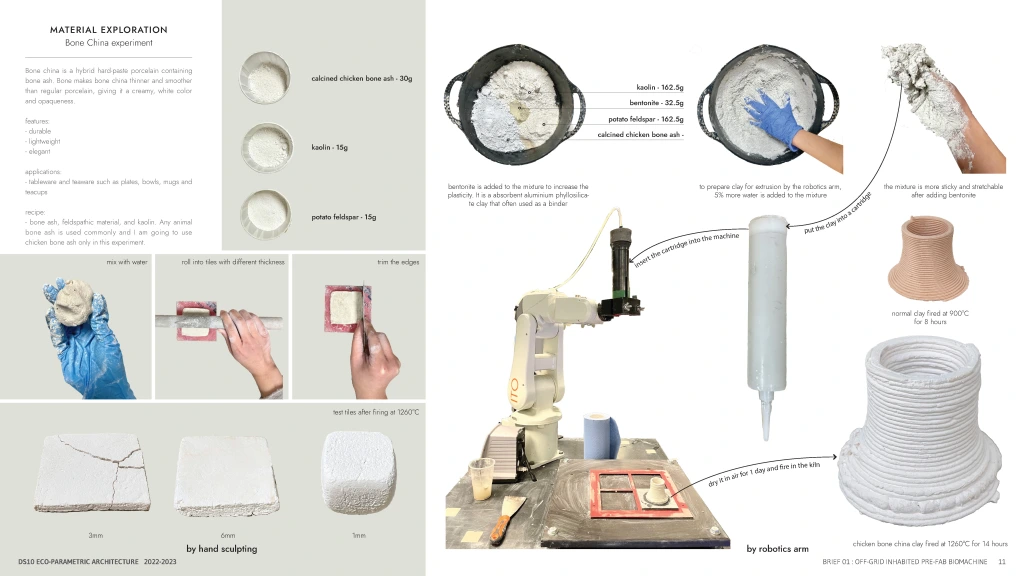
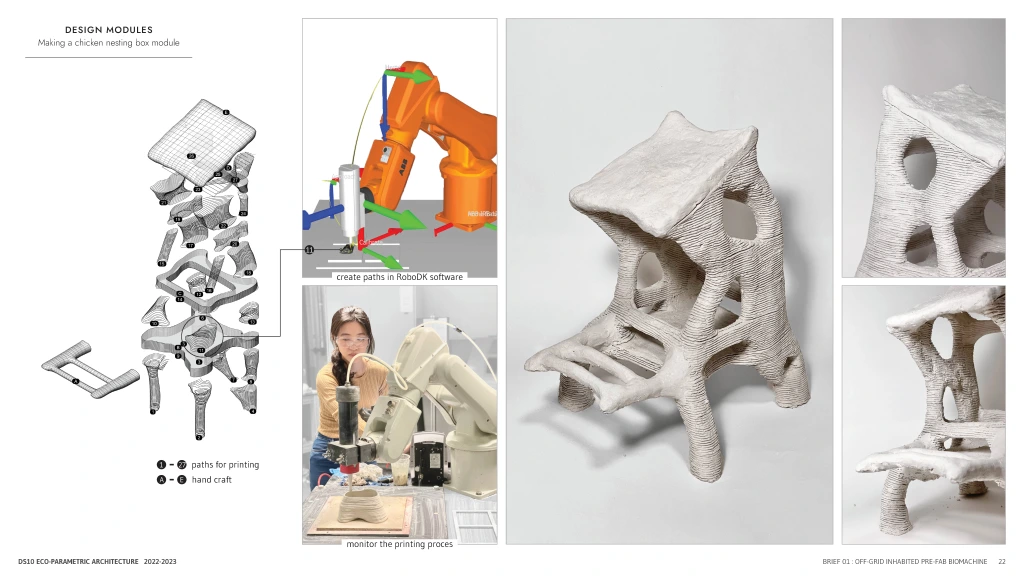
Material Research
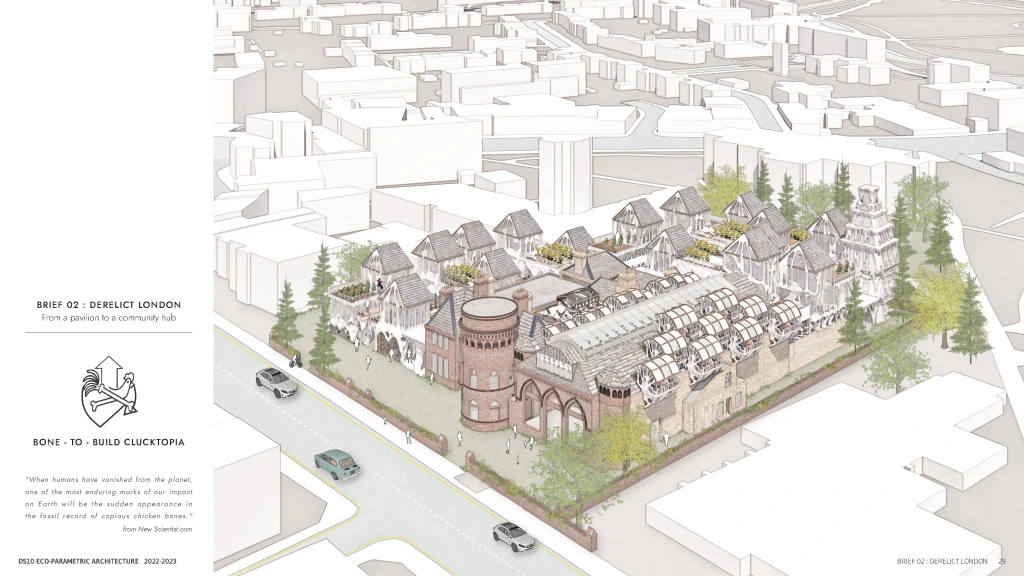
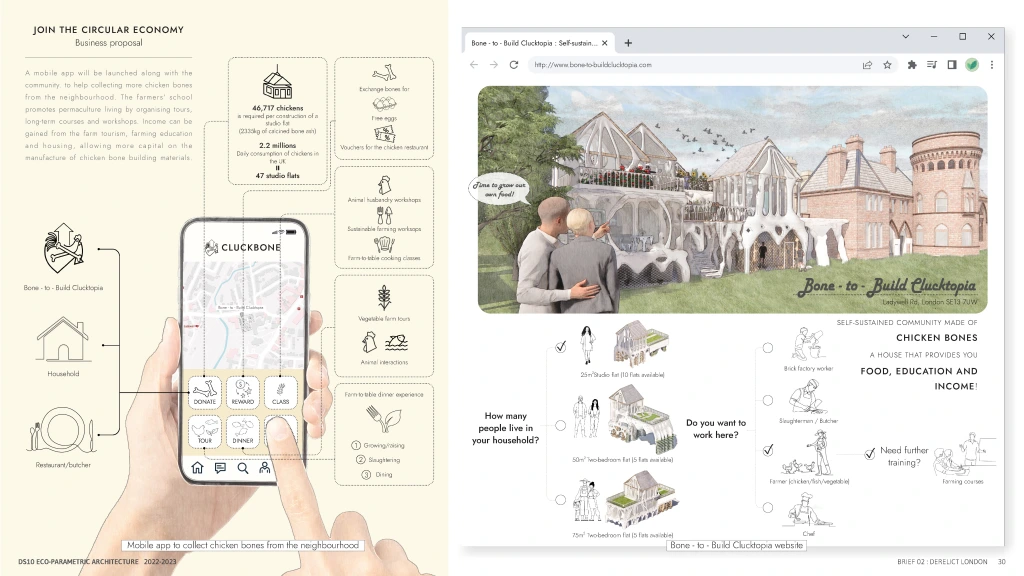
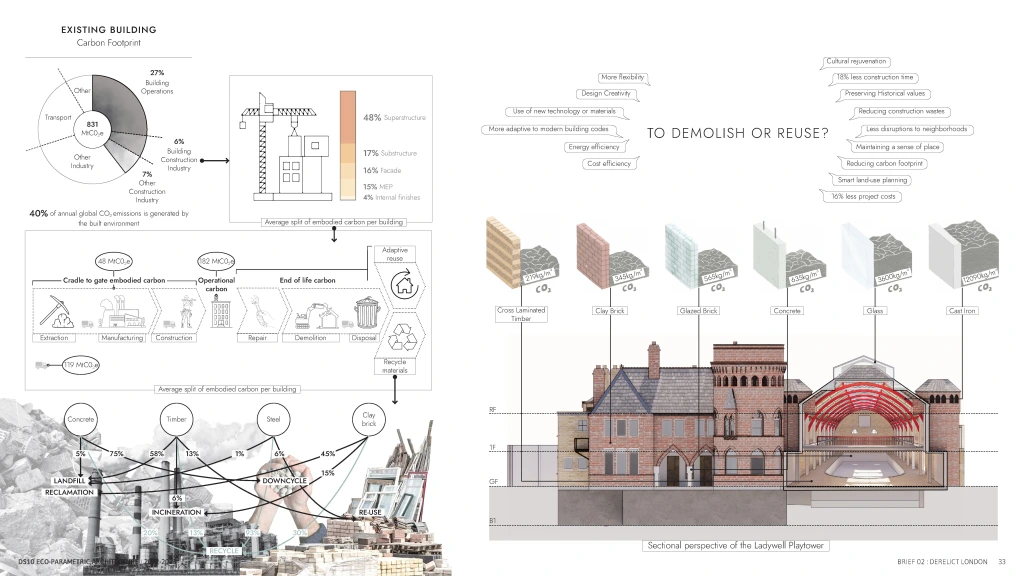
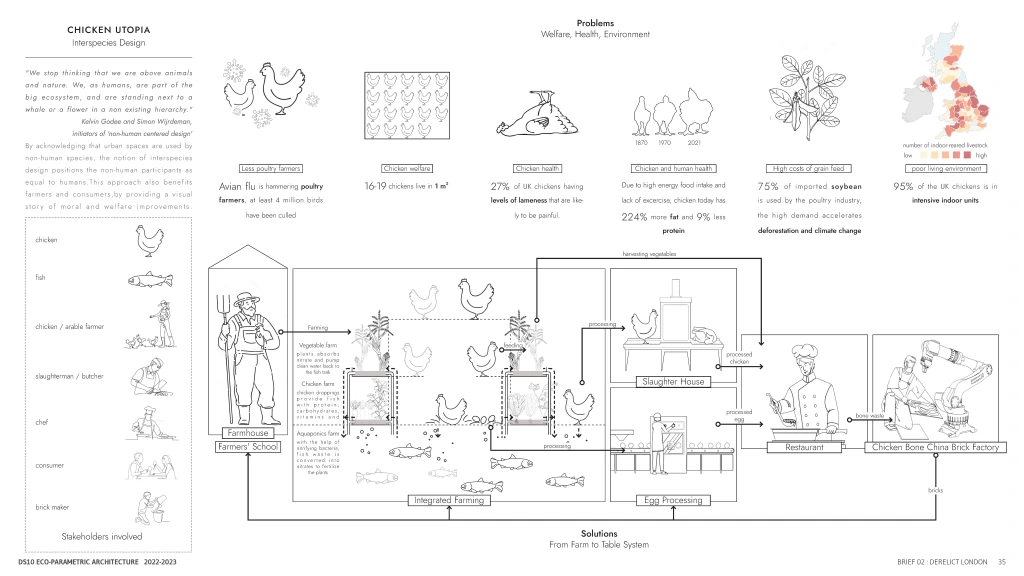
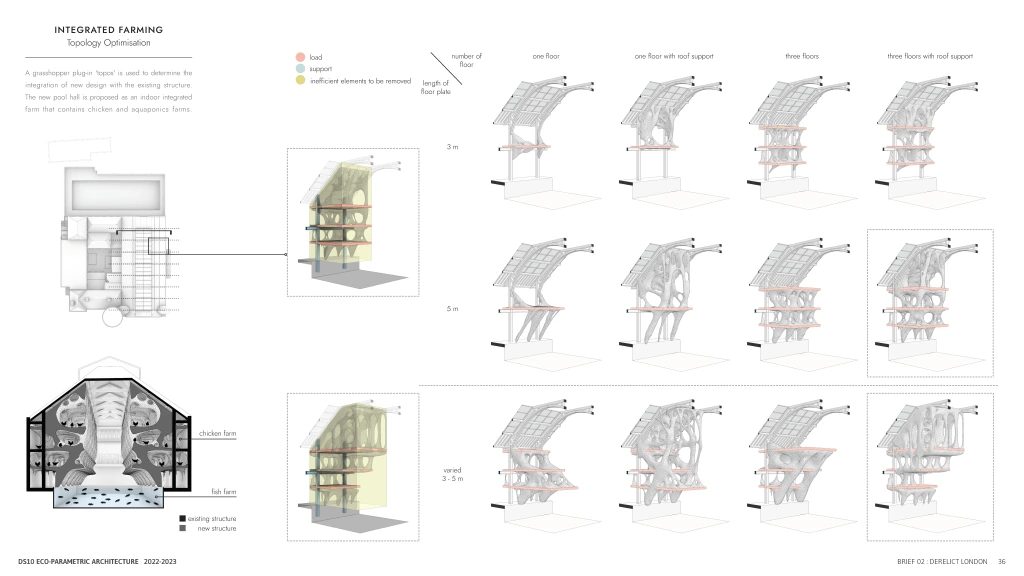
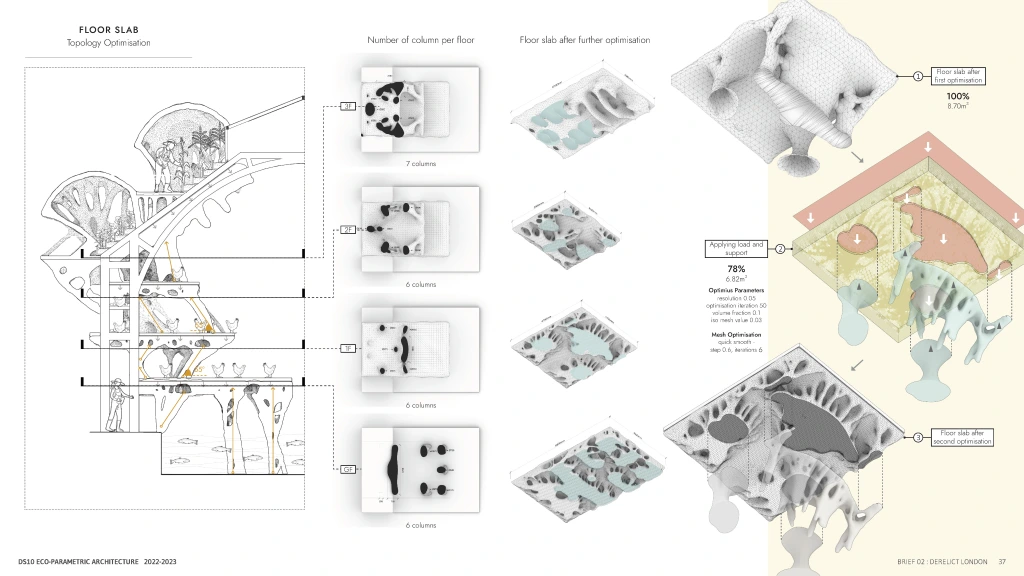
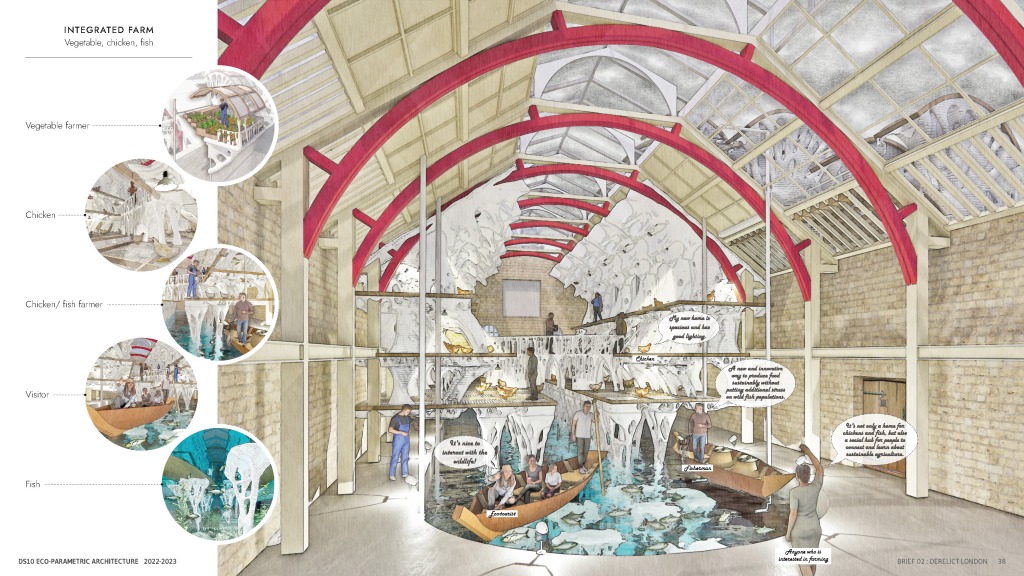
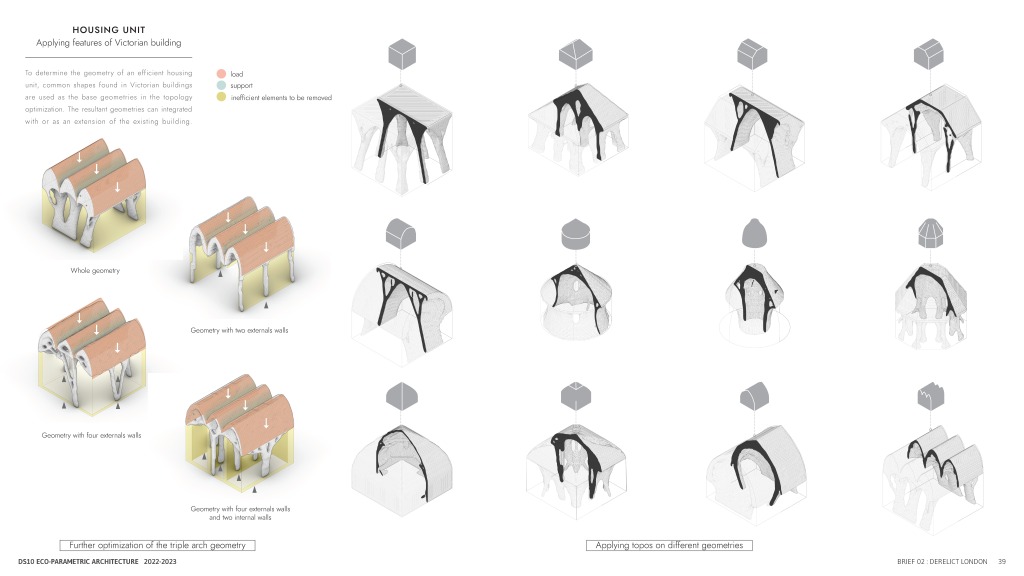
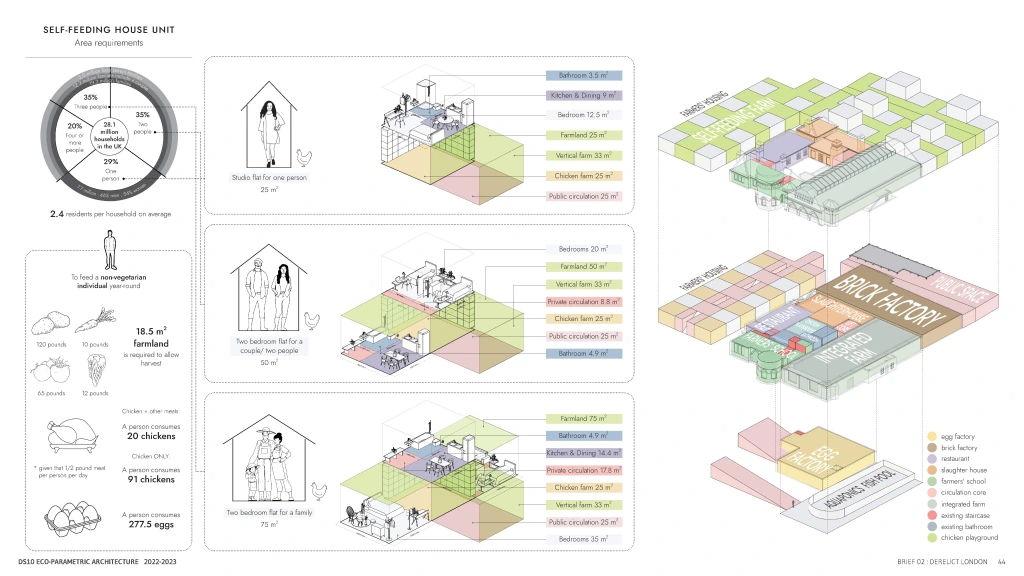
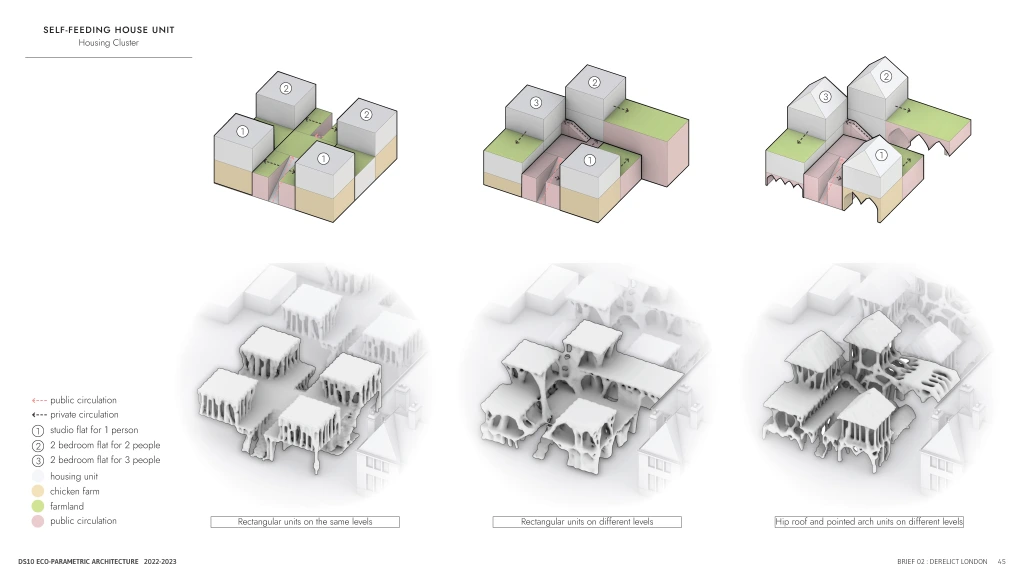
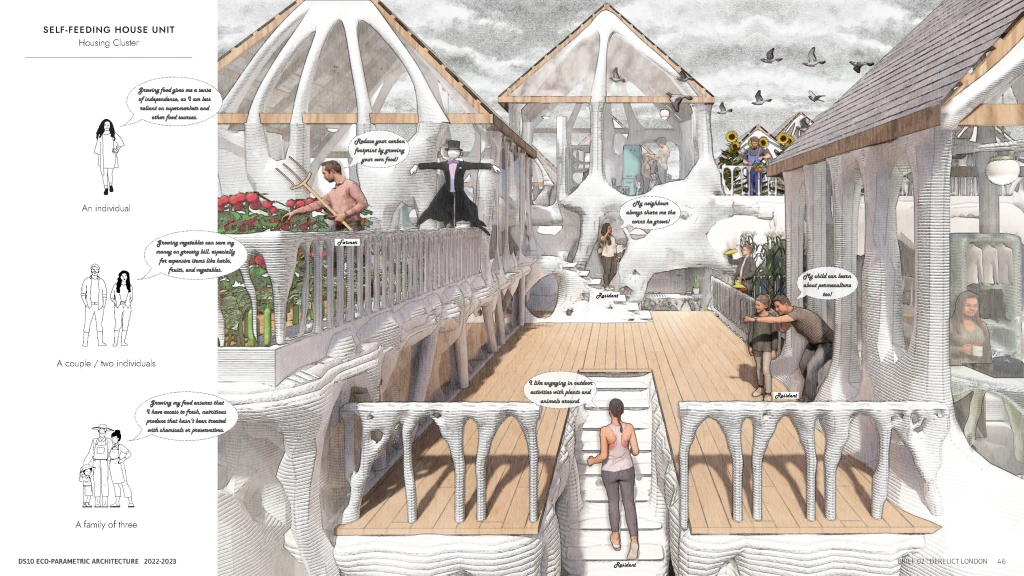
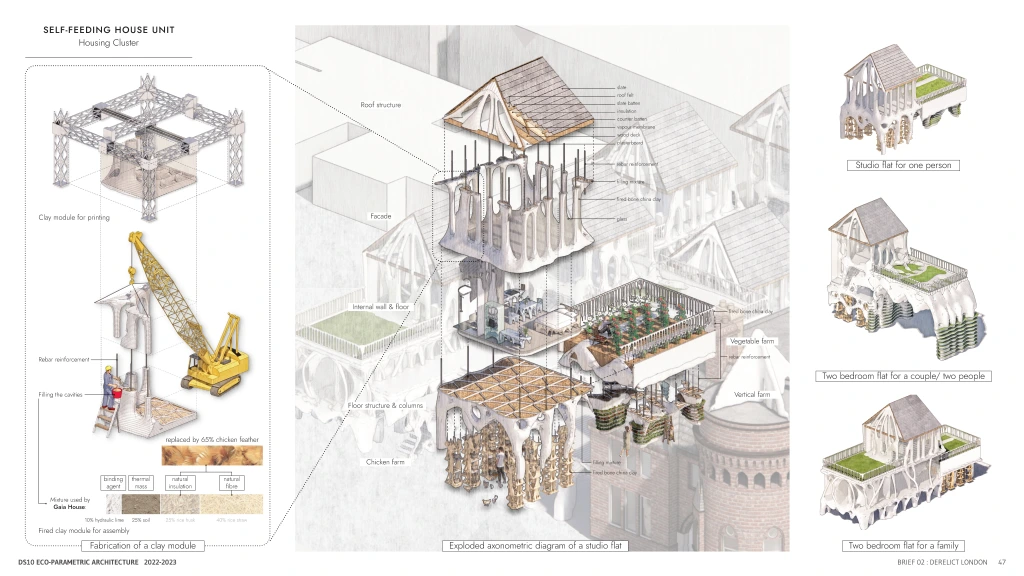

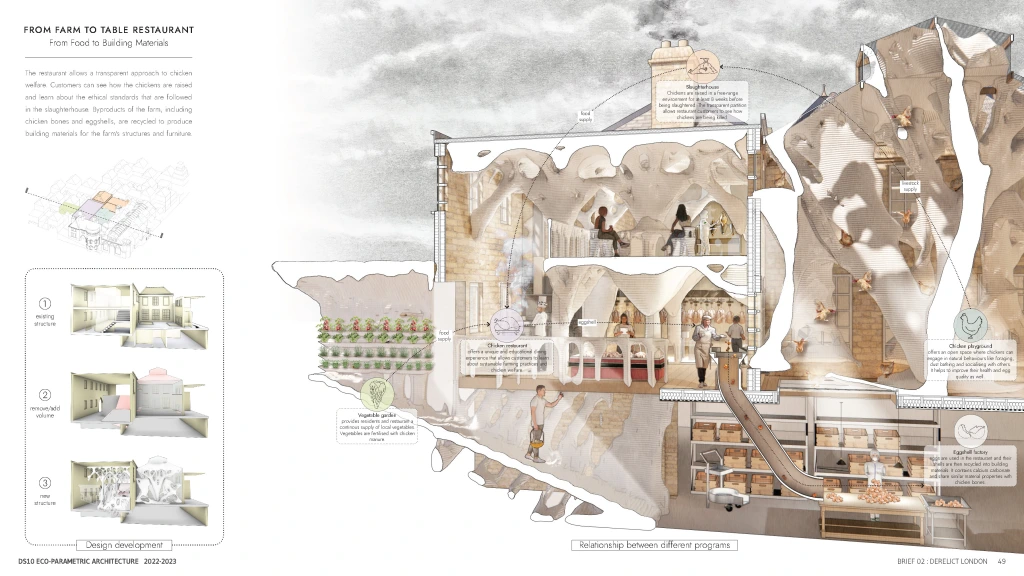
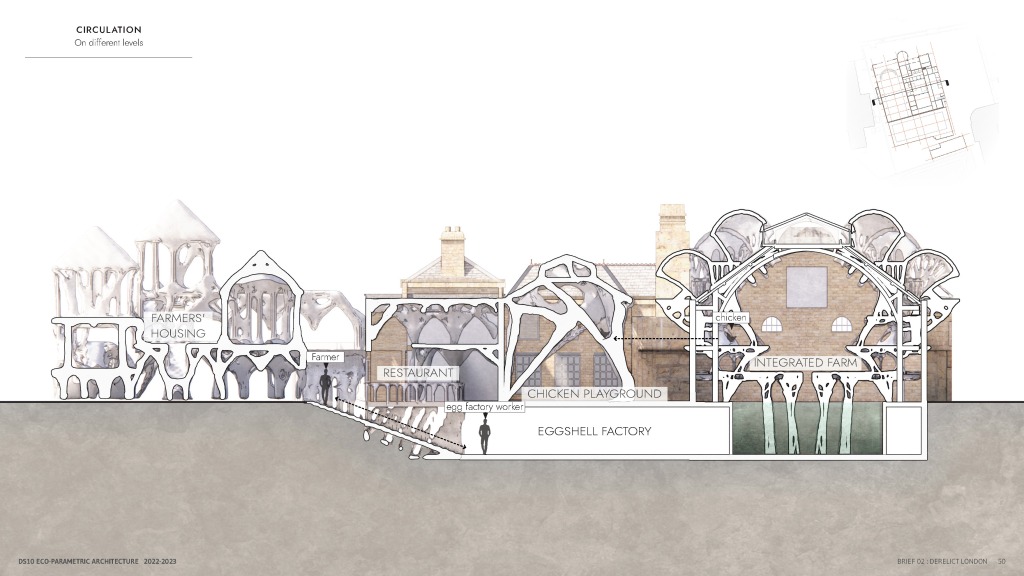
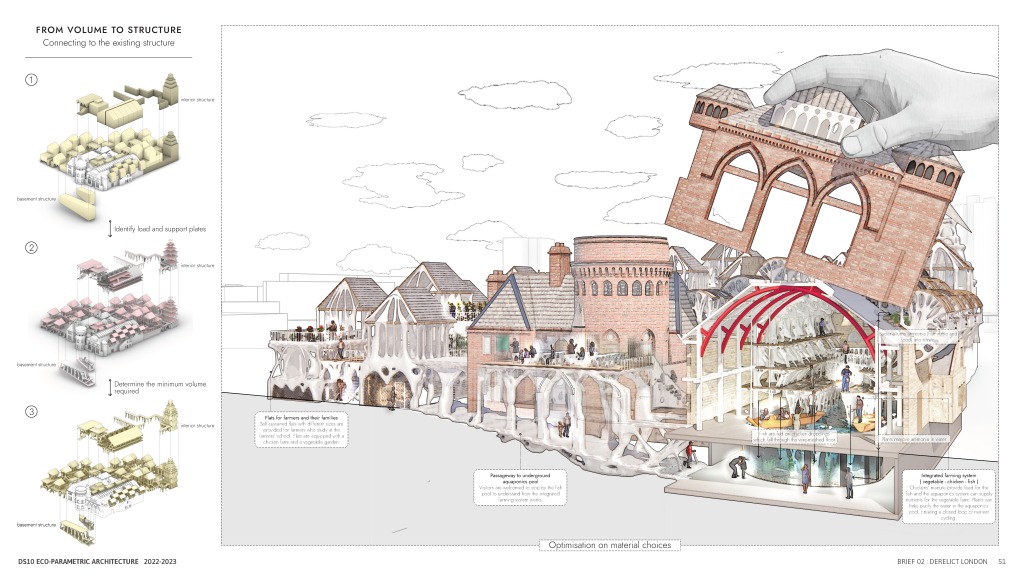
In Brief01 proposal a series of WeBreathe working pods acted as a scalable product under WeWork either on a subscription basis or one-off time. In Brief02 I looked at the new subscription economy and how it can help some of the issues we face in London, other than air pollution, such as the housing crisis, changing labour markets and the need to create a professional network/ecosystem for young professionals.
Subscription and pay-as-you-go businesses are undermining an idea that has been entrenched in our collective psyche since the foundation of capitalism: that you have to own something to use it and enjoy it. As noted in a report by The Economist, “80% of customers are demanding new consumption models including subscribing, sharing and leasing – anything except buying a product outright.”
The Subscription Model
Relevant examples leading to the subscription model include ROAM which is a worldwide community of co-living and co-working and PodShare with multiple locations in Los Angeles.
The motivations of building a subscription community are:
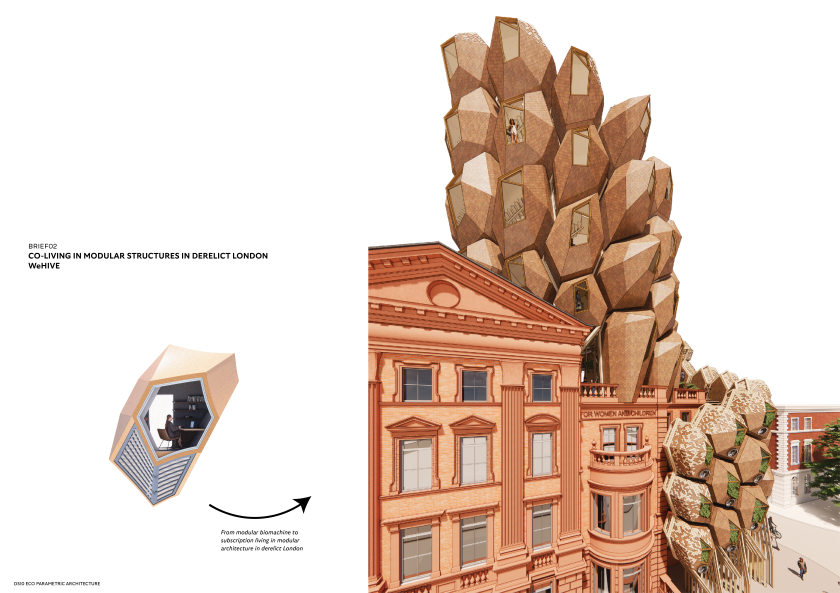
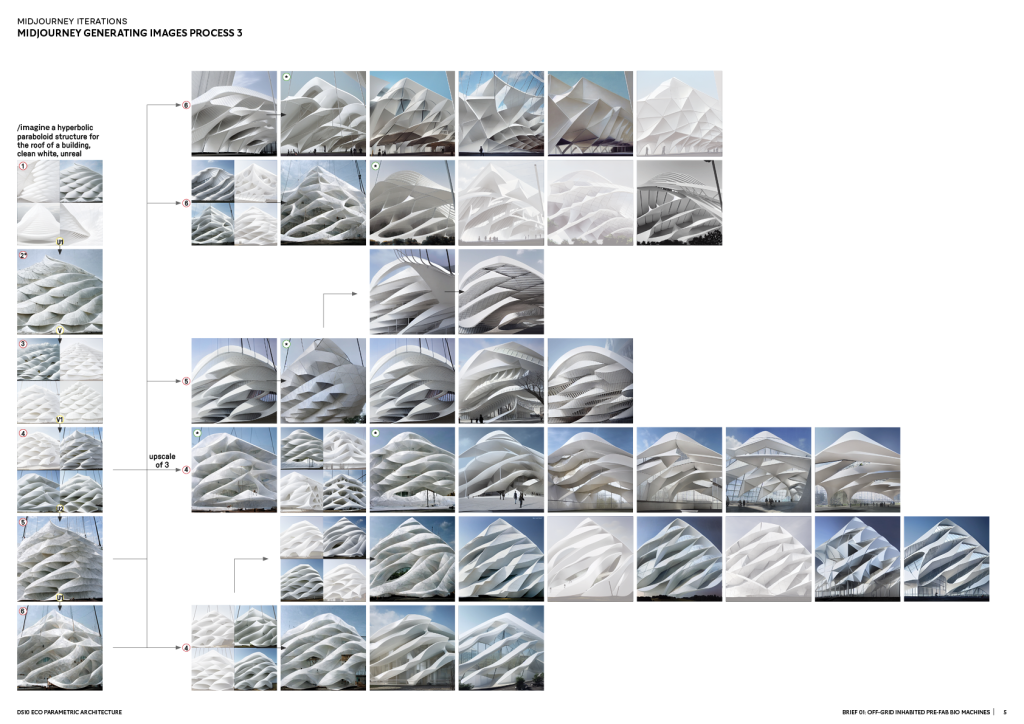
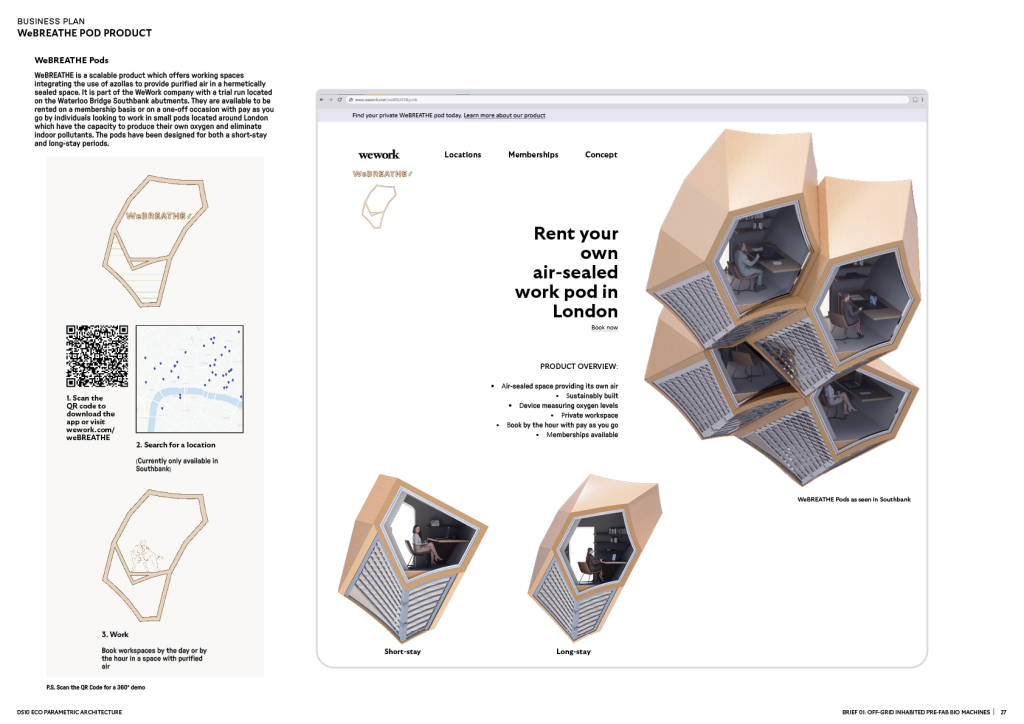
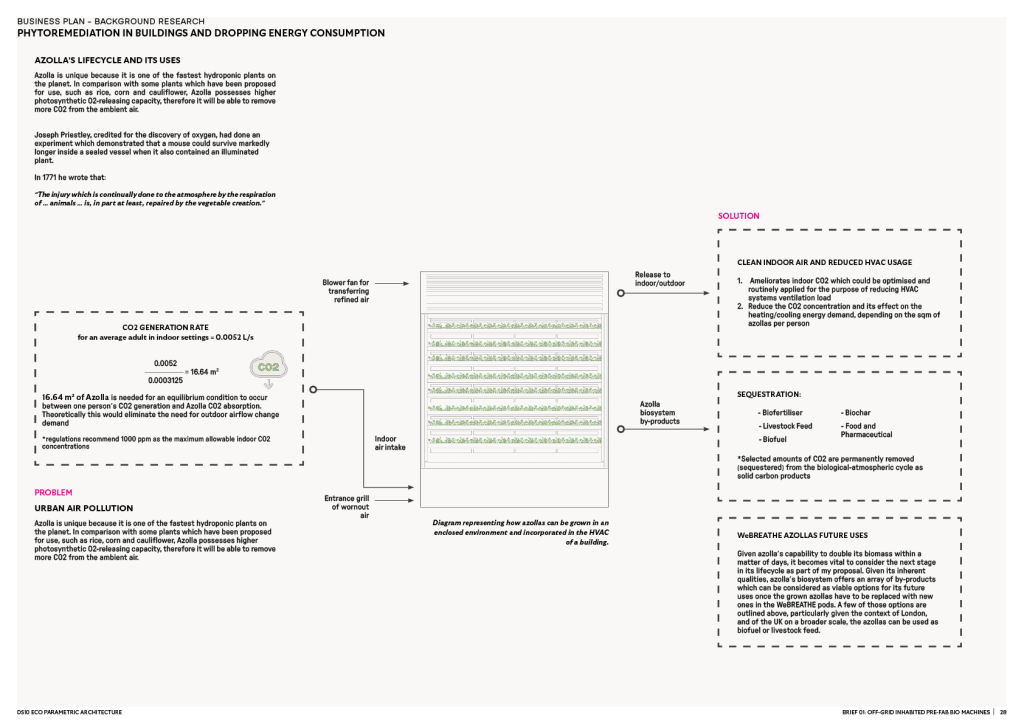
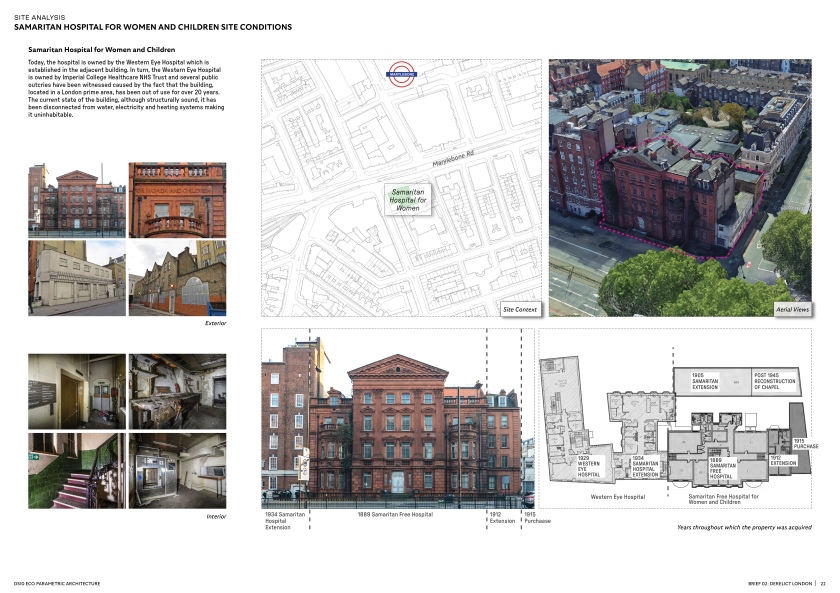
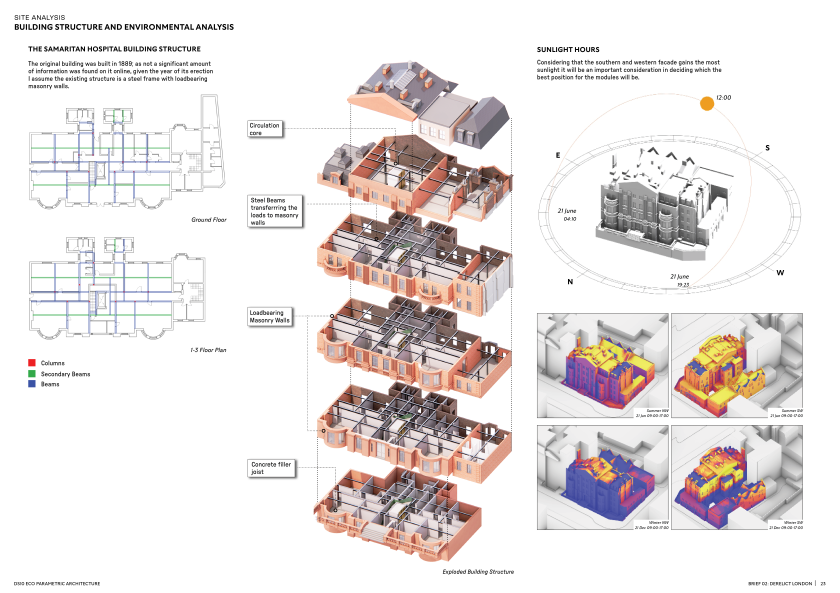
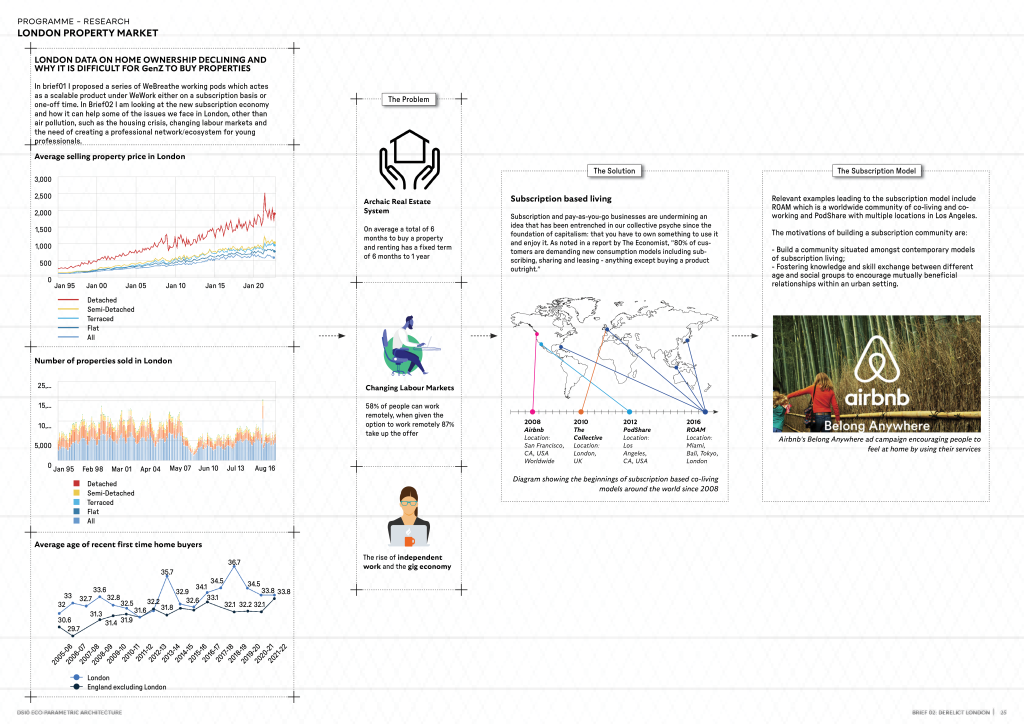
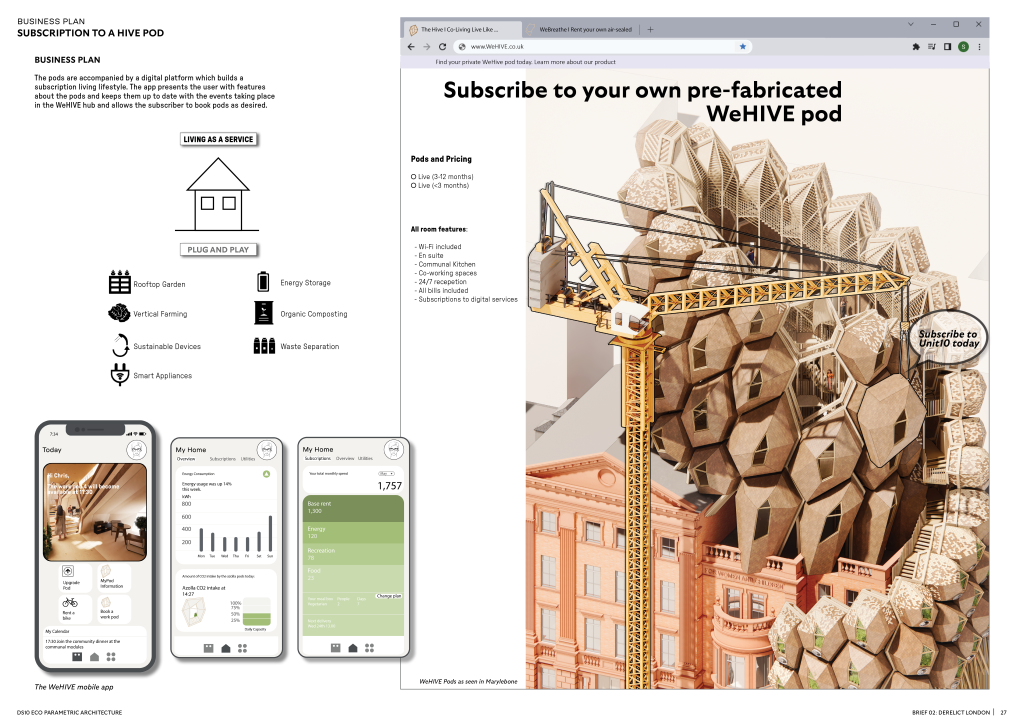
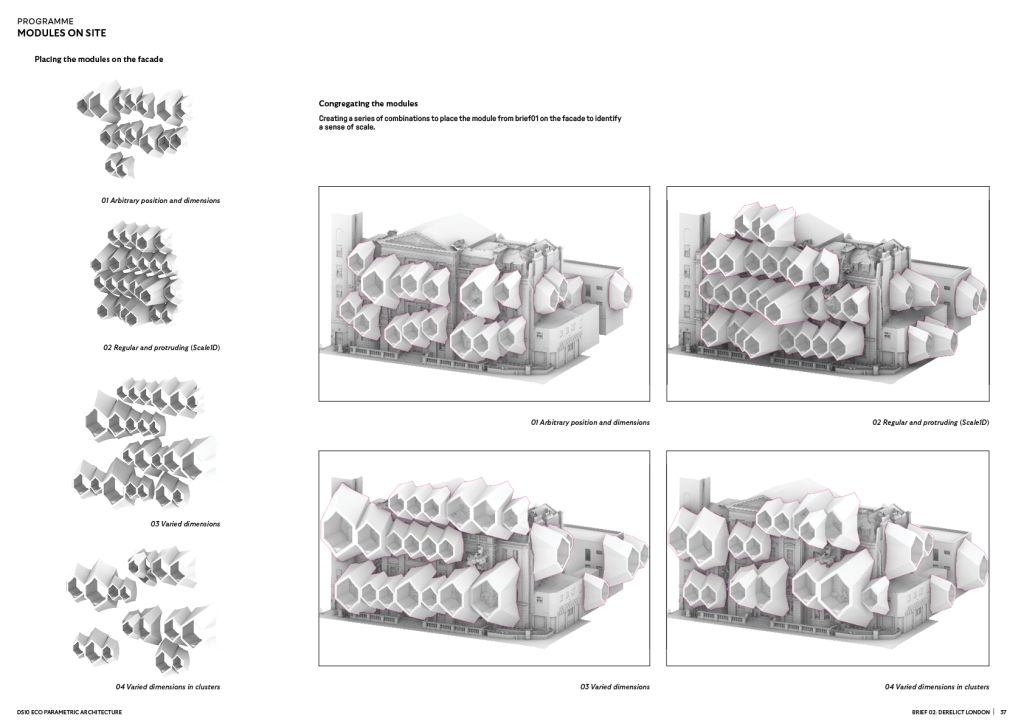
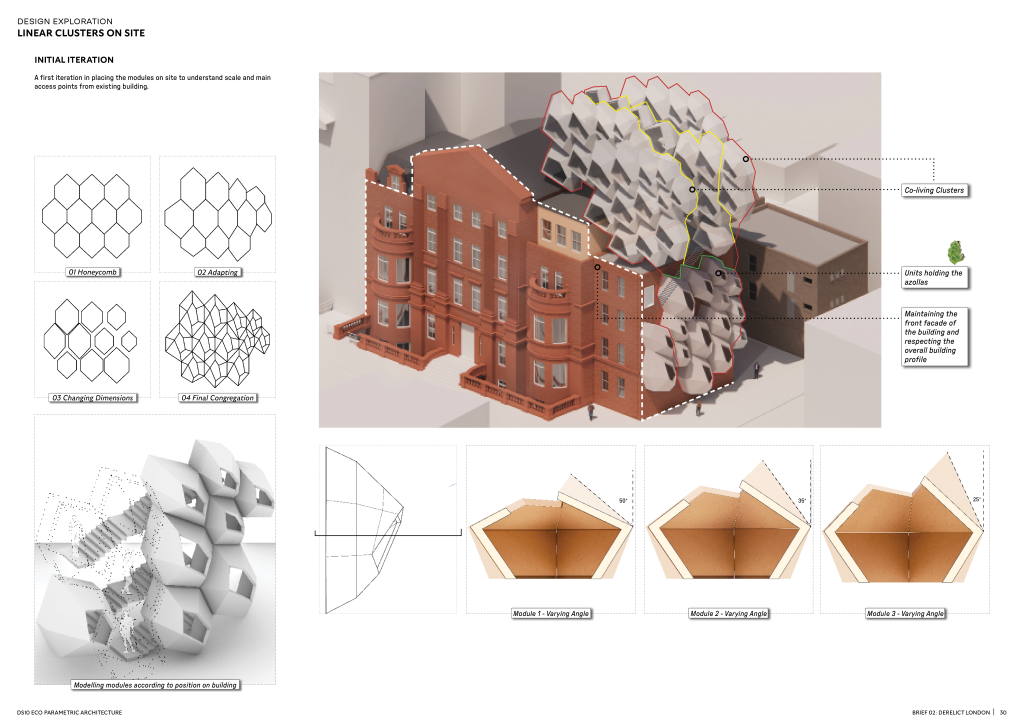
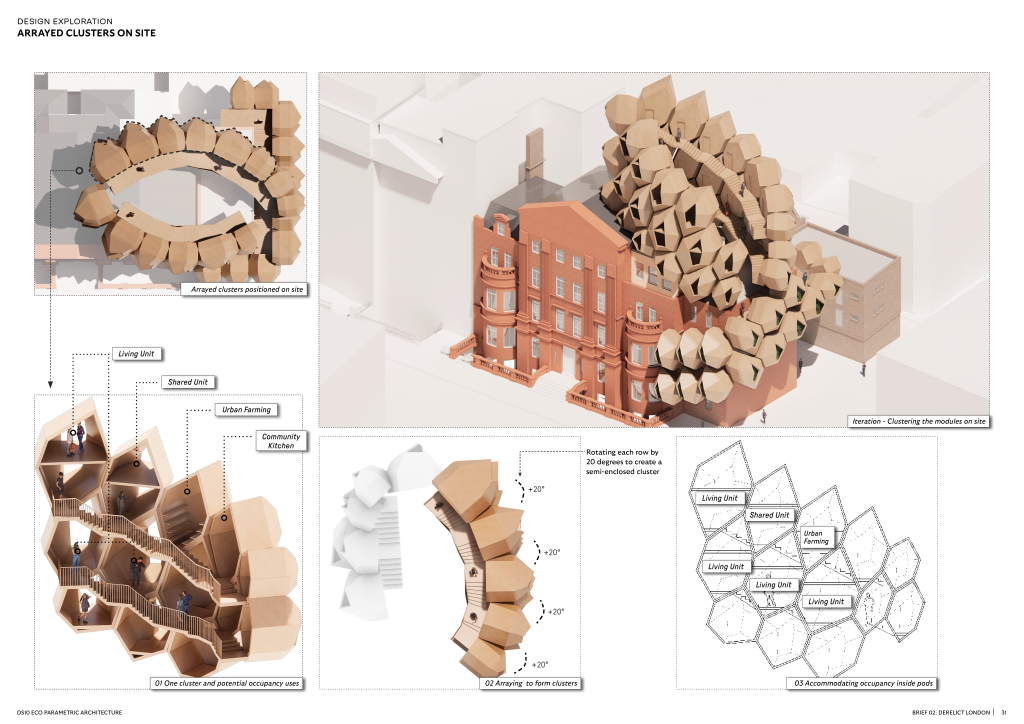
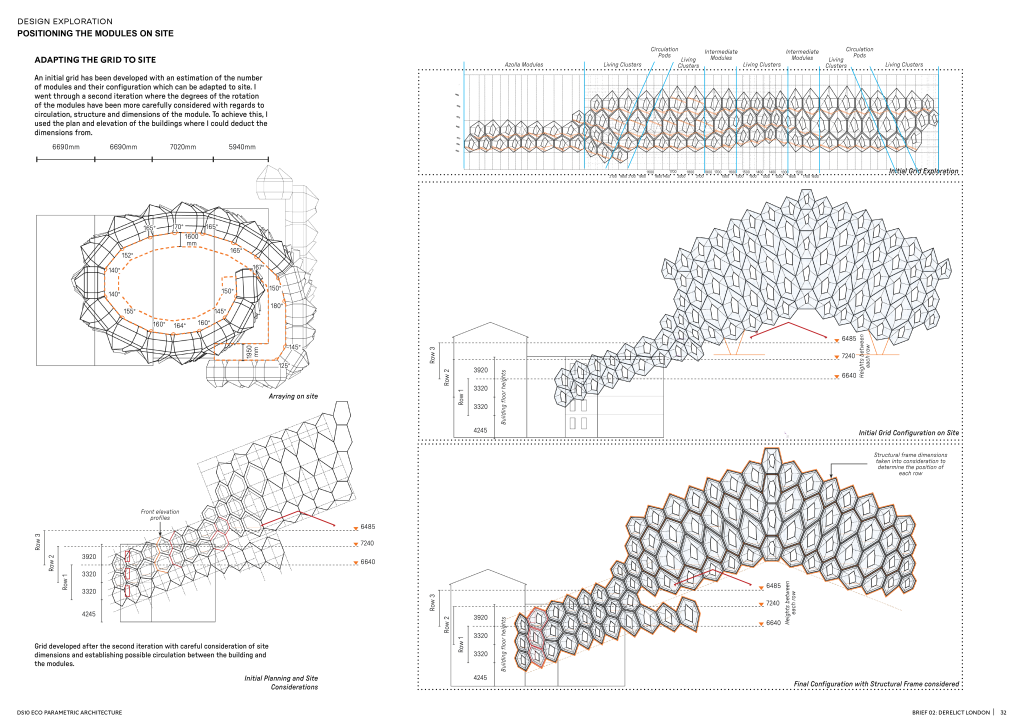
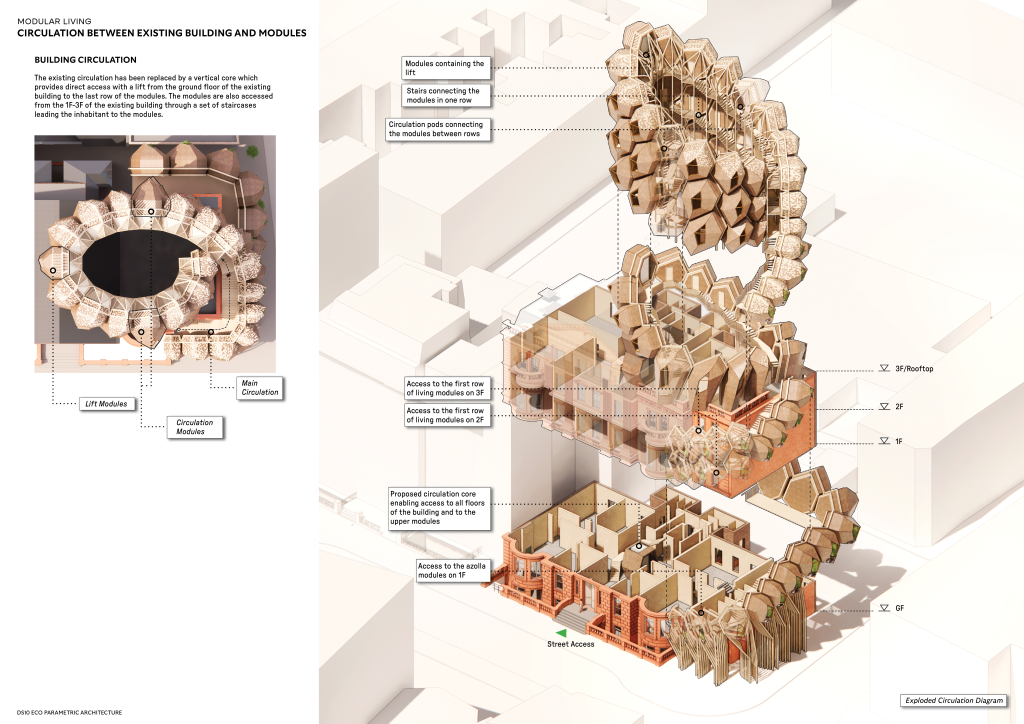
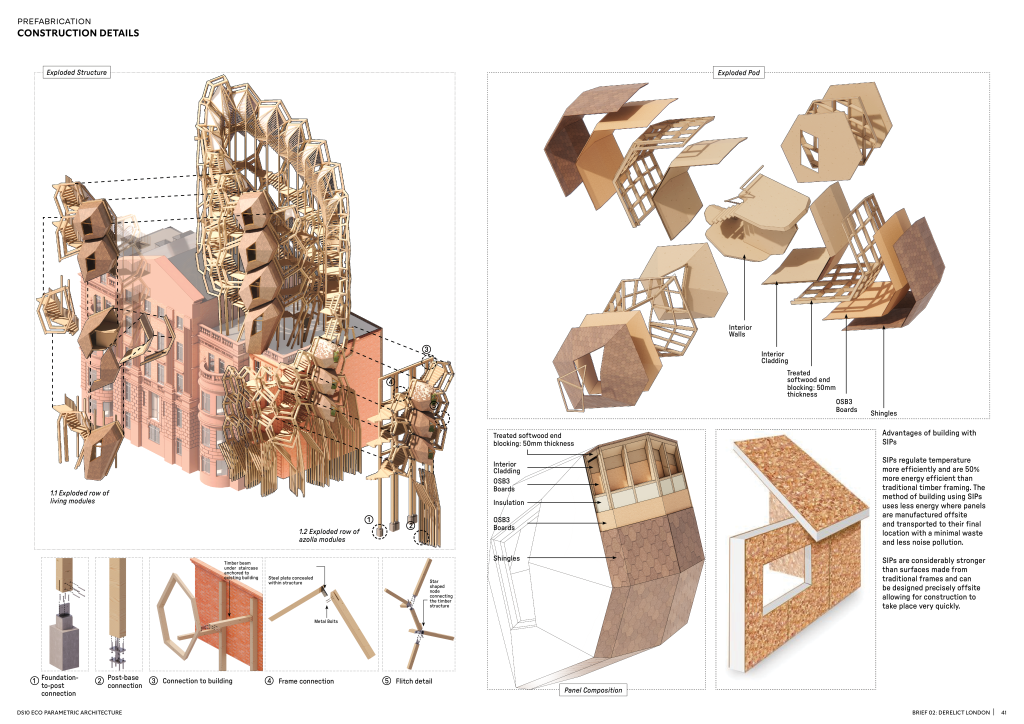
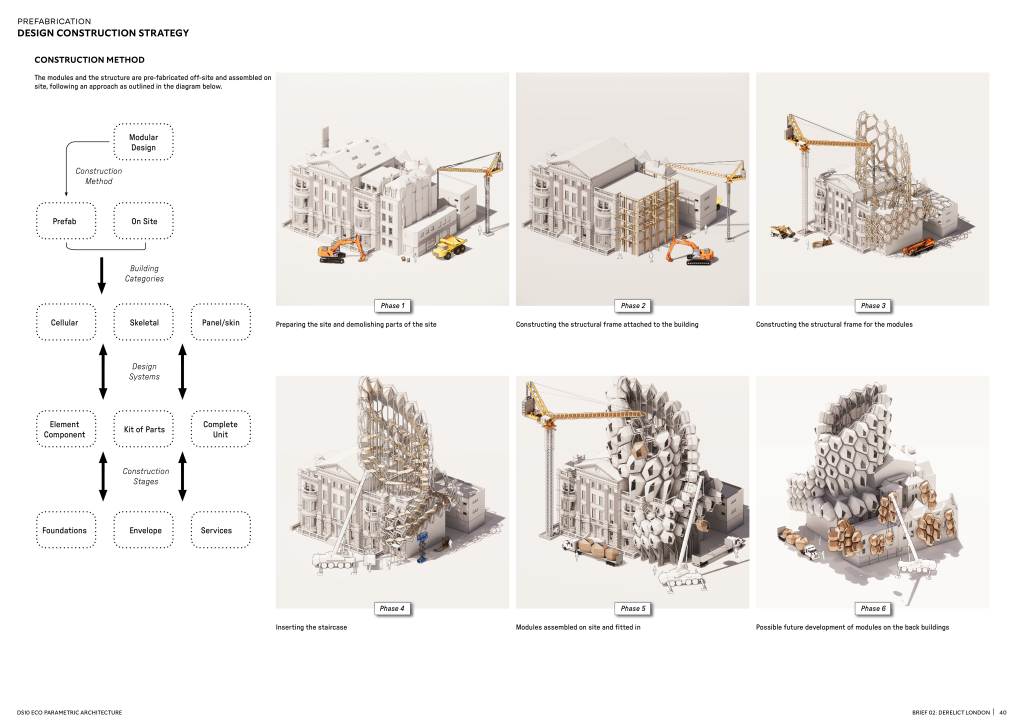
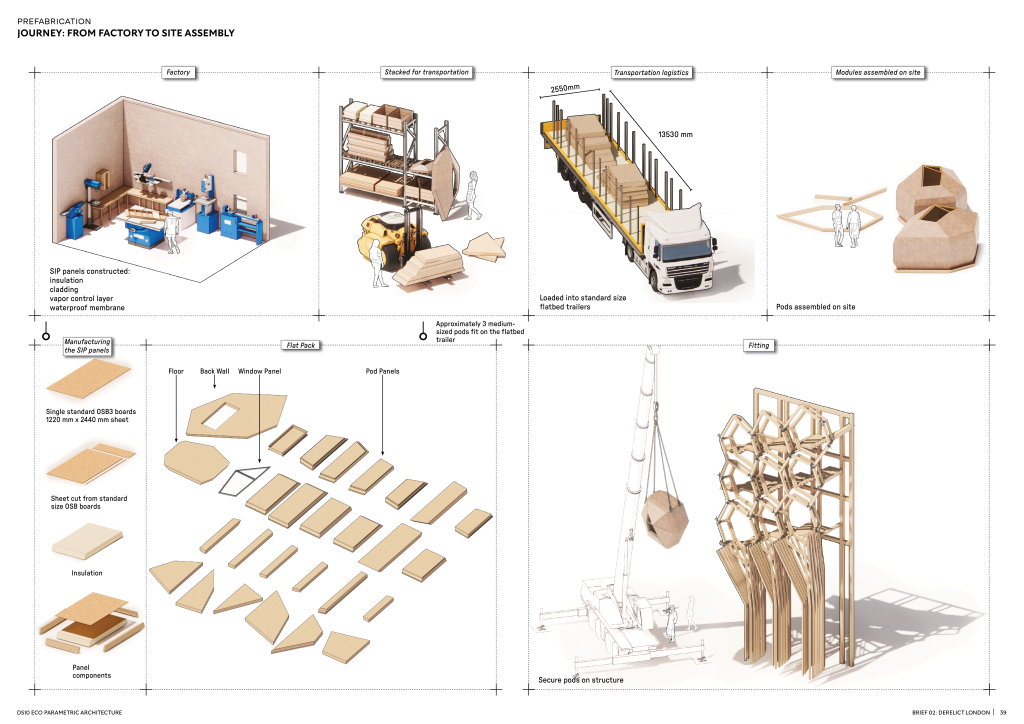
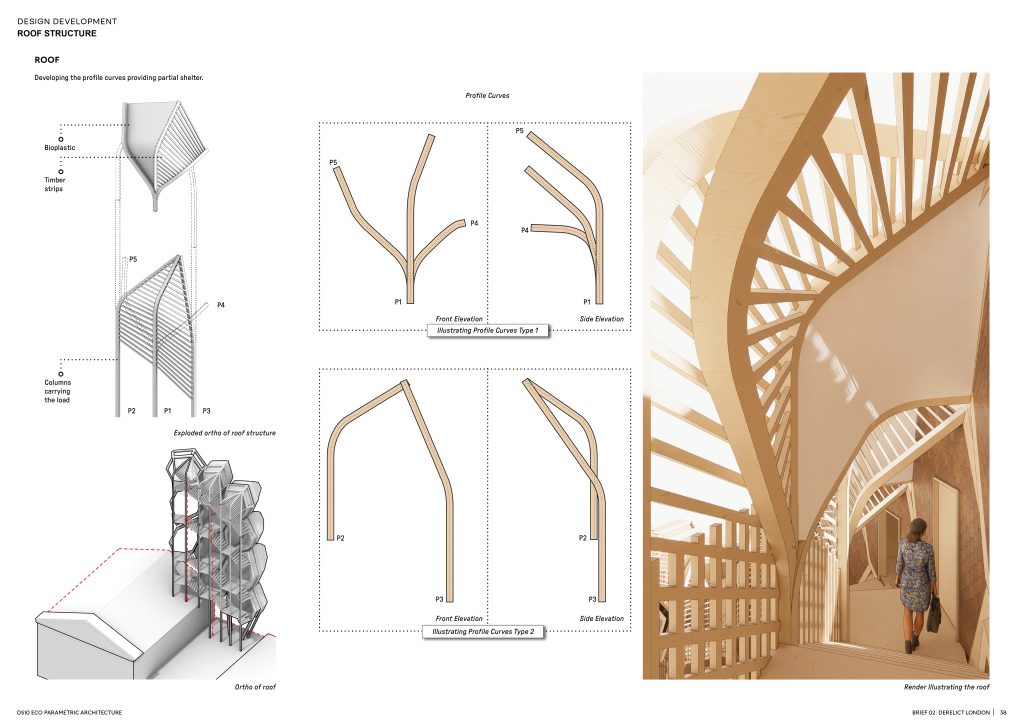
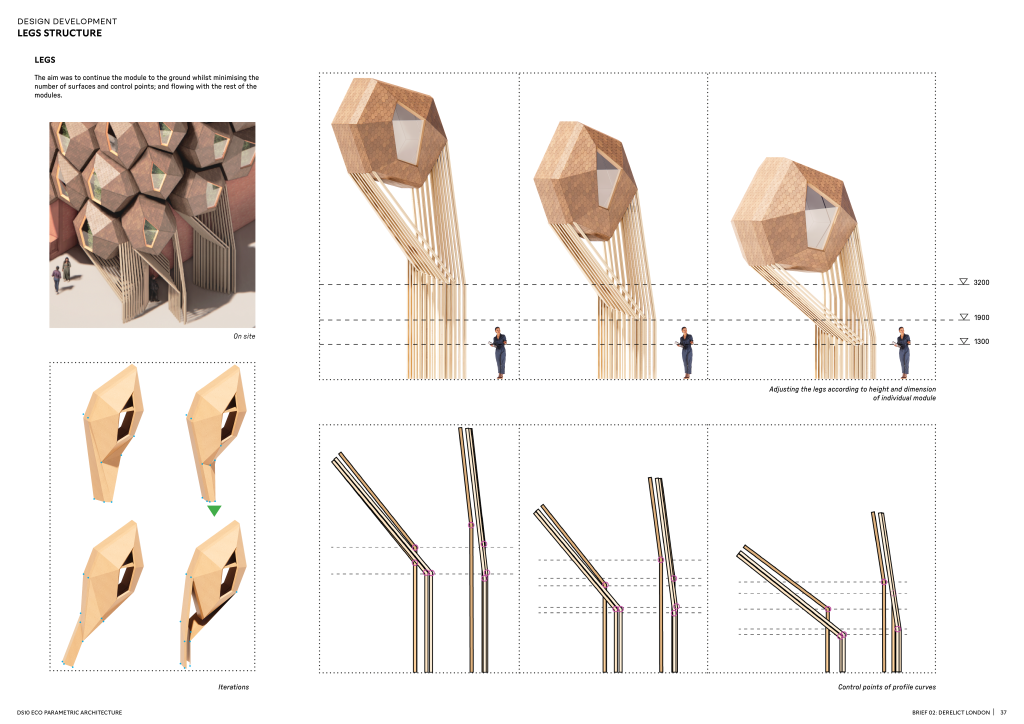
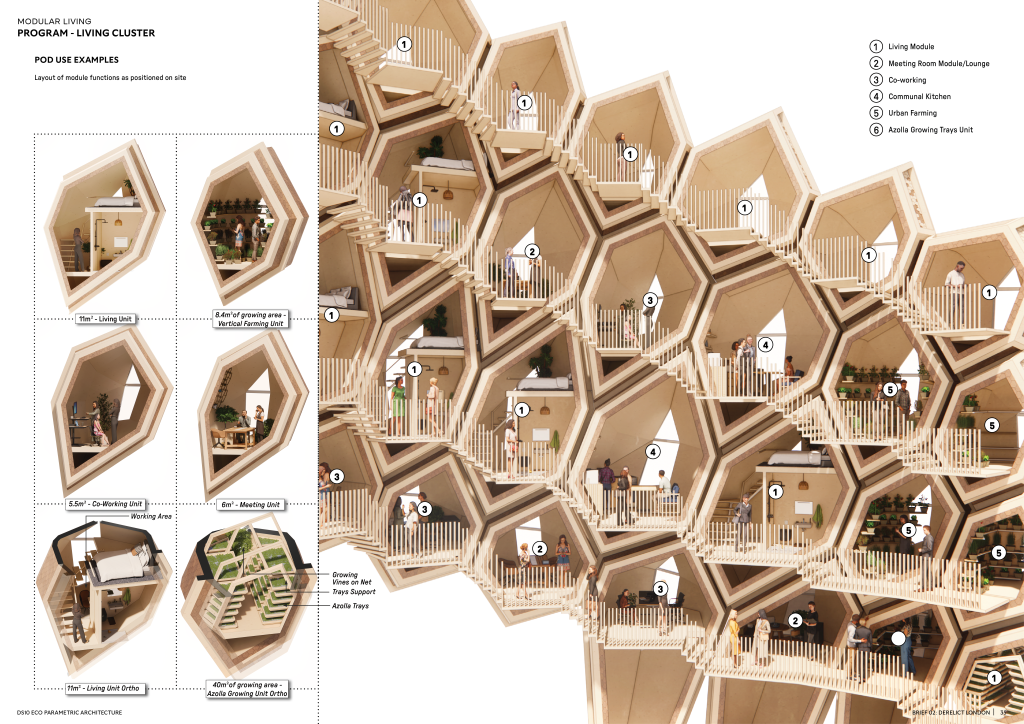
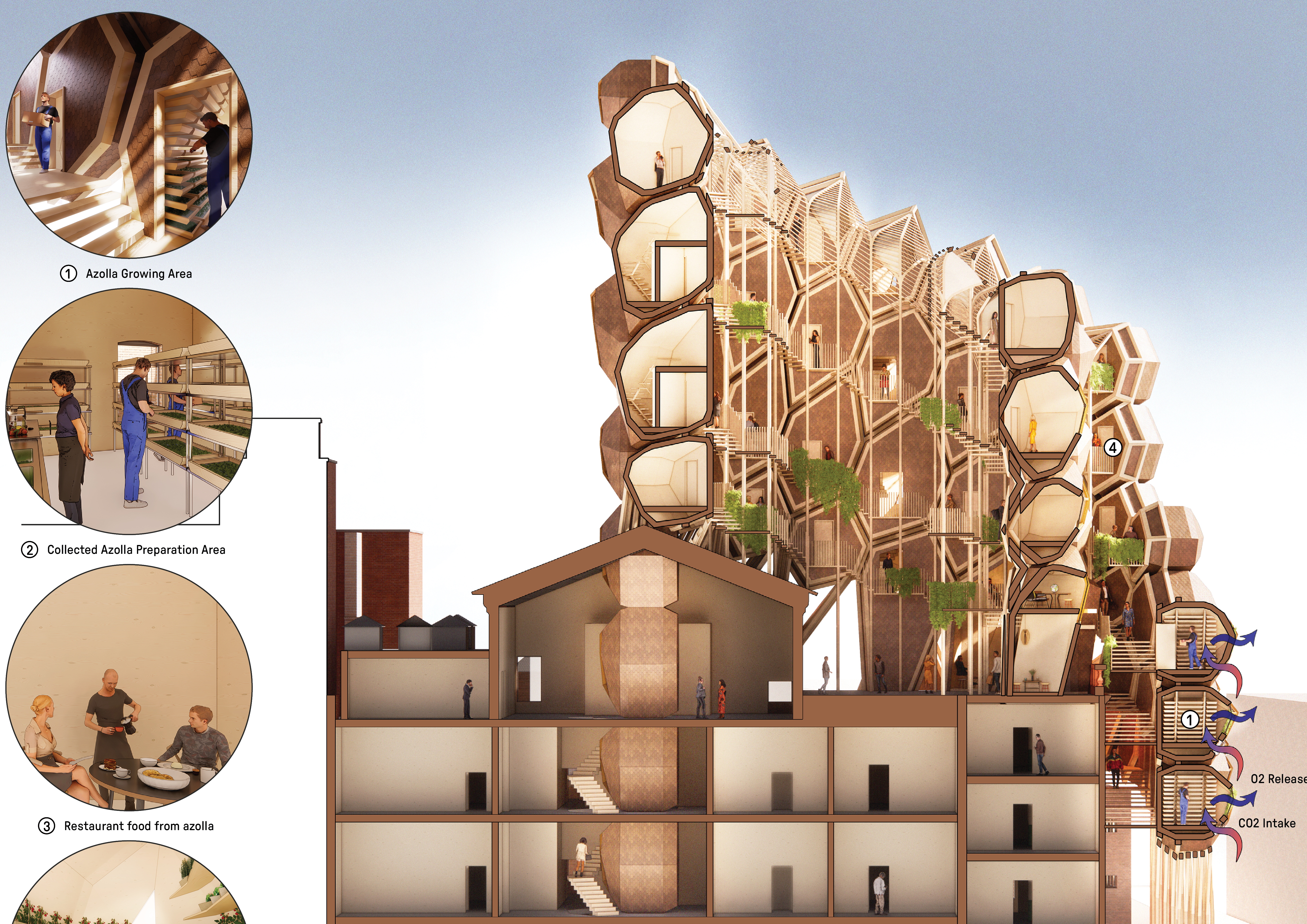
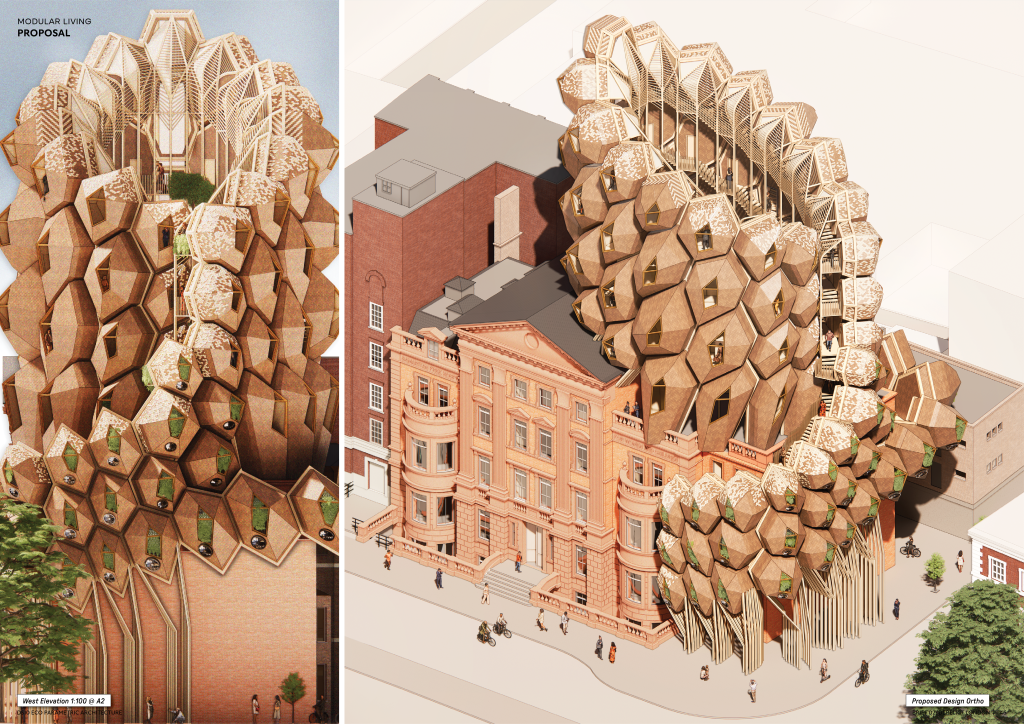
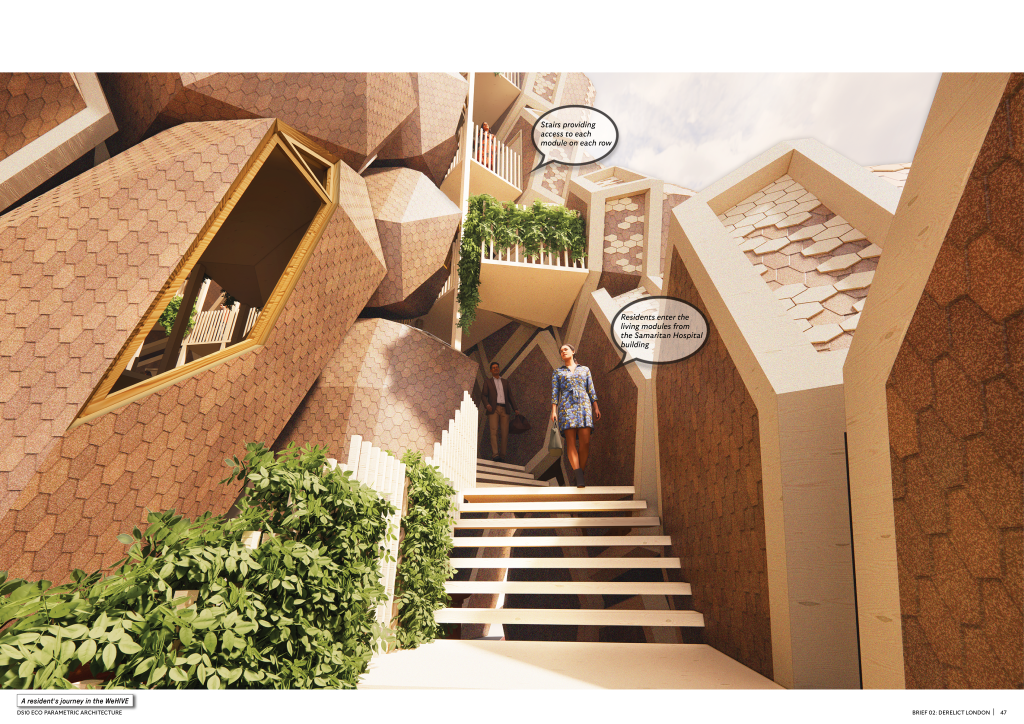
A number of 6.6 million tonnes of food waste is recorded in the UK every year, which equals to 3 quarters of the total food consumption. The current food waste collection system is inadequate and limited. Therefore, my design is serving as a solution to London’s food waste problem. The project BioCity, involves the use of biogas technology in a residential community, collecting food waste and manure from the residents, converting them into energy such as cooking and vehicle fuels that are sufficient to supply the whole housing and benefit nearby communities as well. The self contained residential hub is proposed over the high speed 2 train tracks at the Old Oak Common railway station, to cope with the increasing housing needs in the area. The cocoon-shaped housing units are arranged in a hexagonal grid, then array in relation to different sets of grid line identified in the railway tracks, creating a continuous pathway that circulates around the site. As a modern residential hub, BioCity proposes live-work housing units in various sizes to cope with the lasting impact of the pandemic on working styles. The flexibility of glulam timber is explored in the proposal, along with the use of rubber sheets, bringing in the nature of biogas into the dynamic façade system. The use of rubber pillow façade units can provide shading and insulation by filling air in between the rubber layers.












